Grayton Beach State Park
Atlantic Ridge Preserve State Park
Torreya State Park
Big Shoals State Park
Wakulla Springs State Park
San Marcos de Apalache Historic State Park
Fort Zachary Taylor State Park
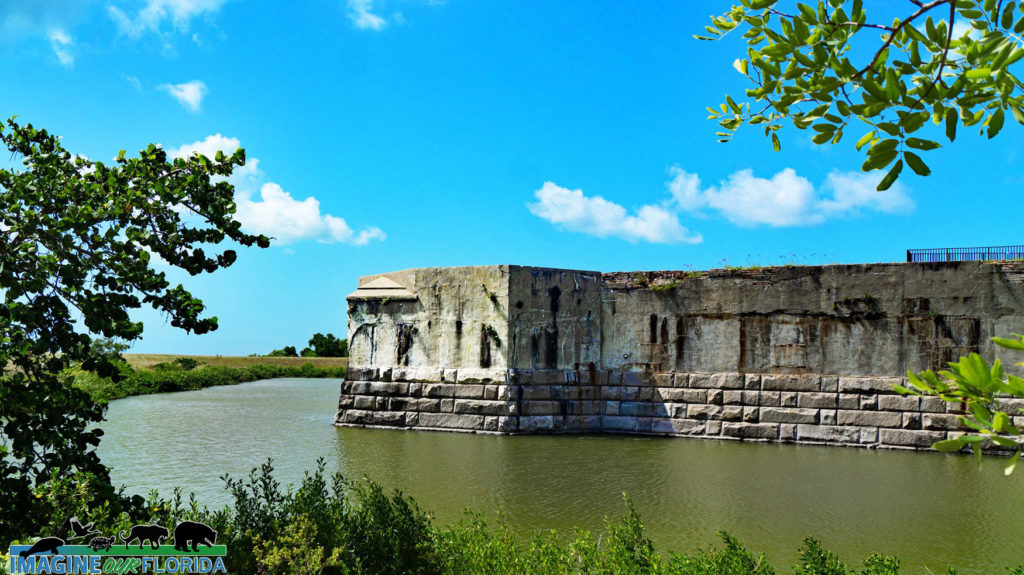
Lake Louisa State Park
Lake Louisa State Park
If you are looking for somewhere to get some fresh air and see some of Florida’s natural beauty, then this is the place to go! Just north of Orlando, off Highway 27 in Clermont, is Lake Louisa State Park. It is open every day of the year until sundown. Lake Louisa State Park lies in the Green Swamp and within the northern boundary of Lake Wales Ridge. The wetlands create natural flood control while supplying the aquifer with filtered water. The Hillsborough, Withlacoochee, Peace, and Ocklawaha Rivers all originate from The Green Swamp.
Camping, hiking, biking, canoeing, kayaking, paddle boarding, and horseback riding are activities waiting to be enjoyed. Guided horseback and kayak tours are great ways to see the park. It is a good idea to bring water and snacks or pack a picnic. Lake Louisa State Park features three major lakes, several smaller lakes, 20 miles of trails, and 7 miles of paved roads.
The park offers trails ranging from a half a mile to 5.5 miles where you can explore 11 different ecosystems. Dudes Loop at 0.5 miles and Compton’s Loop at 1 mile are the shortest trails. South Trail is 1.2 miles and Sandhill Loop is 1.5 miles. The mid-level trails are Big Creek Loop and Bear Lake Loop at 2 miles long, and South Loop at 2.5 miles. The more challenging trails are the Nature Trail at 3.5 miles and Bronson Loop at 5.5 miles. Be sure to get a map at the Ranger Station. The Rangers are very helpful and knowledgeable about the park.
Compton’s Loop Trail has some geological formations of limestone and red clay swirling together to make very pretty colors in the rock. The rock has eroded over time, forming a tiny cliff. The trail leads you through the trees and sable palms up to a hill with tall pine trees and a view of the rolling hills. Make sure to check out the very scenic Lake Louisa Beach that has a long boardwalk with a swampy marsh underneath. Mangrove trees growing out of the water keep the boardwalk nicely shaded. The boardwalk leads you to a sandy swimming area with a playground and picnic table. Bear Lake is a great scenic spot that offers boating access for your handheld watercraft. Bear Lake Loop and Bronson Loop circle the lake and are wonderful trails to immerse yourself in nature and for wildlife viewing.
Look for bobcats, white-tailed deer, tortoises, fox squirrels, and rabbits. Near the lakes, you may see alligators, snakes, and otters. The ranger is happy to give guides to identify some of the snakes who are native to the area, as well as a guide for identifying tracks along the trails. There is so much to #explore and #discover at Lake Louisa State Park for any level adventurer!
For more information and trail map: https://www.floridastateparks.org/pa…/lake-louisa-state-park
Written by Briana Gunnell ~ Valencia student and IOF volunteer
Photo Credit: Briana Gunnell
Ravine Gardens State Park
Ravine Gardens State Park features Whitewater Branch Creek which is spring-fed. It took thousands of years for the flowing water to form two ravines that are up to 120 feet deep with 45-degree angles. As the water flows through the banks, it carries soil and sand into the St. Johns River.
During the Great Depression, Ravine Gardens State Park became one of nine New Deal state parks in Florida. The Federal Works Progress Administration created a fascinating garden that featured over 270,000 plants on the slopes of the ravine. The park opened to the public on July 4th of 1933.
Today, the ravines have been left to naturally transform back to the way Nature intended. Ravine Gardens State Park continues to inspire with its five acres of formal gardens, stone features, fountains, water features, and historic gardens including hundreds of azaleas.
Bike, hike, or drive Main Park Drive Loop, a 1.8-mile paved road that winds around the ravines and offers incredible views of the ravine. Hike Azalea Trail, a two-and-a-half-mile shady trail through the ravine. Trod through muddy and steep paths and cross over historic suspension bridges and stone staircases. Look for birds. foxes, skunks, armadillos, opossums, squirrels, otters, turtles fish, alligators and other wildlife.
Numerous picnic sites equipped with tables and grills are available to visitors. A wheelchair-friendly playground is waiting for you to enjoy. A large covered pavilion, auditorium, and meeting rooms are available for larger gatherings or events at the Roy E. Campbell Civic Center.
Pets are welcome in Ravine Gardens State Park and on the trails when they are kept on a six-foot, hand-held leash. Ravine Gardens State Park is located in Palatka in Putnam County.
For more information: https://www.floridastateparks.org/…/ravine-gardens-state-pa…
Photo Credit: Bobby Putnam – IOF Volunteer
Florida Caverns State Park
Florida Caverns State Park
Stalactites and Stalagmites, Oh my!
Tour a cave at Florida Caverns State Park in Marianna, Jackson County, Florida. Experience year-round 65-degree temperature as a tour guide leads you through the limestone cave lit by a new state-of-the-art LED lighting system. See for yourself the formations that have taken thousands of years to grow. If you are lucky, you may meet a few of the cave’s residents. Bats, mice, cave crickets, salamanders, cave spiders, and occasionally, snakes and frogs make their home there.
Look for Southern Fox squirrels (formerly known as Sherman’s Fox squirrels), red-shouldered and red-tailed hawks, flocks of turkeys, and white-tailed deer. You may even meet a rare barn owl!
Photo Credit: Andy Waldo and Erin James
Devil’s Millhopper Geological State Park
Lower Wekiva River Preserve State Park
Rock Springs Run State Reserve
Rock Springs Run State Reserve
Plan a trip to Rock Springs Run State Reserve in Sorrento. Explore the 14,000-acre reserve and experience the sights, sounds, and smells of swamps, bay heads, oak hammocks, pine Flatwoods, and sand pine scrub. Stop by the spring/run river system which runs along the perimeter of the park. Look for the many varieties of wildflowers in bloom, red-shouldered hawks, sandhill cranes, indigo snakes, gopher tortoises, Florida scrub-jay, and bear tracks. Visit in the fall and you may see a black bear testing on the reserve’s acorn harvest.
Rock Springs Run State Reserve boasts 14 miles of hiking trails for hikers. For cyclists, there are 15 miles of multi-use trails. Equestrians appreciate the nine miles of trails for horse riding. Rock Springs Run Trail Rides offers guided horseback riding.
There are 2 primitive campsites accessible by kayak or canoe and Equestrian primitive campsites. The reserve has spots for RVs. The Hammock House, a log cabin with 4 bedrooms is located on the Wekiva River. Bring your family and enjoy a night on the deck and paddle the 2 provided canoes up the Wekiva River. Your pets are welcome by must be on a 6 ft leash.
For more information, fees, reservations, and more click here: https://www.floridastateparks.org/…/rock-springs-run-state-…
Photo Credit: Andy Waldo
Tomoka State Park
Tomoka State Park
Walk where Timucua once walked. At Tomoka State Park there is a half-mile interpretive trail that leads you through a hardwood hammock and past the Timucuan village site of Nocoroco. Watch for common white-tailed deer, threatened gopher tortoises, elusive bobcats, and well-camouflaged rattlesnakes. Search for wild coffee, resurrection ferns, and indigo plants. Look up to see bald eagle nests, woodpecker holes in dead trees, and a variety of other birds. Bring your lunch and enjoy it at a picnic pavilion.
Sleep where Timucua once slept. Tomoka State Park has 100 campsites for your RV or tent, all with modern-day conveniences of electric hook-ups and water as well as a grill and picnic table. Invite your family for a reunion at the Tomoka Recreational Hall. You can host your next business meeting or get married in the hall.
Go boating where Timucua once canoed. Bring your own or rent a canoe or kayak at the park store. Explore and discover the peacefulTomoka River estuary and basin. The Tomoka River and its tributaries within the park are designated a manatee sanctuary. Be sure to follow speed and idle limits to protect these amazing animals. After all, it is the manatees who keep our waterways clear of vegetation for marine life and boaters.
Learn the history of a Timucua village, Nocoroco, and the people who once thrived there. Mount Oswald, a cotton, sugar, and indigo plantation was once located at the highest point in the Tomoka Basin. Observe the preservation of history through restoration at Tomoka Point.
Tomoka State Park, located in Ormond Beach, is designated a Great Florida and Birding Wildlife Trail, a Greenway, and a Florida Circumnavigational Saltwater Paddling Trail.
For more information, reservations, prices, etc, click here: https://www.floridastateparks.org/Tomoka
Photo Credit Alex Clark
Wekiwa Springs State Park
Wekiwa Springs State Park, located in Orange County, is just waiting to be explored. Discover a longleaf pine forest and sandhill uplands. Hammocks at the river’s edge are thick and tropical-like. Wildflowers of multiple colors spring up at all times during the year to greet you. The park is home to an abundance of wildlife from iconic Florida black bears to the tiniest spiders who weave their intricate webs along the trails.
Wekiwa Springs State Park is best known for its crystal clear springs which are a refreshing 72* all year long. Swimming and snorkeling are favorite pastimes. A swim lift is available for those who have difficulty with the steps leading to the springs.
After enjoying a dip in the cool springs, cook an outdoor meal on one of the grills. Eat at a picnic table nearby or spread your blanket on the ground overlooking the springs. There is a playground for the kids, and a volleyball court and horseshoe pit for friends and family to enjoy.
If the river is calling you, canoes, kayaks, and paddleboards are available to rent. Paddle the Wekiva river where you will see an abundance of wildlife including alligators and turtles basking in the sun and osprey high in the treetops.
Explore the trails of Wekiwa Springs State Park on foot, horseback, or bike. Trails range in length from 8/10 of a mile to 13.5 miles. The Tram Bed Horse Trail is perfect for horseback riding. Pedal along the bike trail or discover the many birds found along the Great Florida Birding & Wildlife Trail within the park.
Stargaze at one of the 60 spacious campsites in Sandhill habitat. Camp with your horses at Big Fork or experience primitive camping at Camp Cozy or Big Fork. A concession is available for your convenience should you forget to pack something.
Make your day at the park a family affair. Bring your dog! Just be sure he or she is on a 6-foot leash.
Plan your adventure today! Explore and discover Wekiwa Springs State Park! Wekiwa Springs State Park is located at 1800 Wekiwa Cir. Apopka FL 32712
Plan your trip here: http://www.wekiwaspringsstatepark.com/plan.html
Note- the park reaches capacity early in the day during the summer. It is best to arrive when the park opens.
Photo credit: Andy Waldo images captured during several hikes throughout the year.

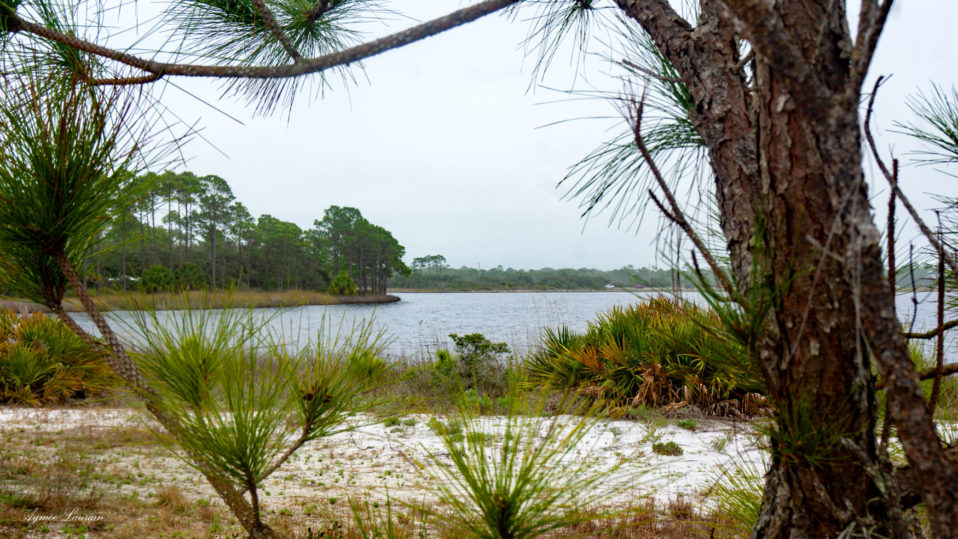
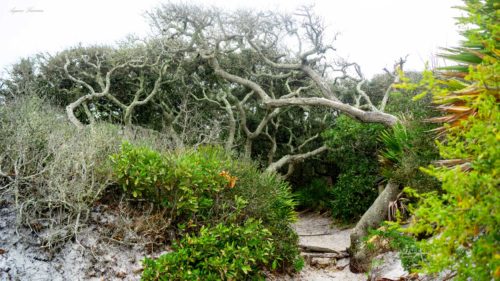
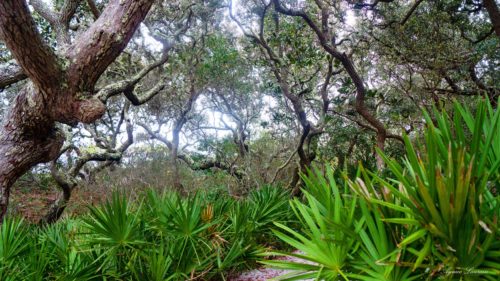
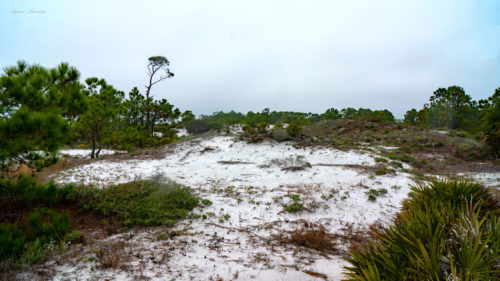
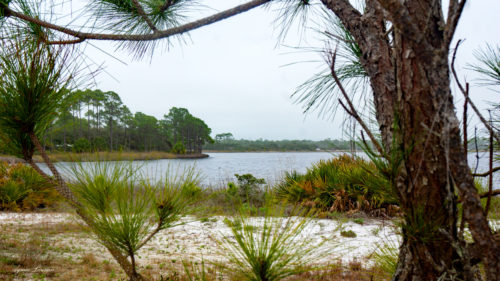
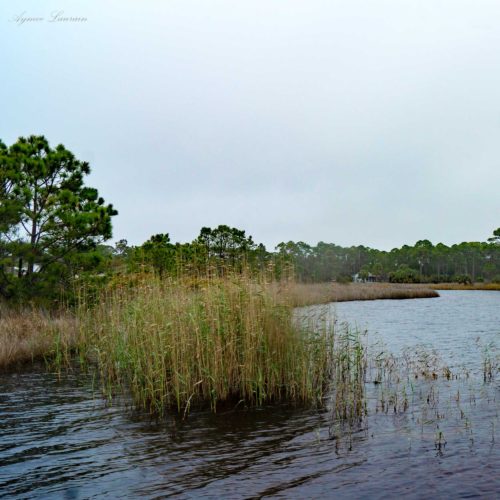
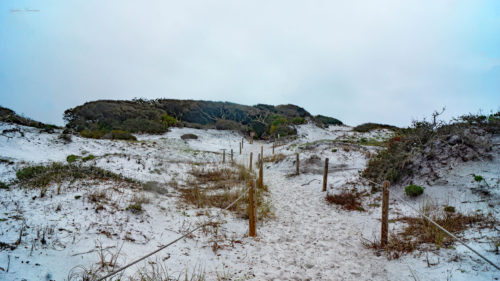
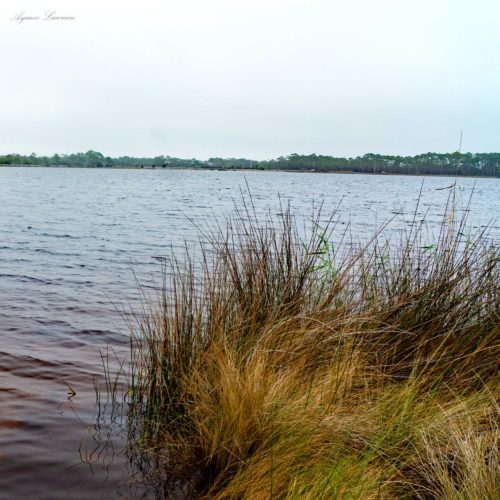
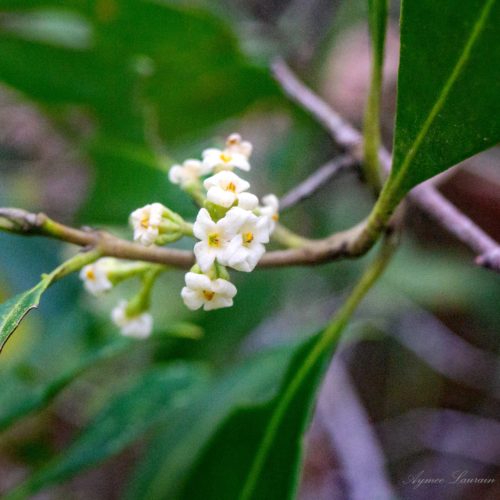
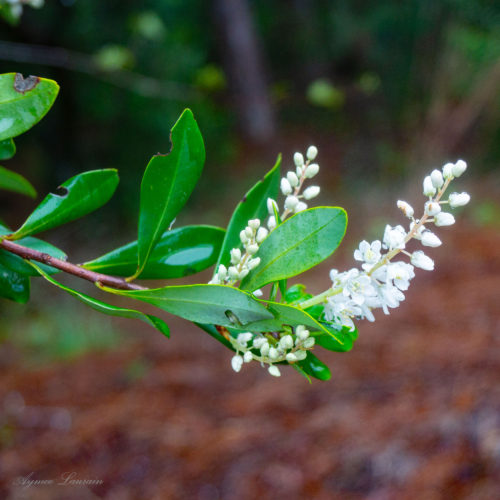
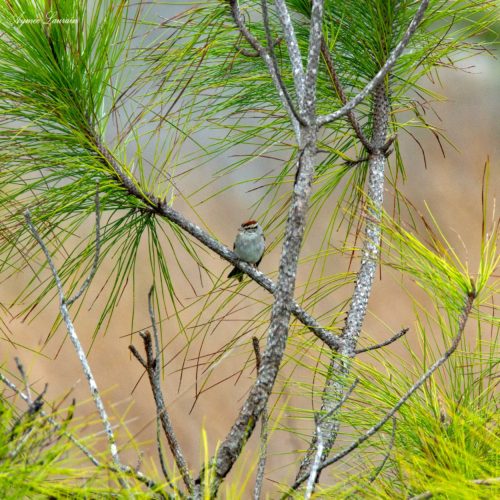
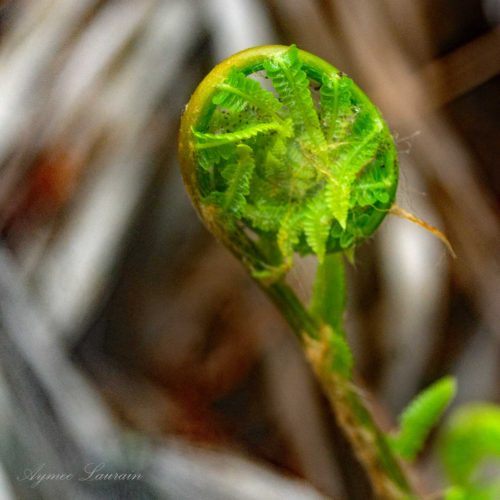
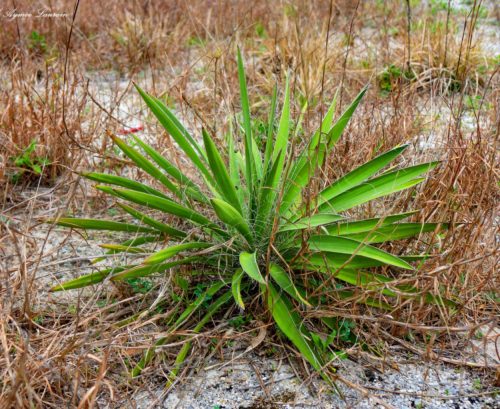
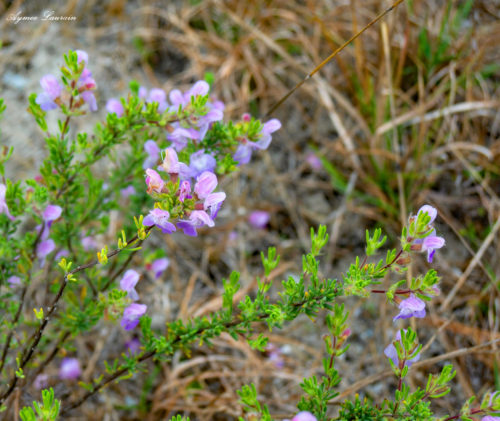
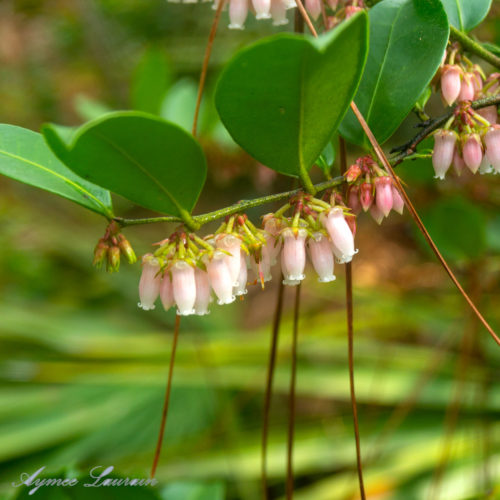
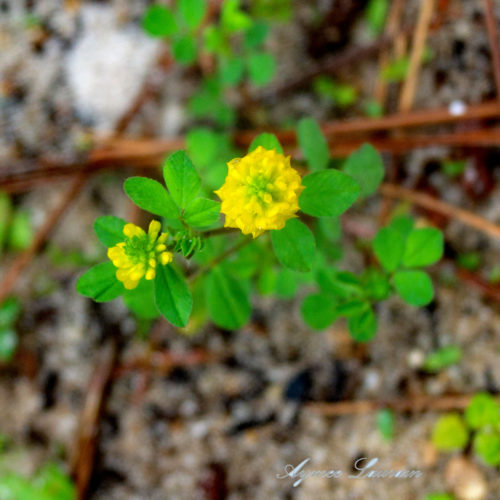
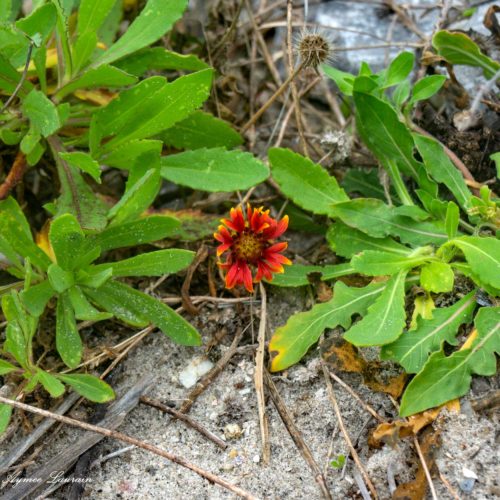
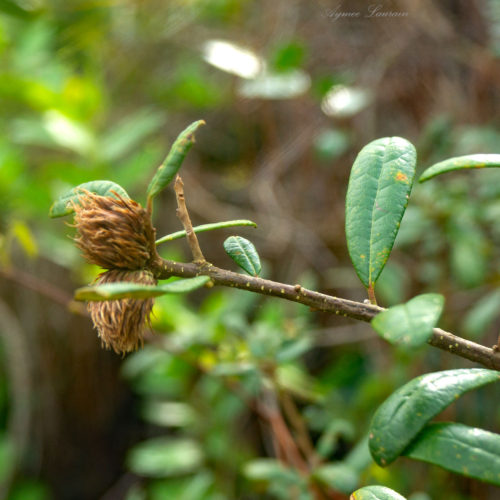
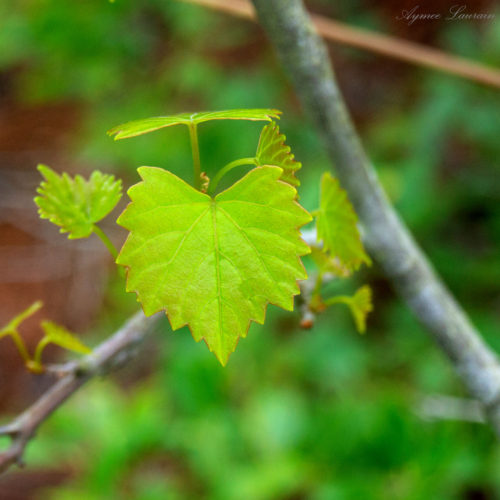
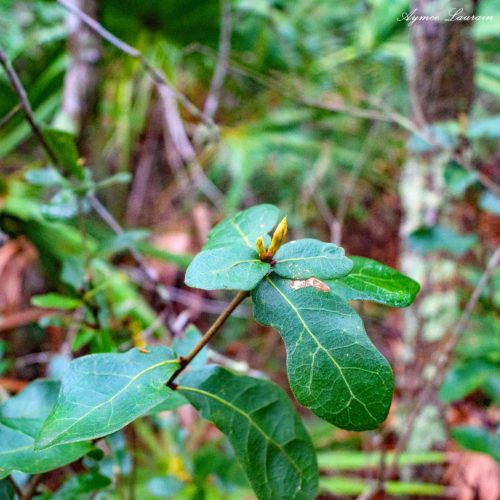
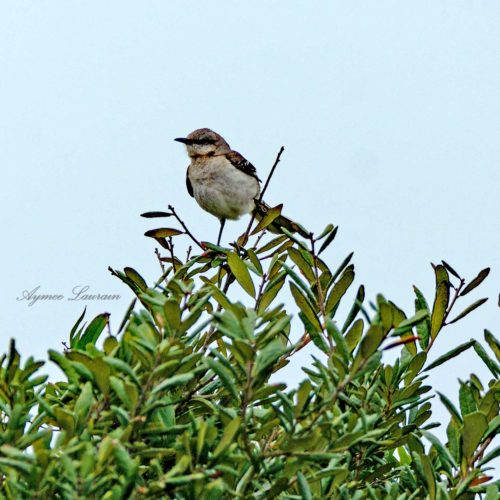
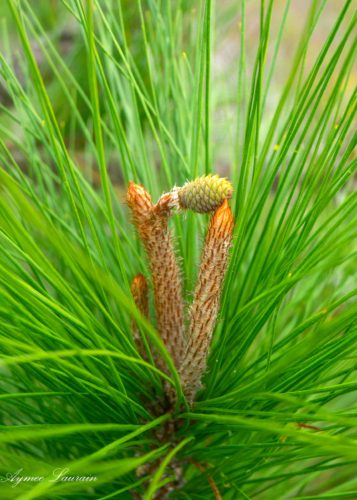
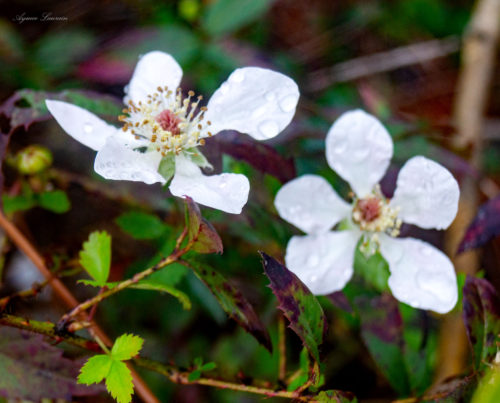
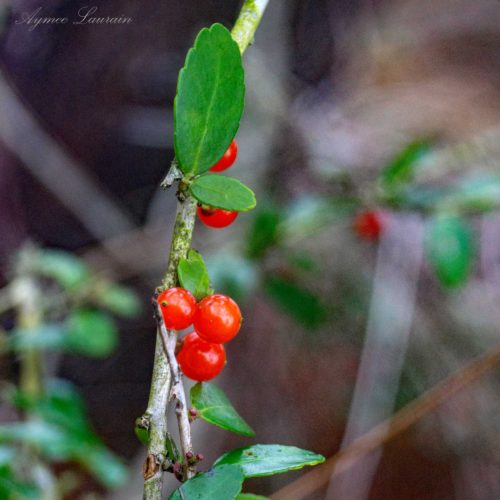
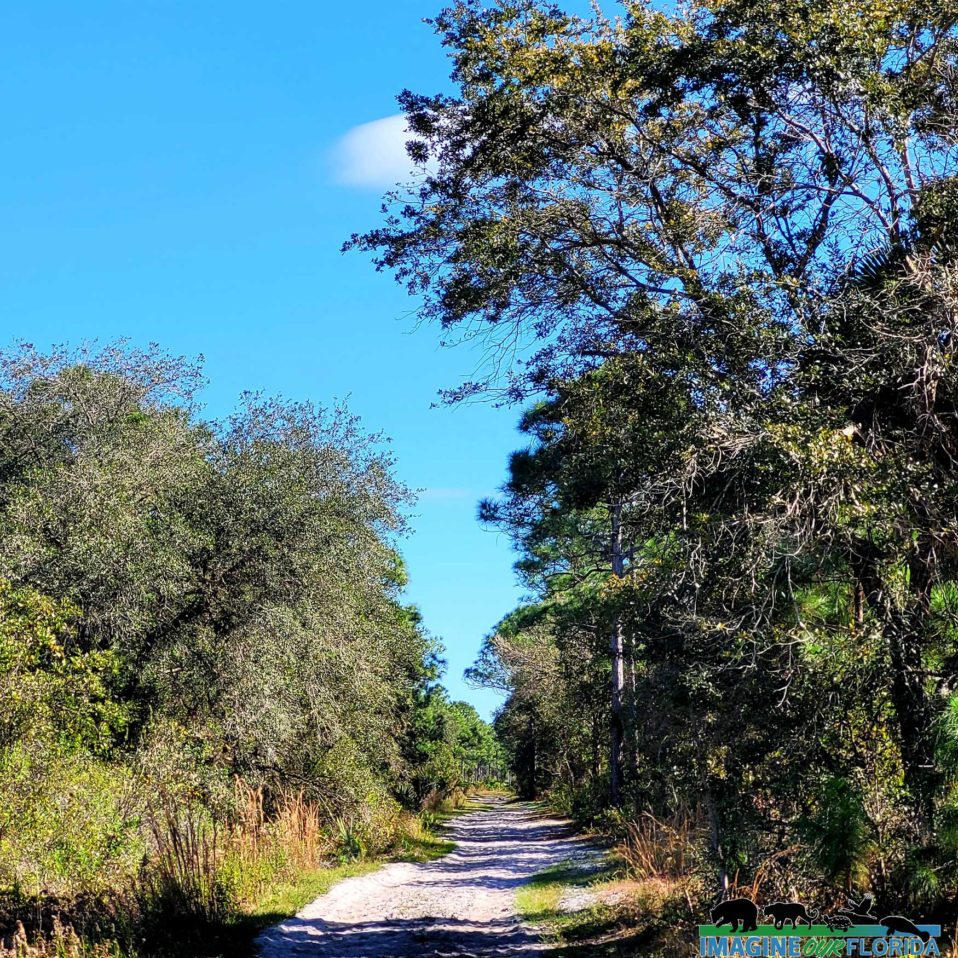
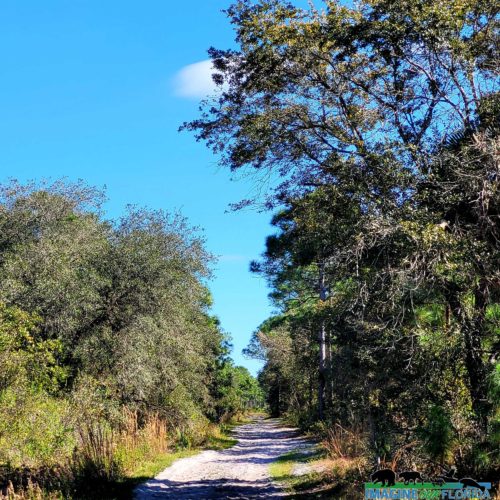
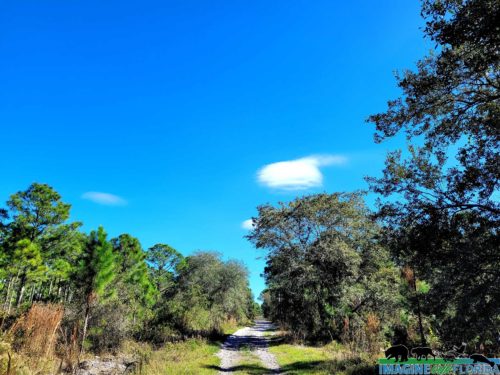
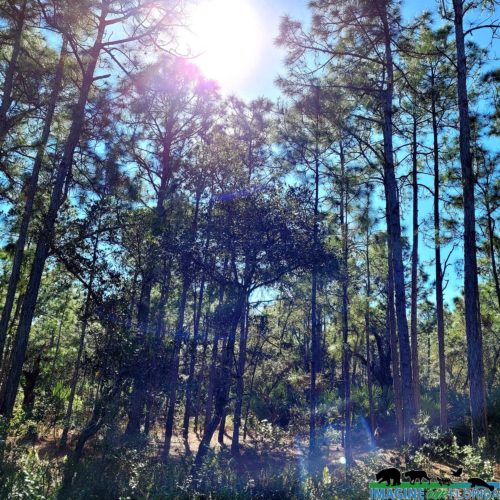
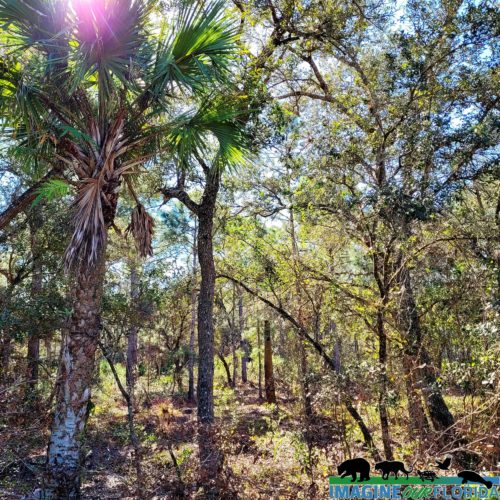
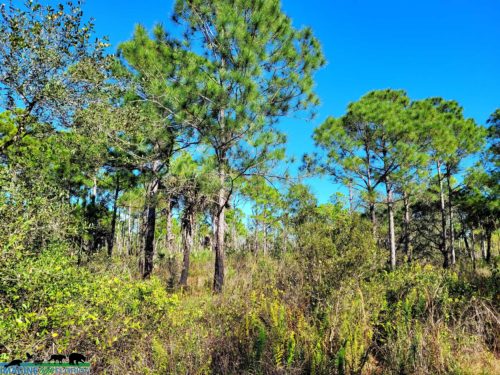
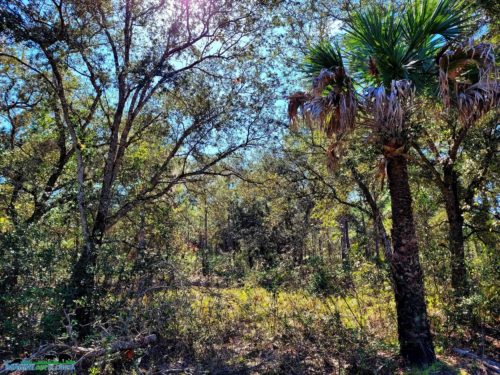
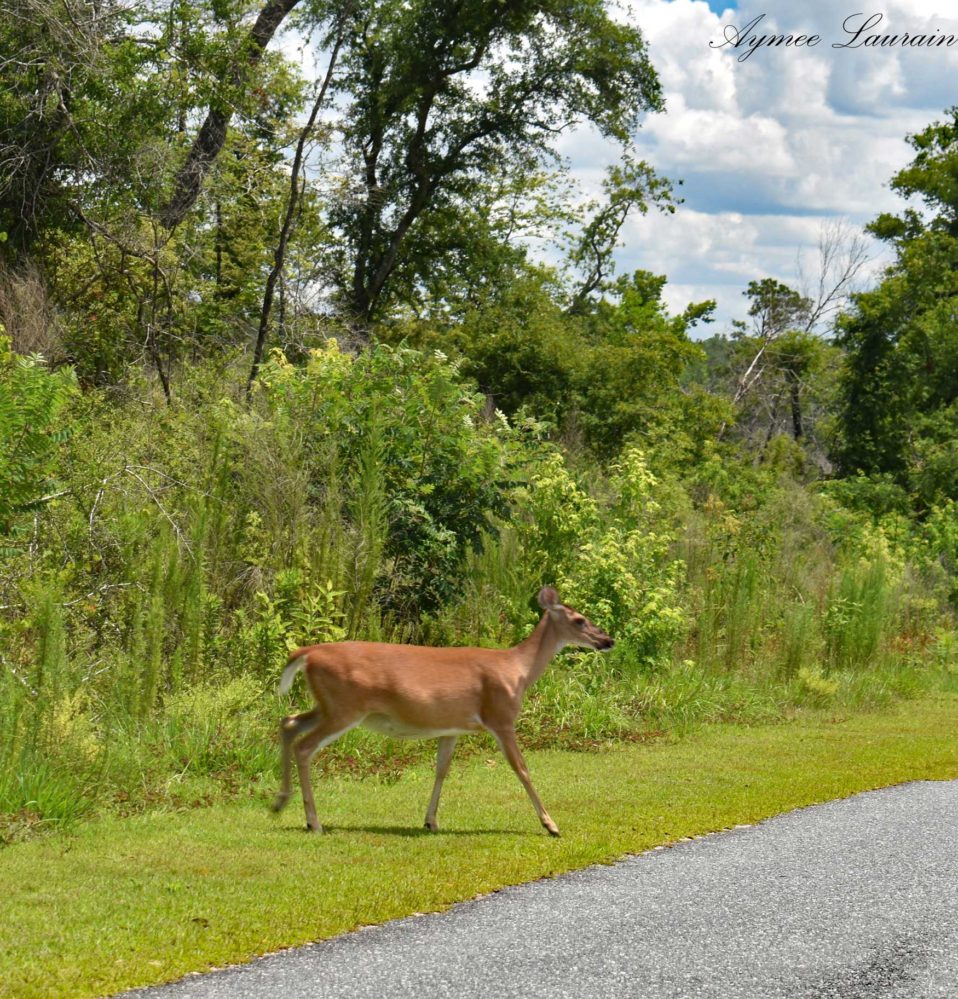
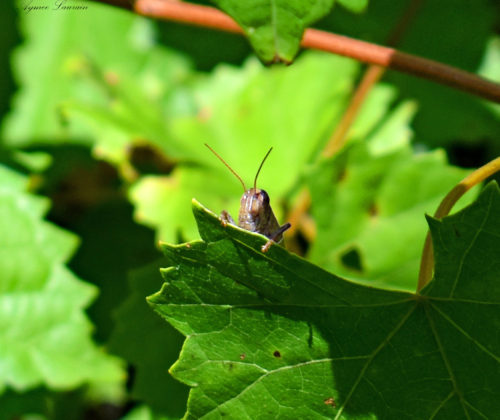
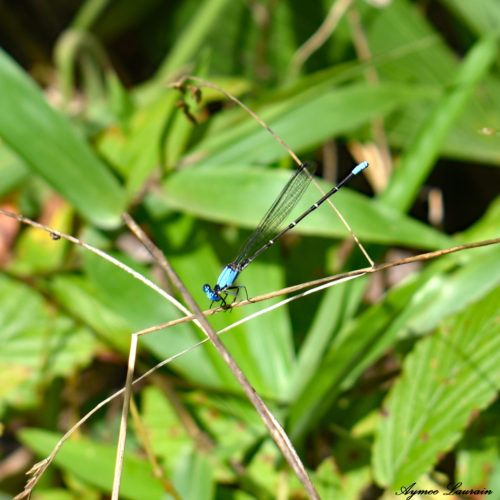
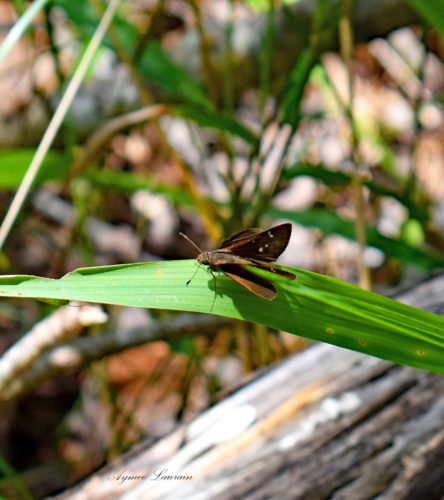
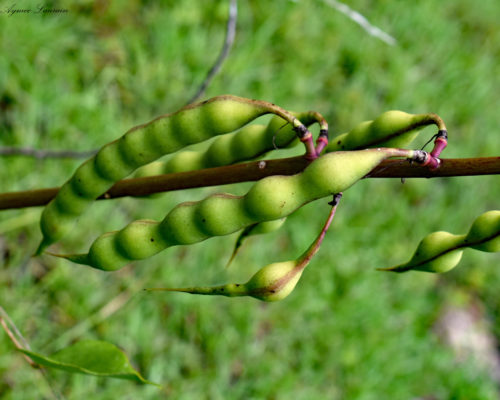
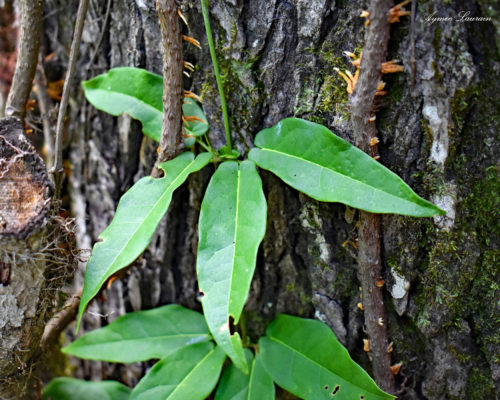
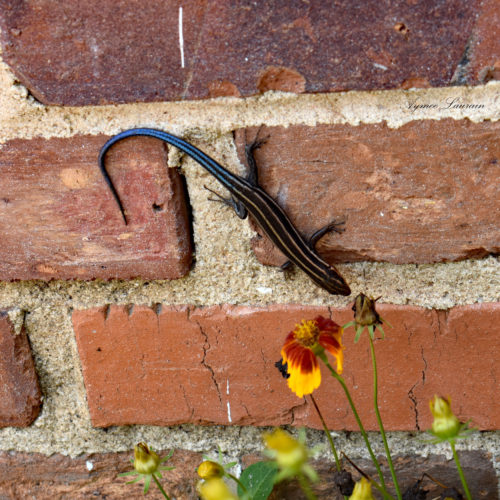
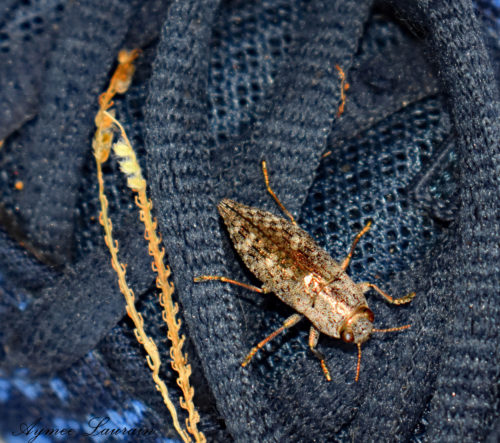
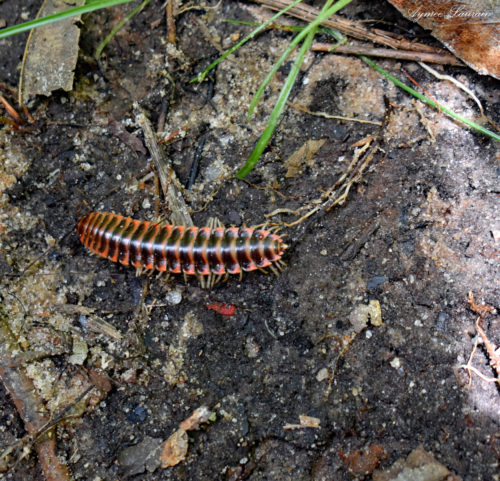
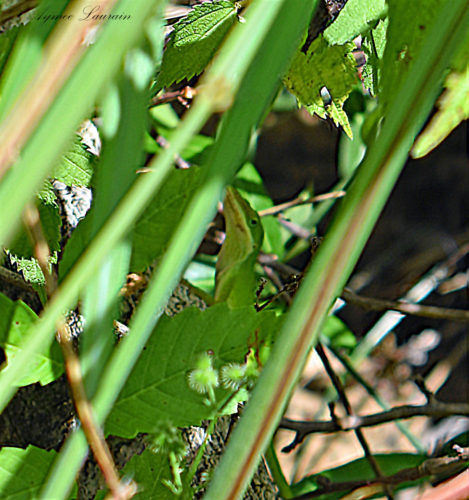
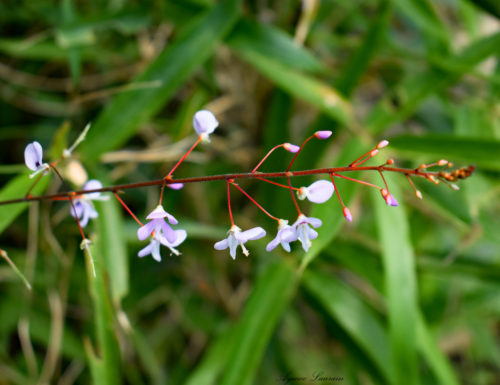
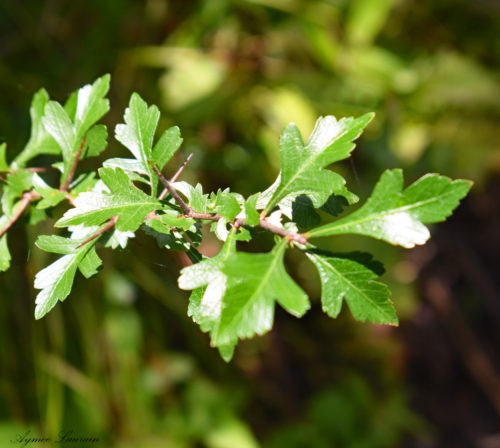
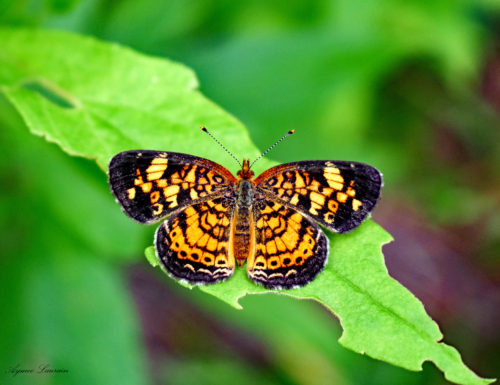
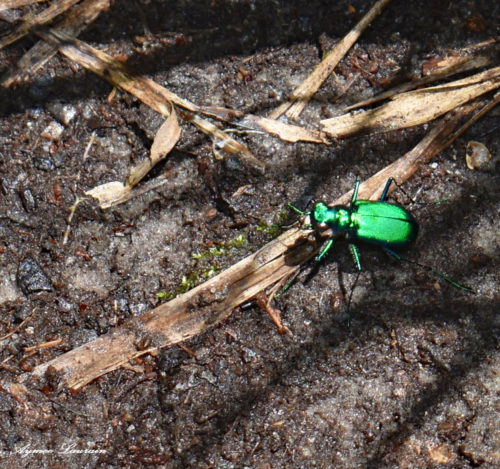
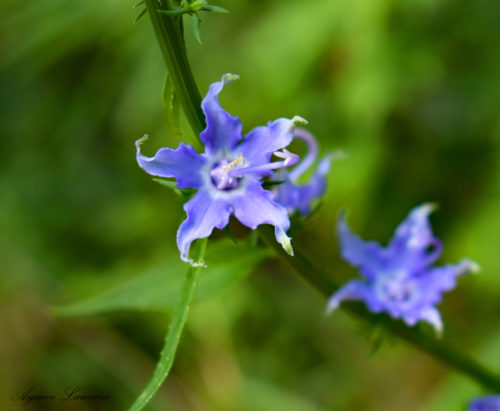
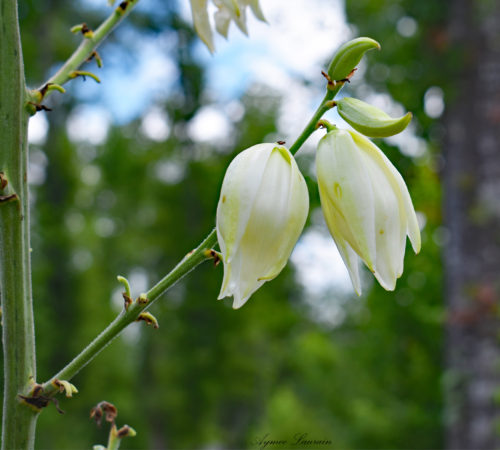
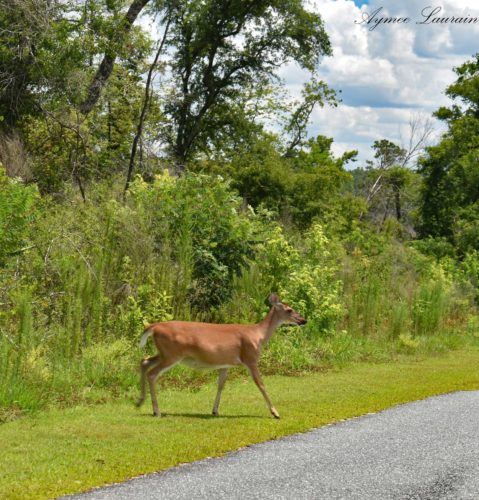
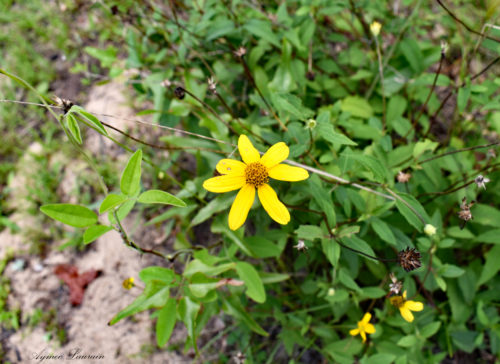
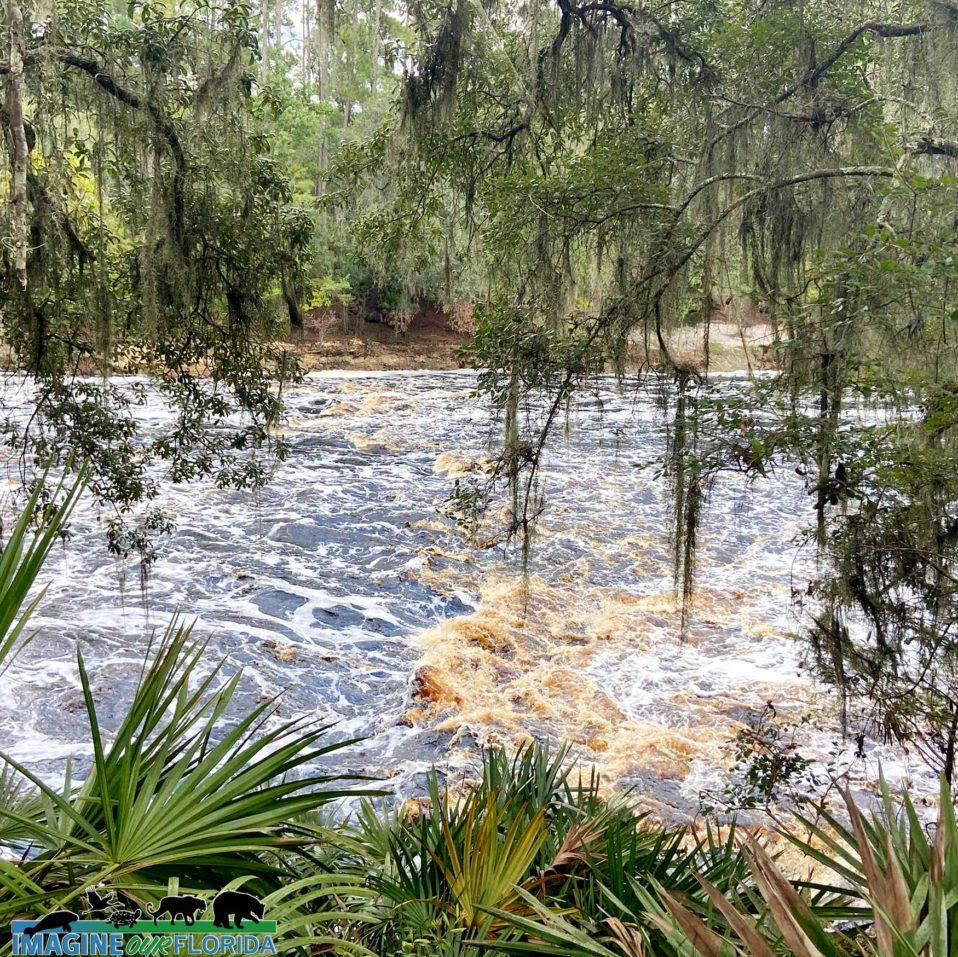
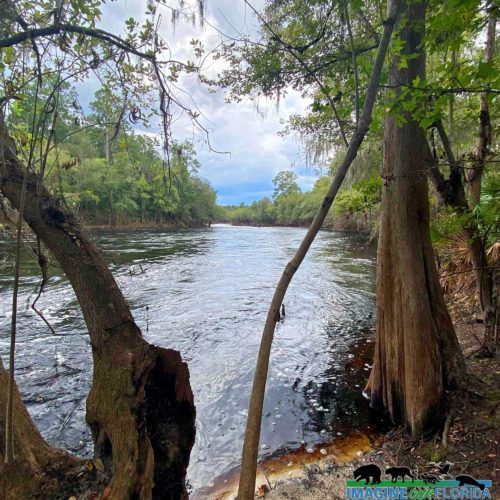
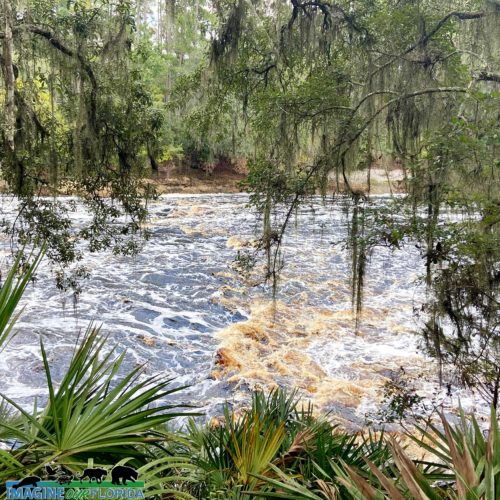
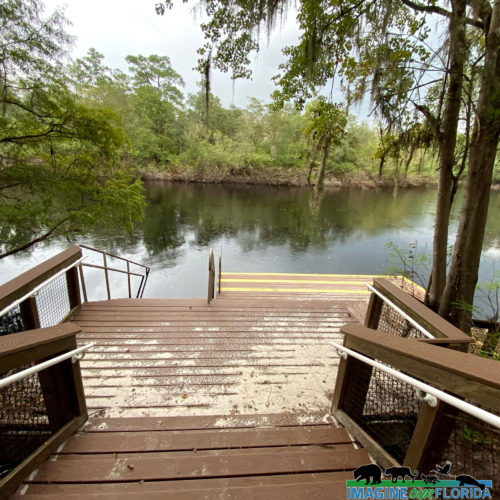
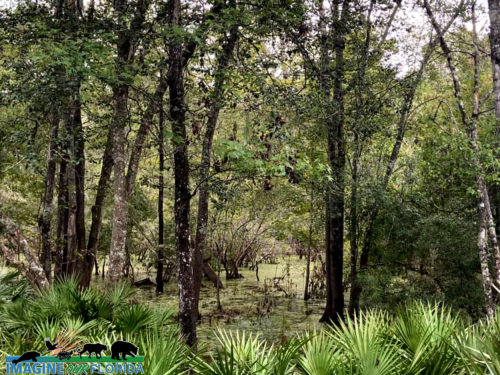
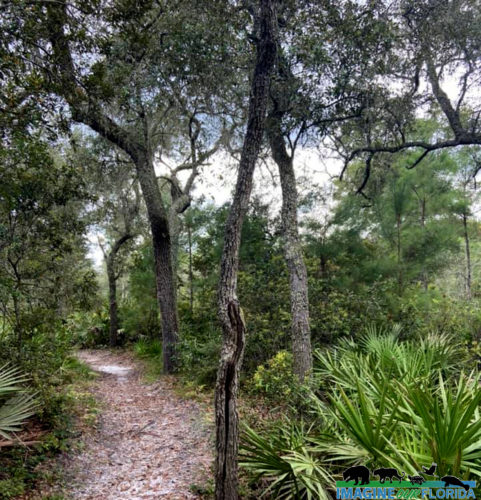
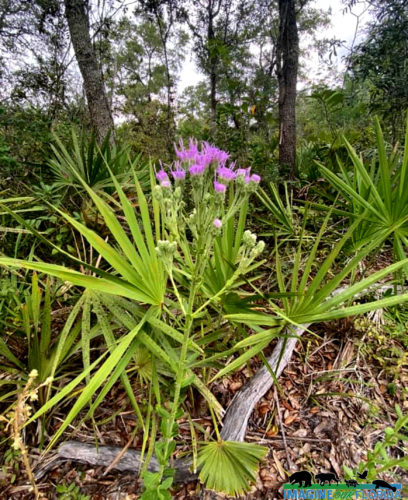
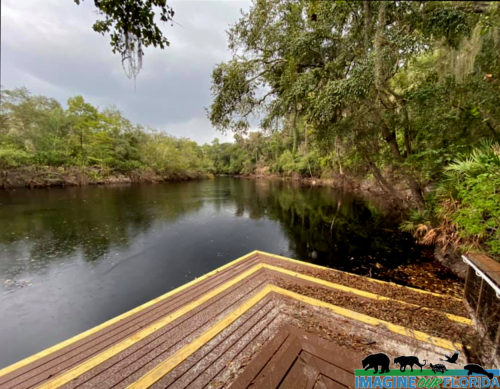
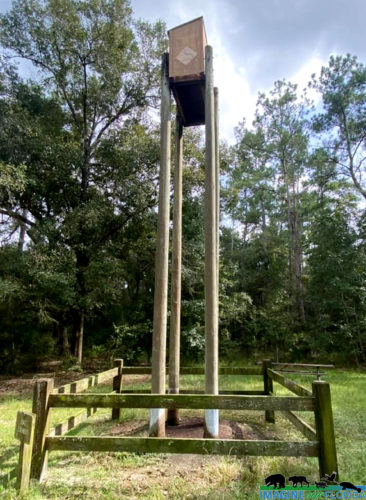
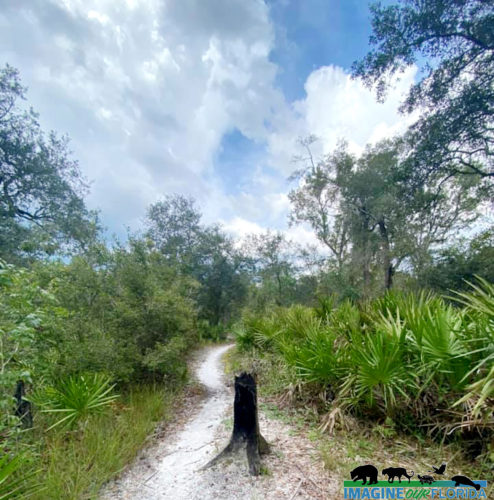
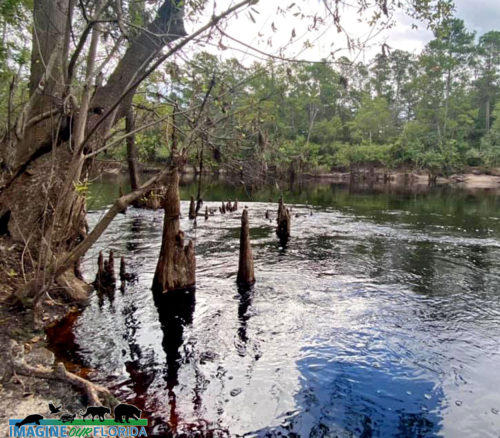
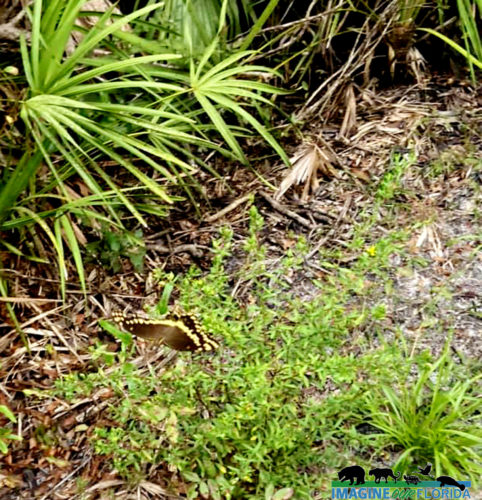
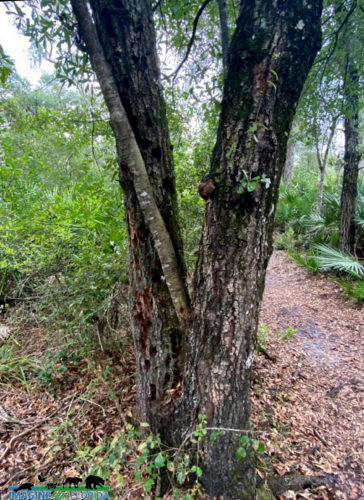
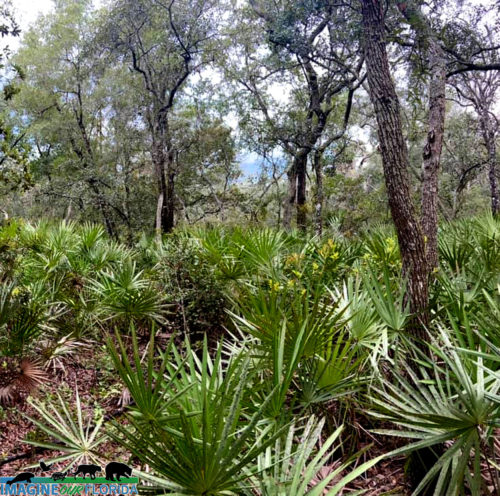
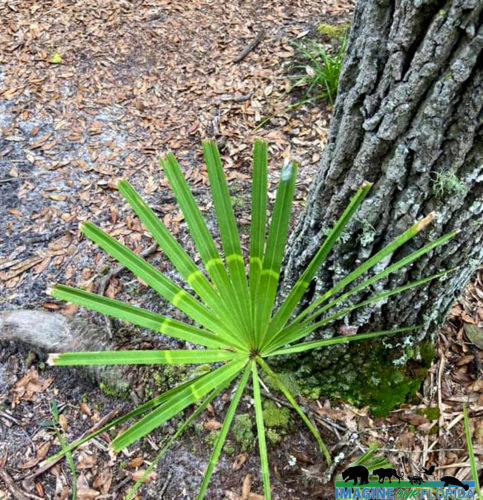
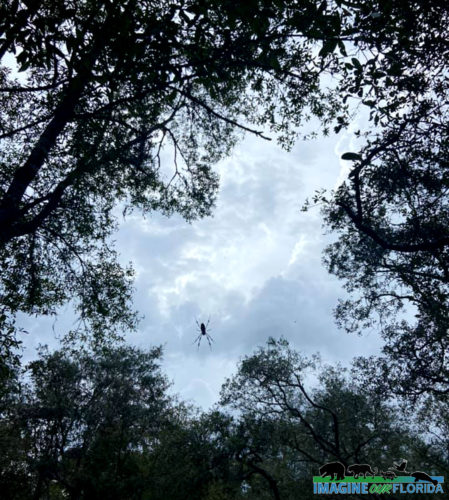
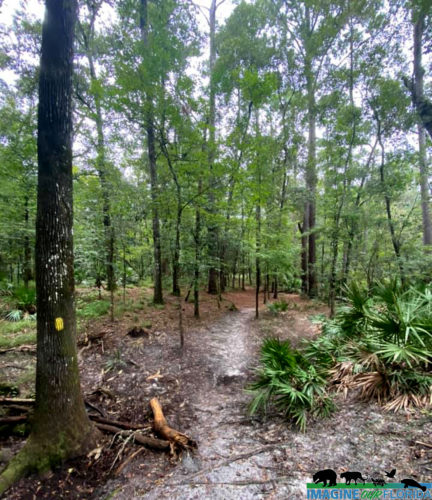
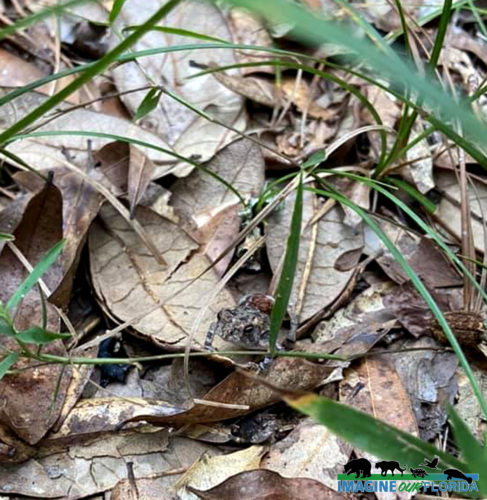
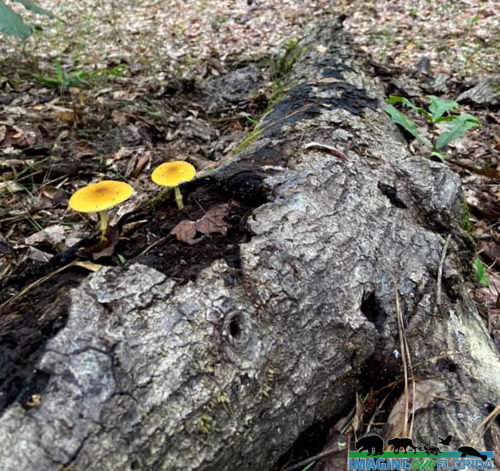
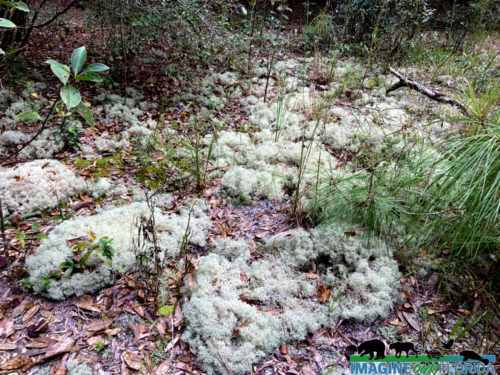
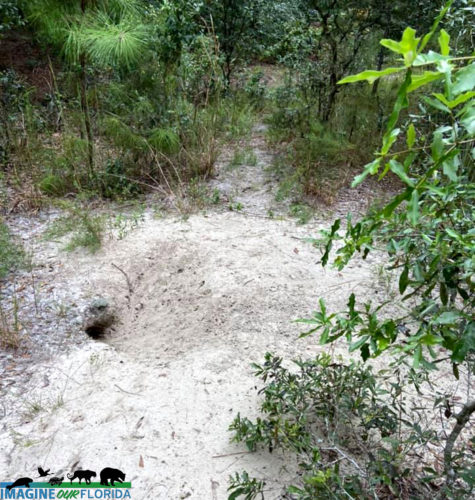
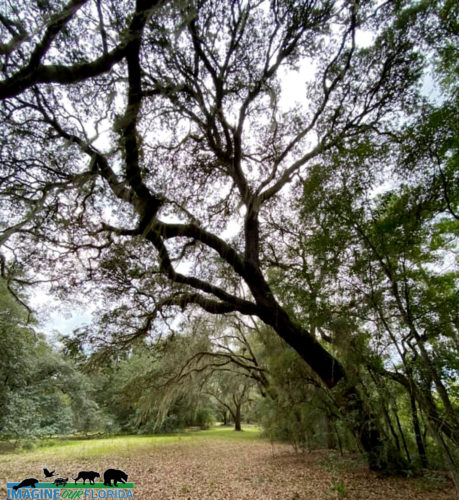
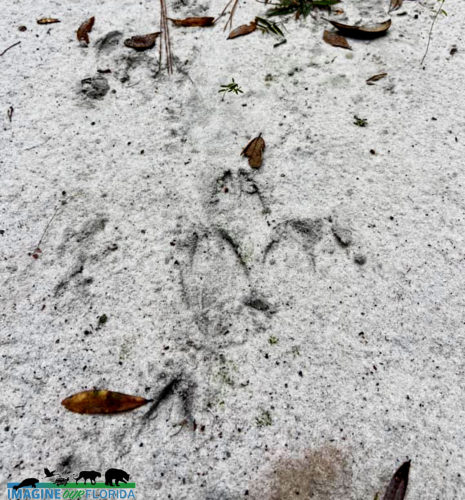
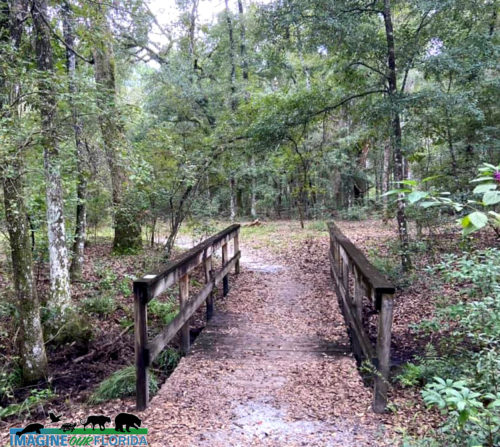
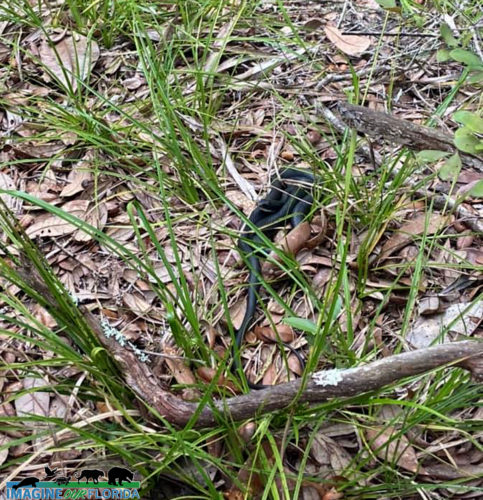
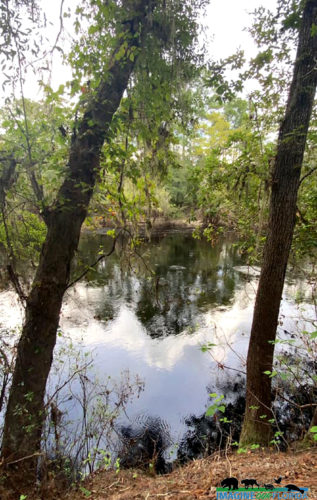
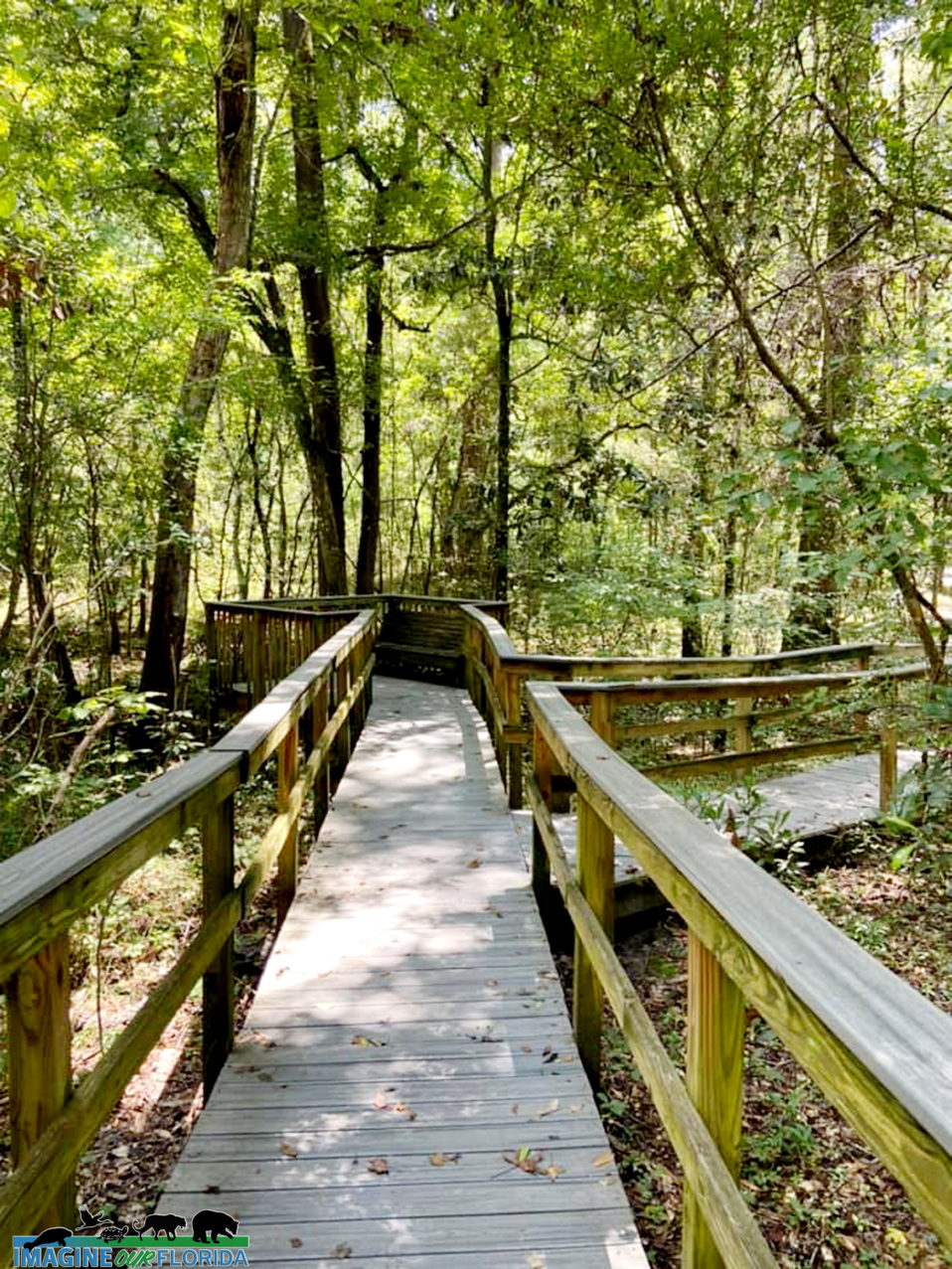
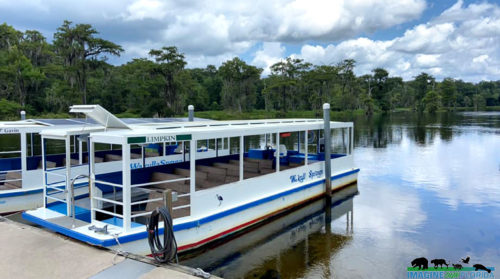
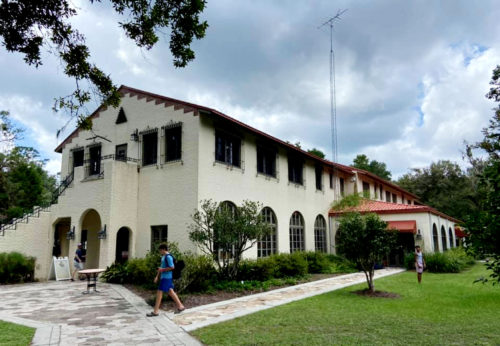
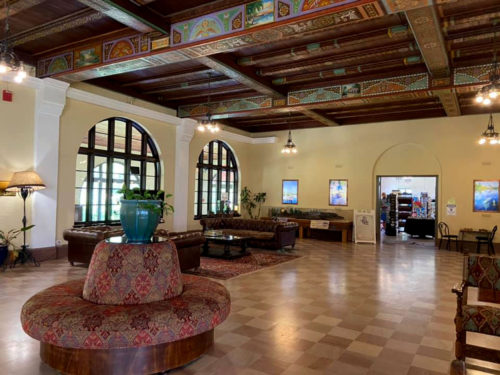
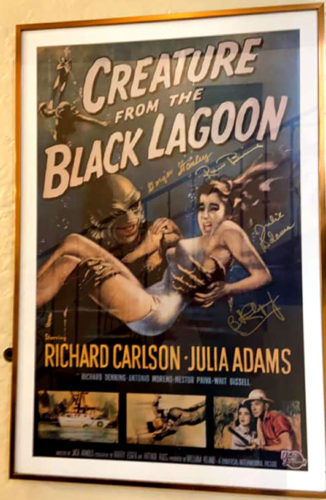
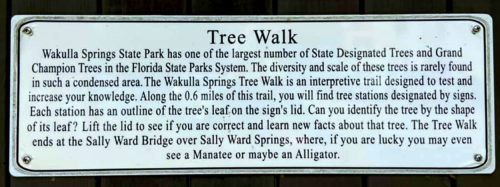
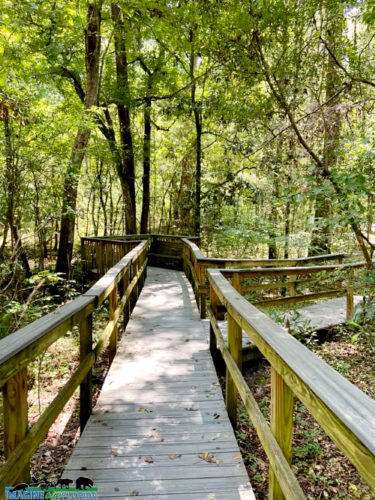
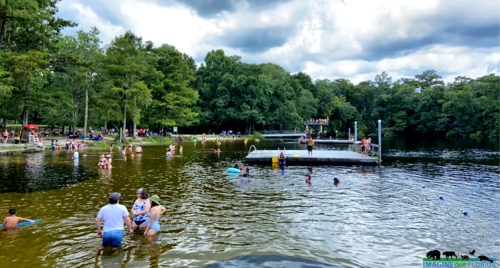
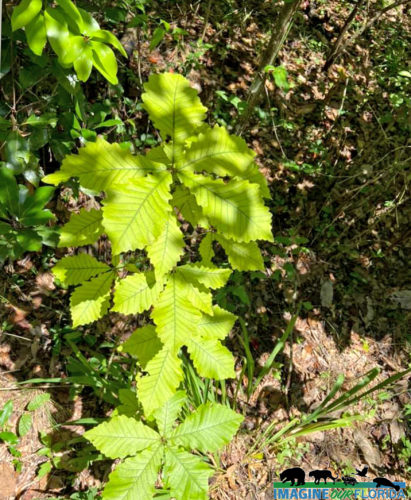
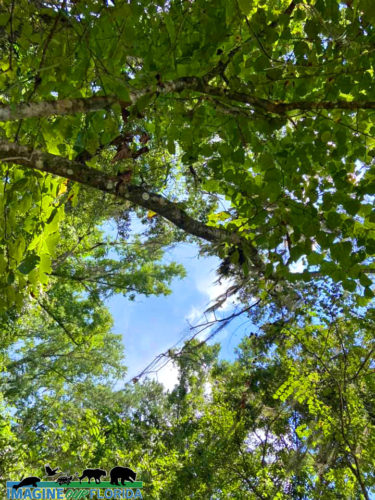
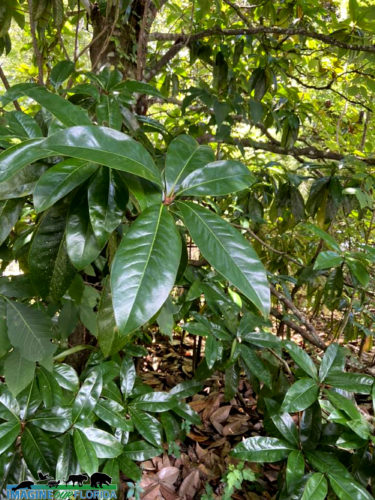
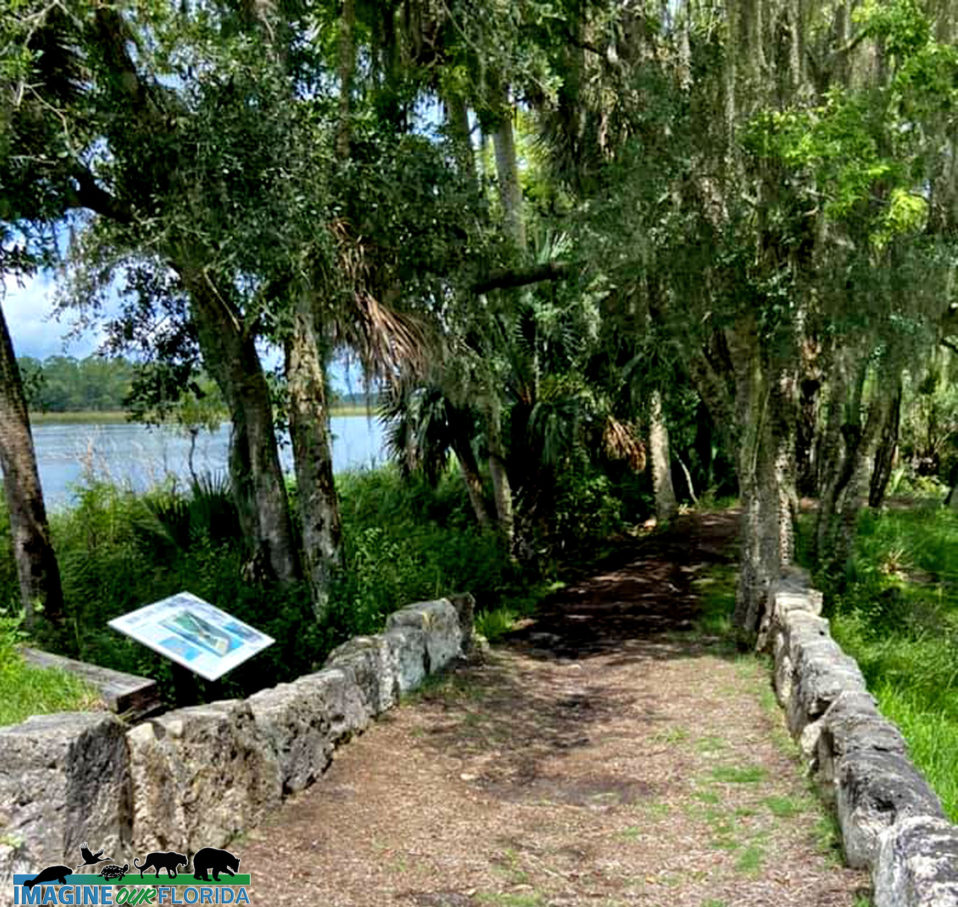
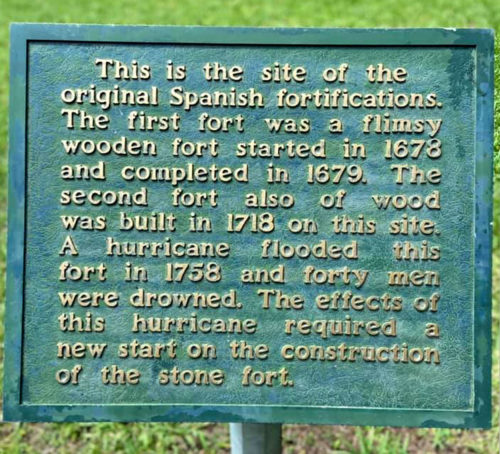
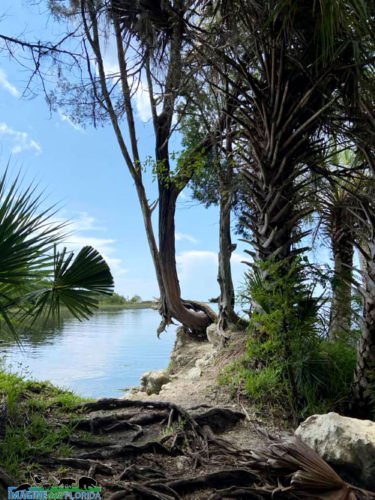
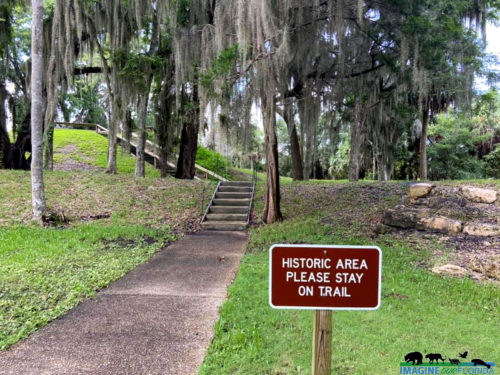
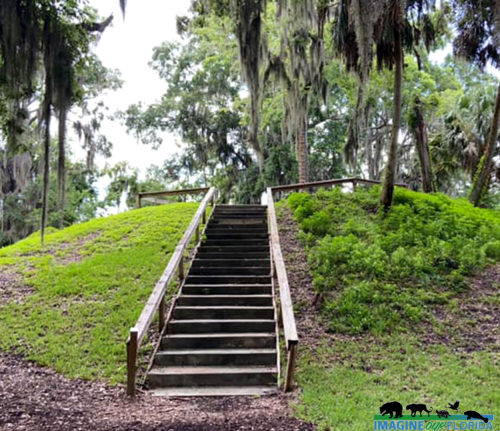
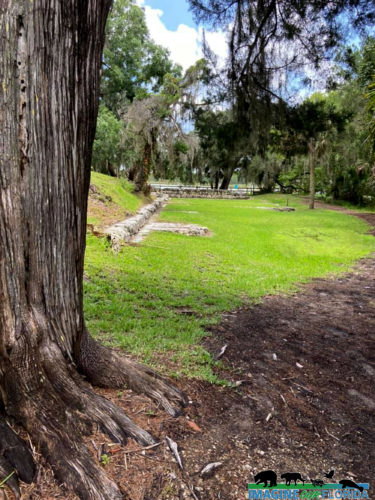
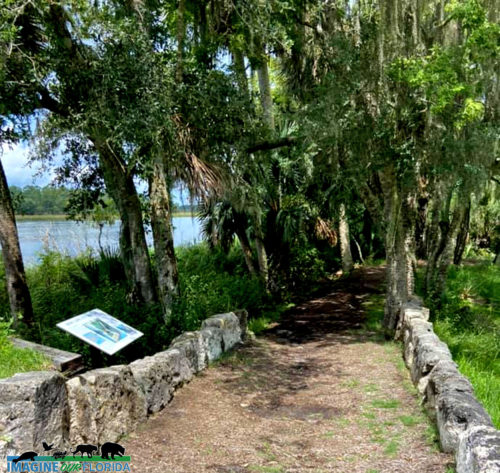
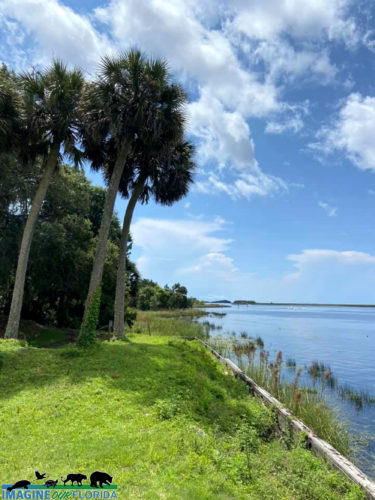
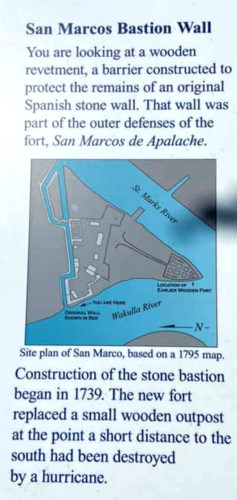
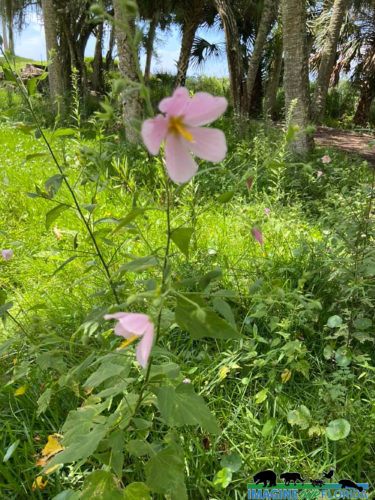
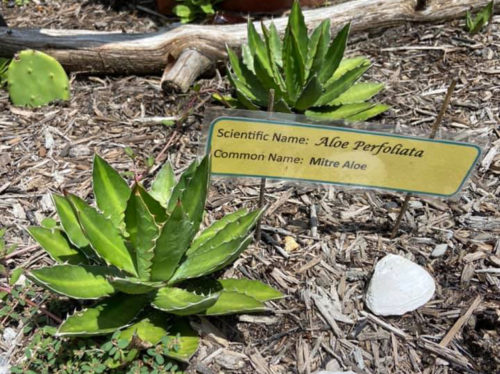

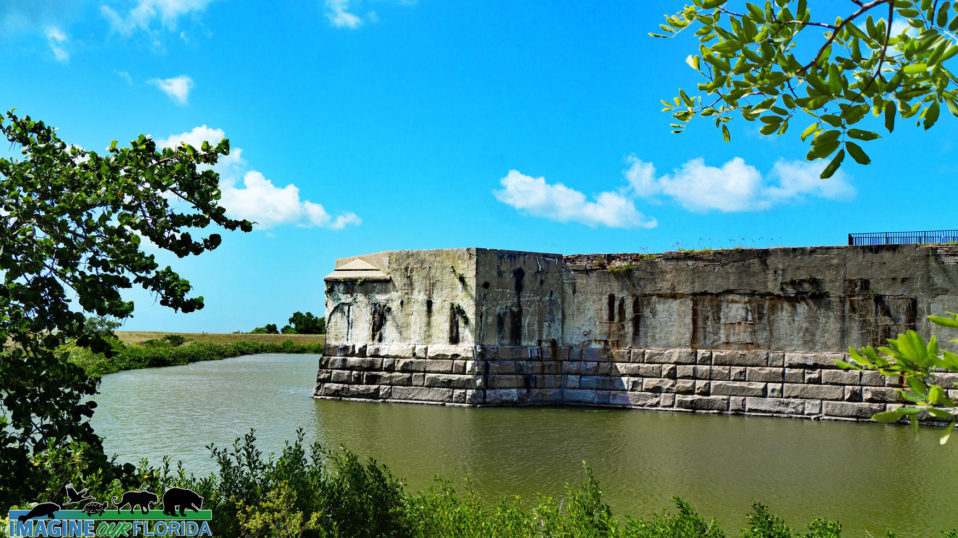
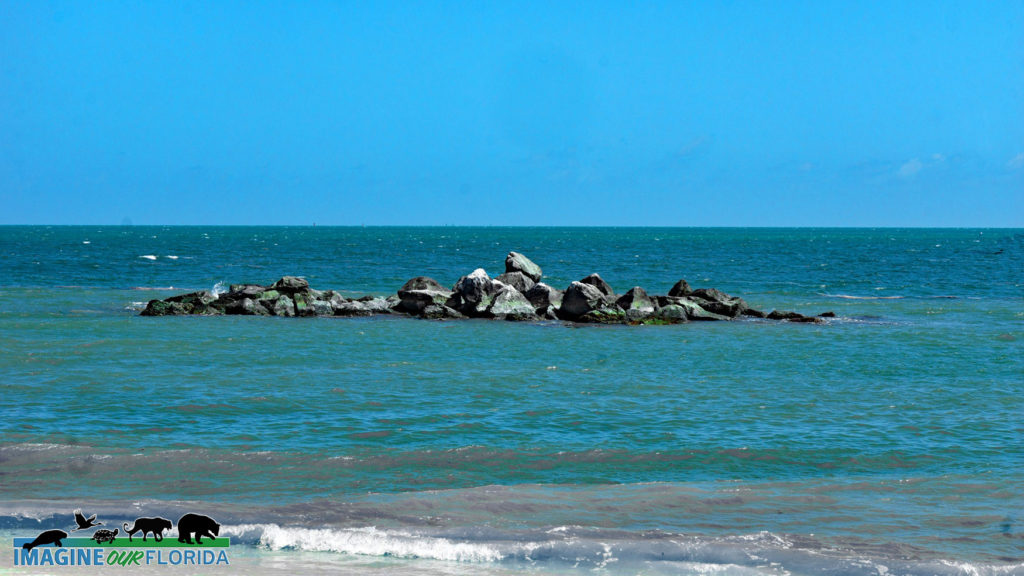
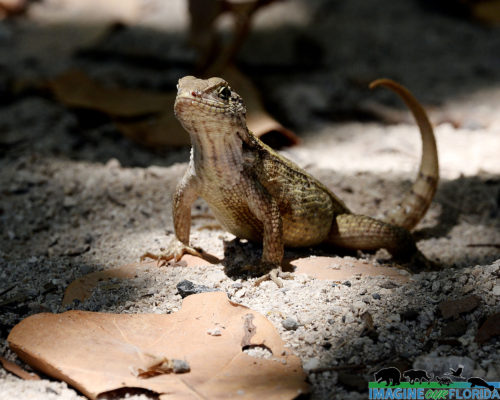
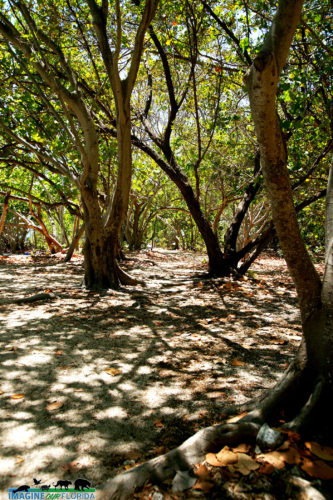
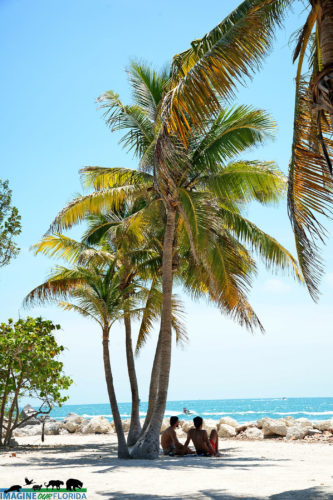
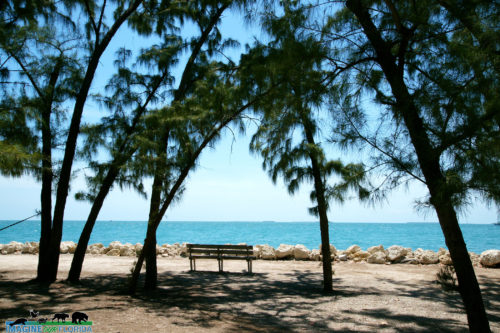
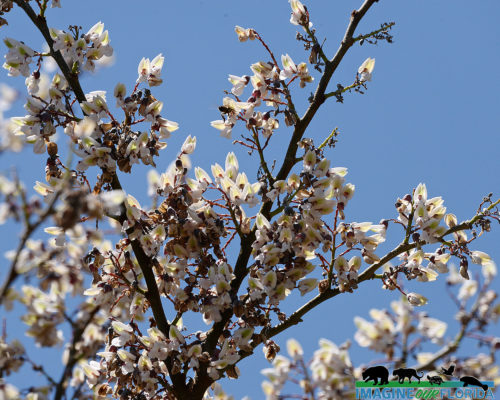
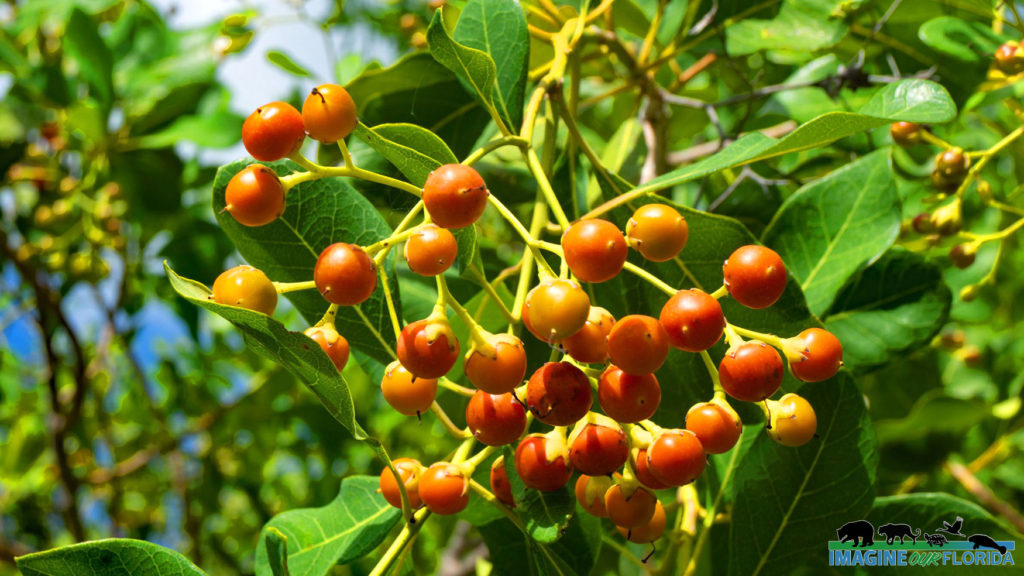
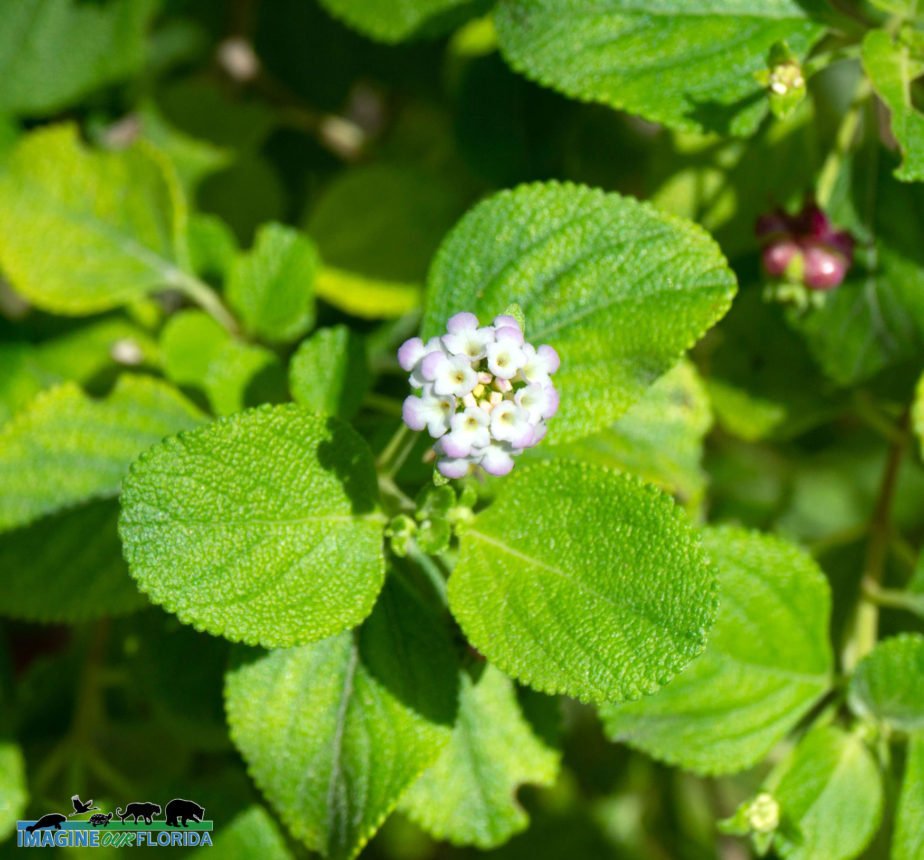
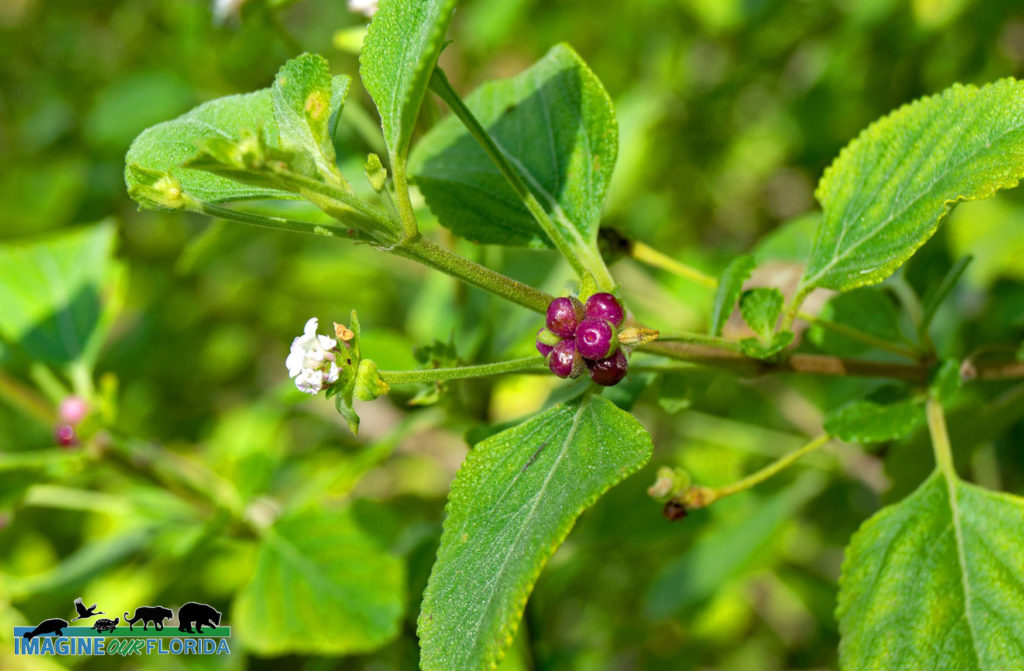
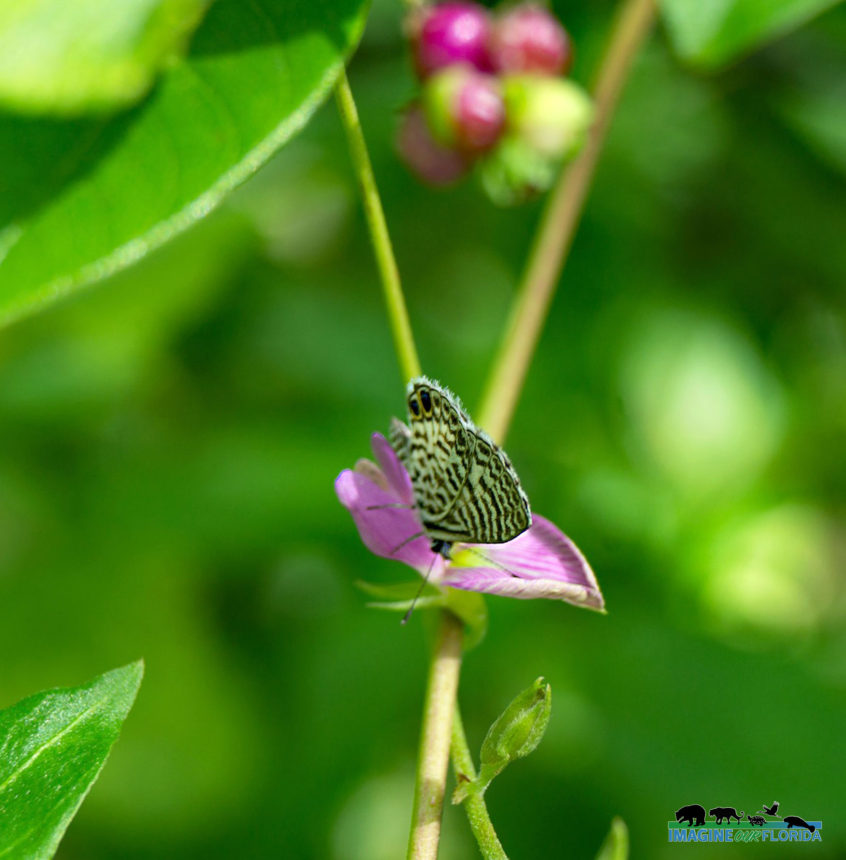
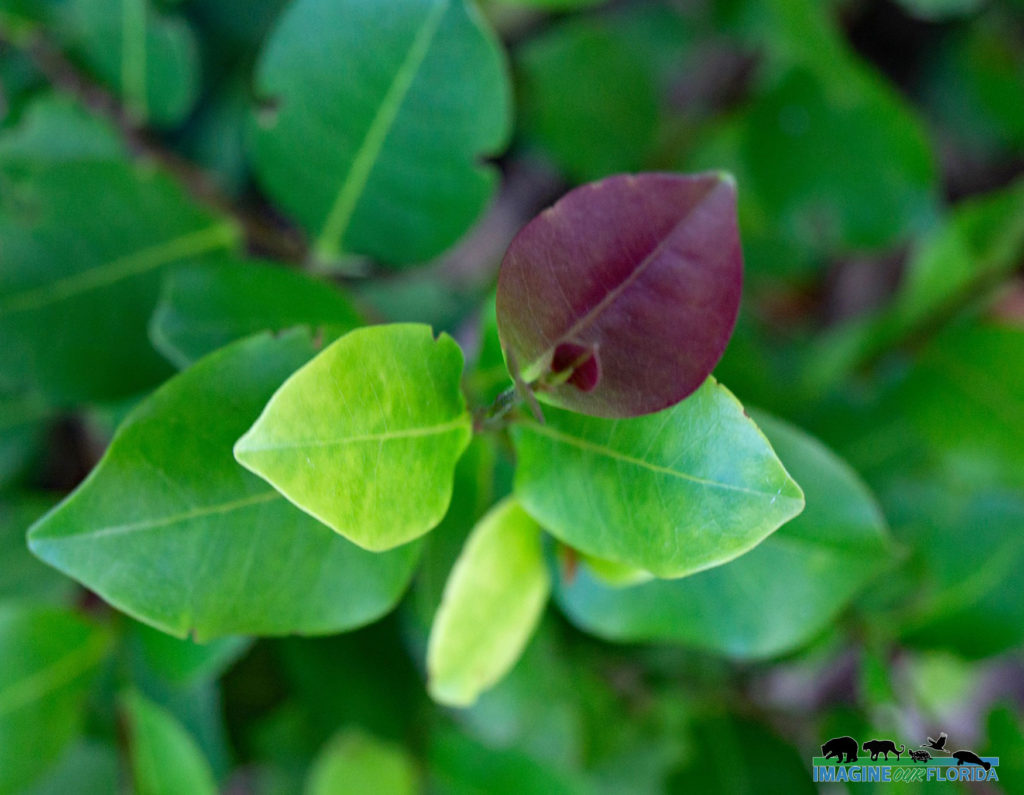
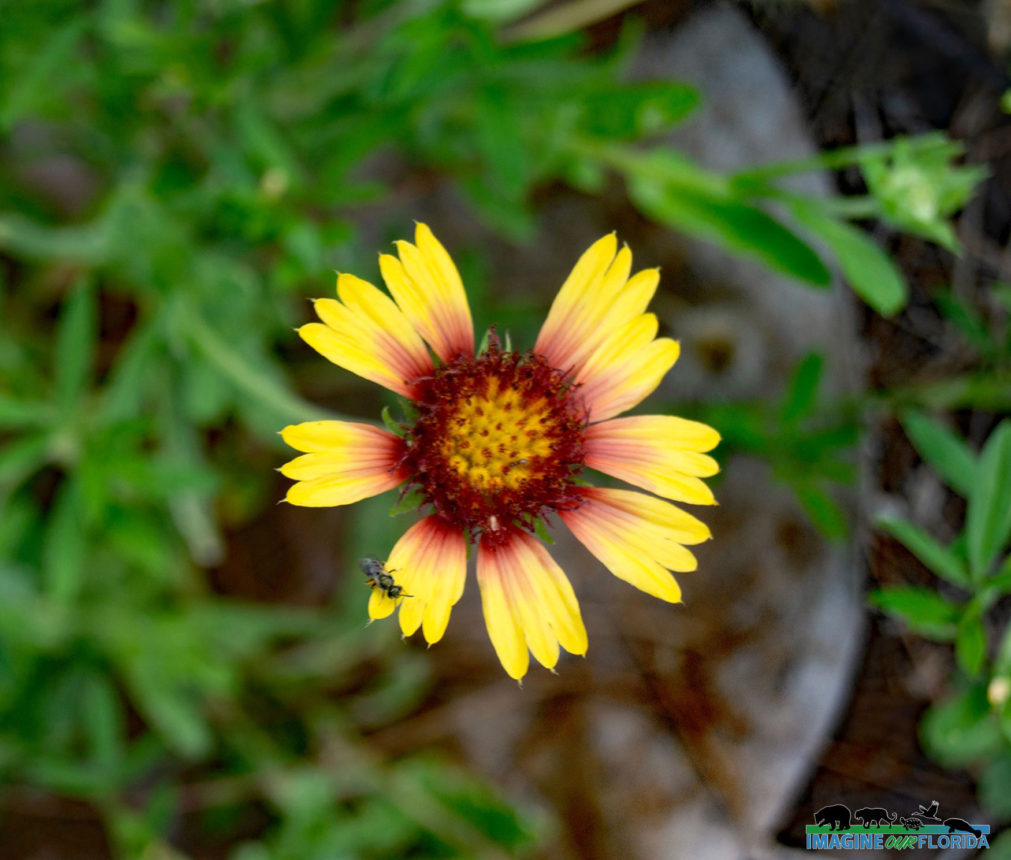
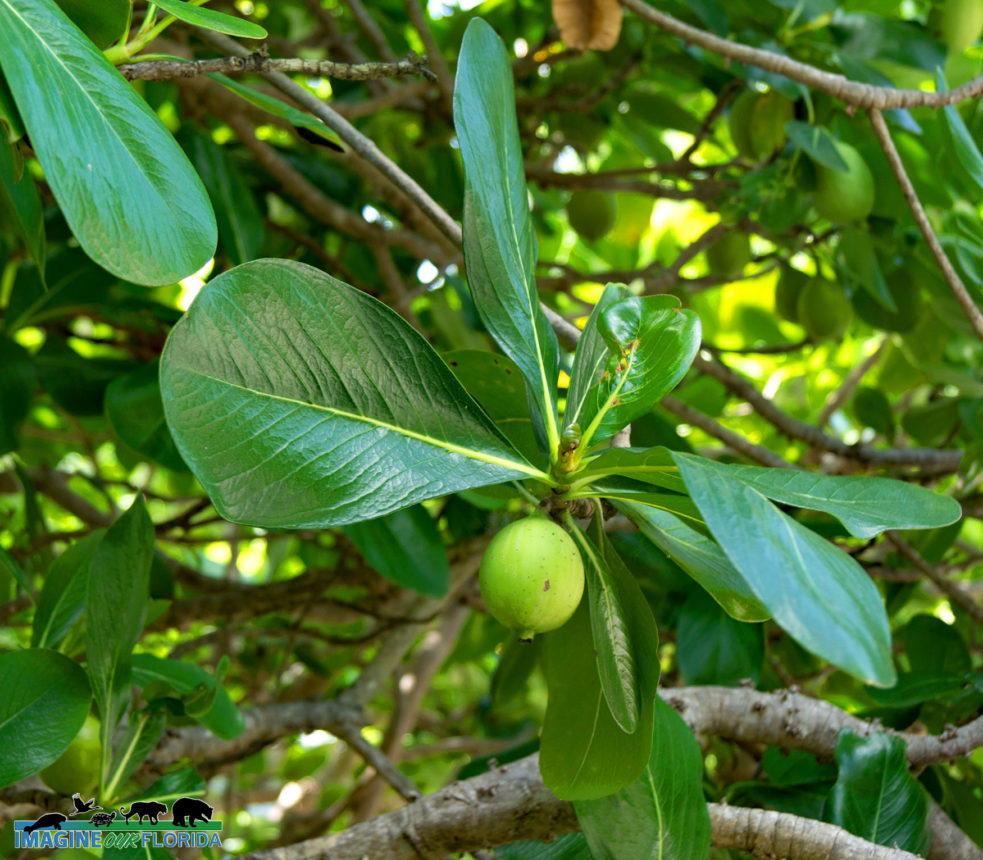
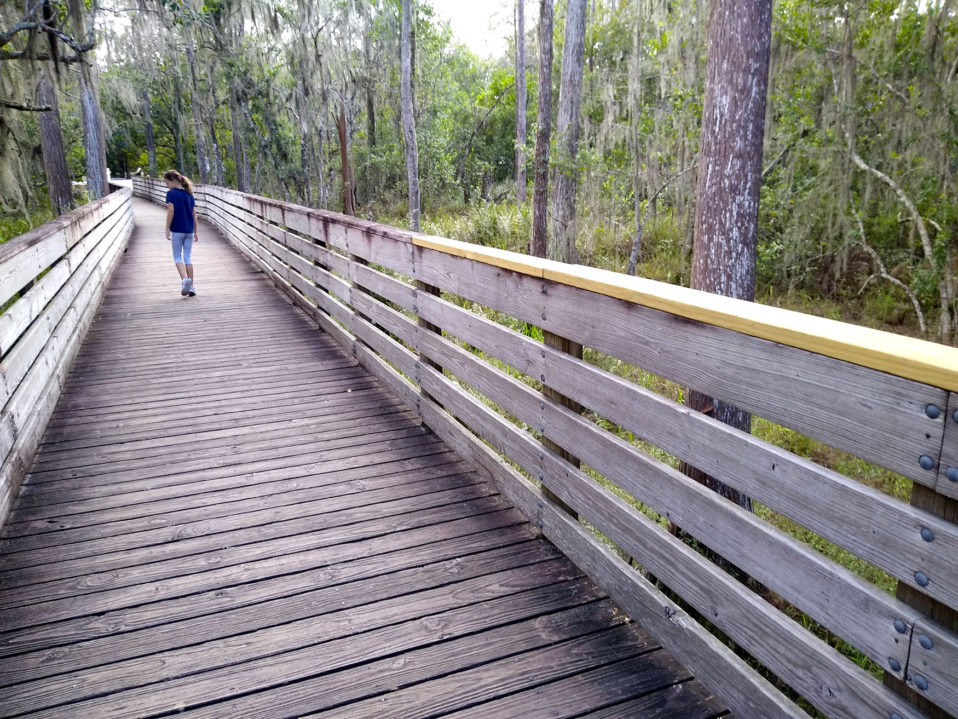
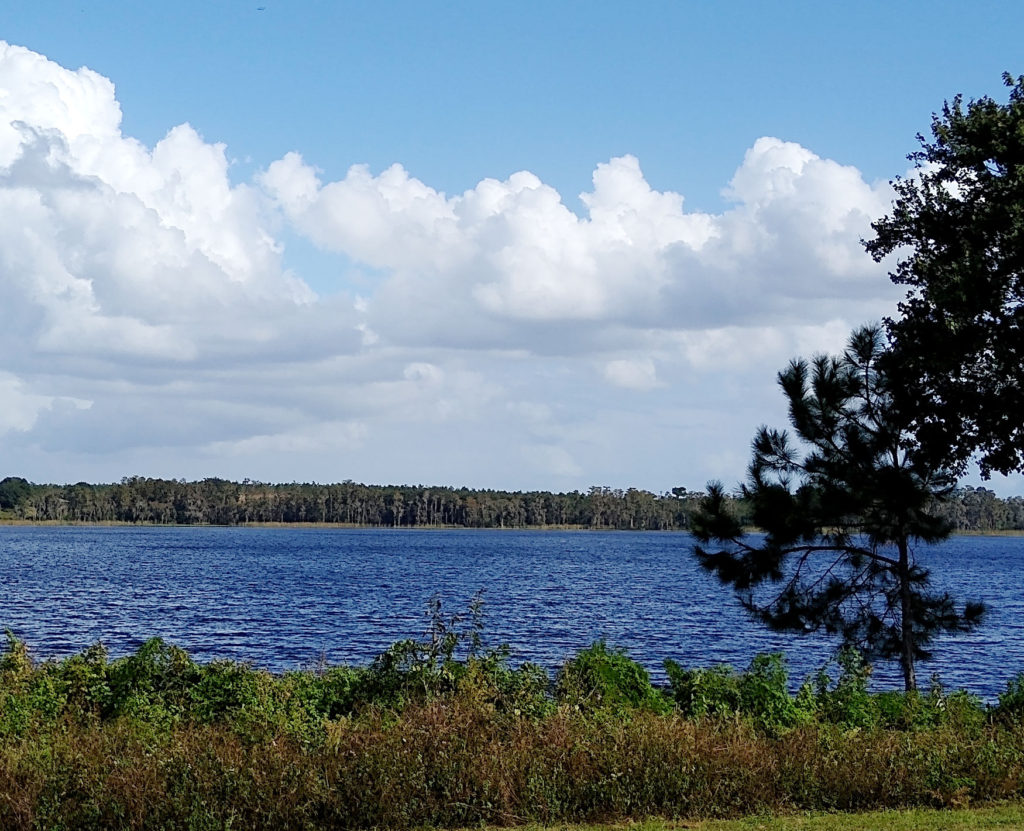
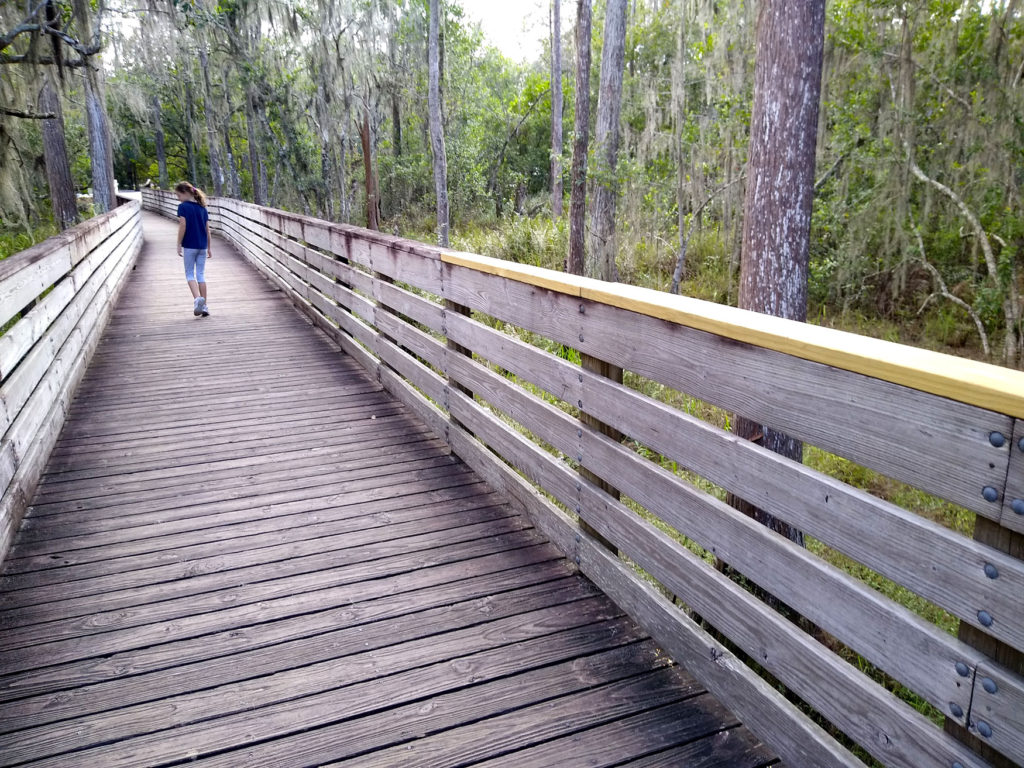
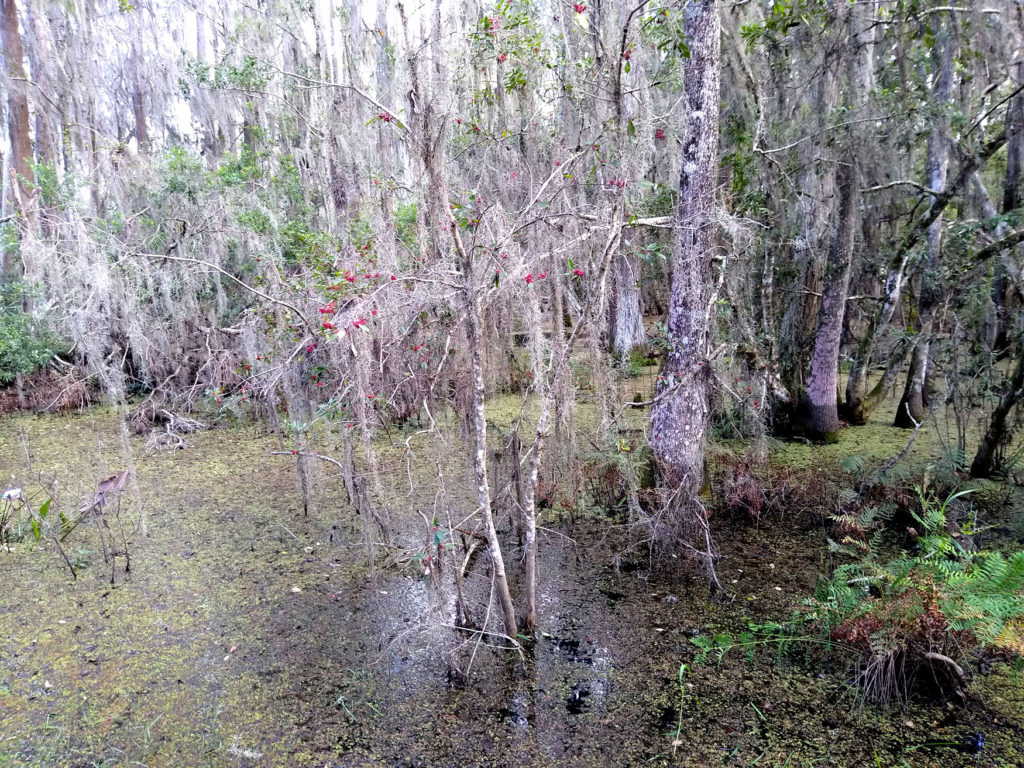
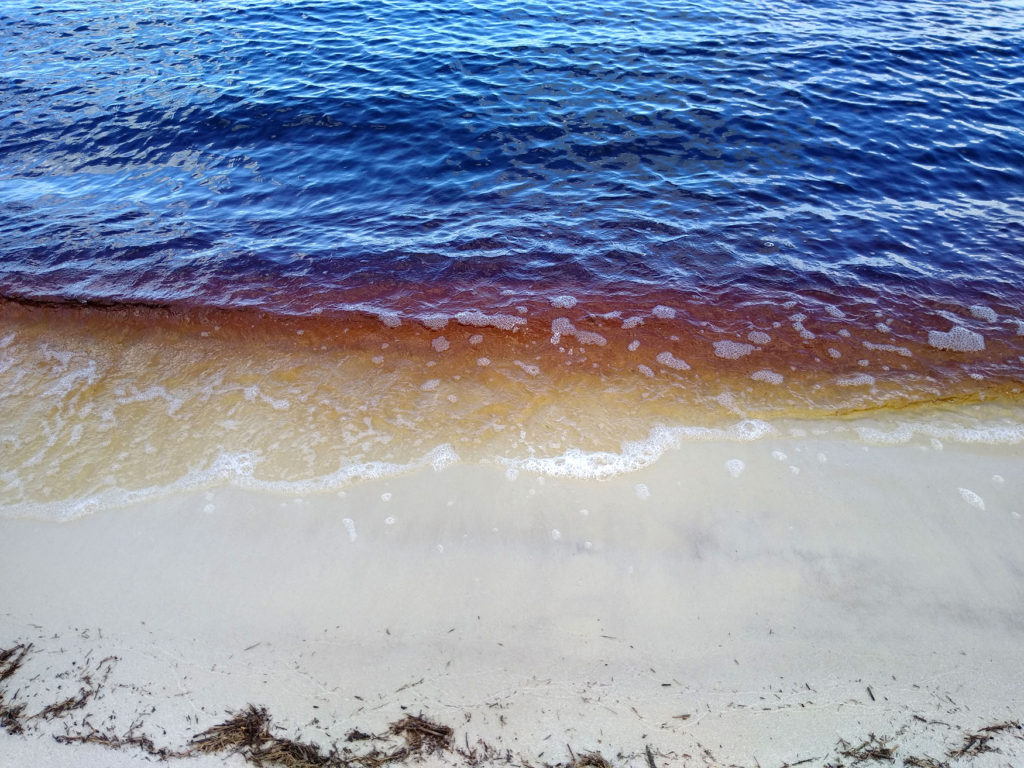
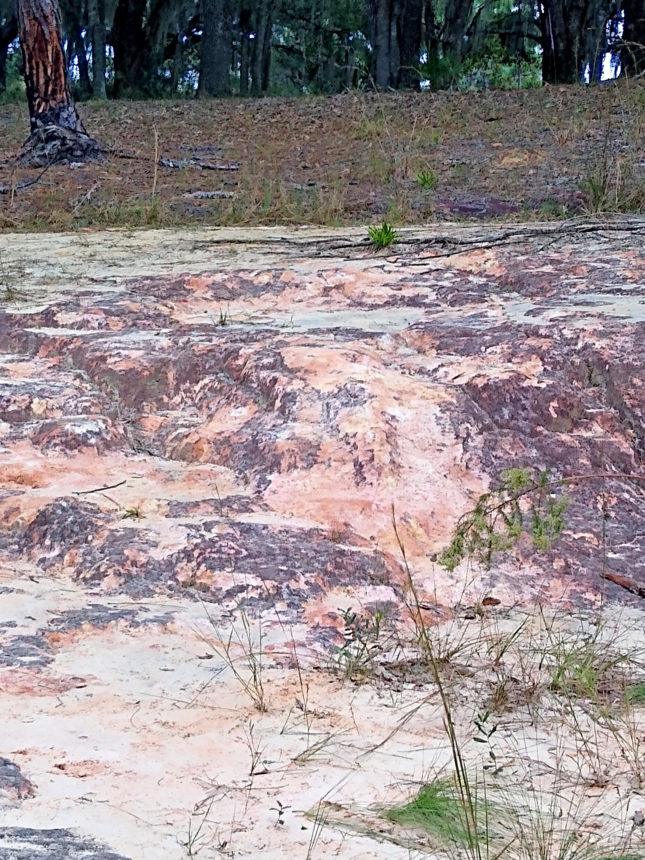
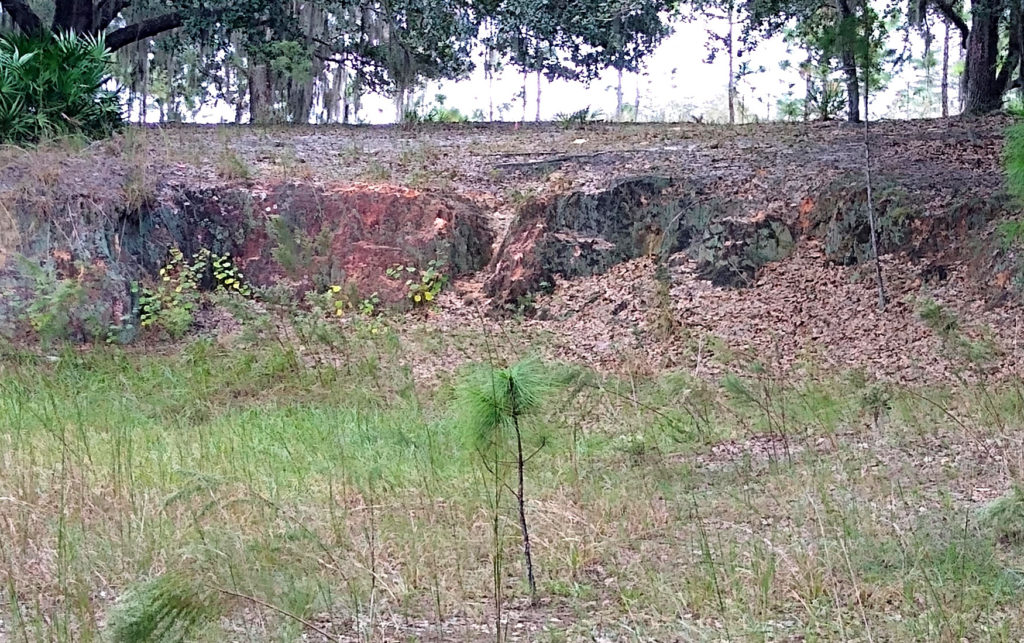
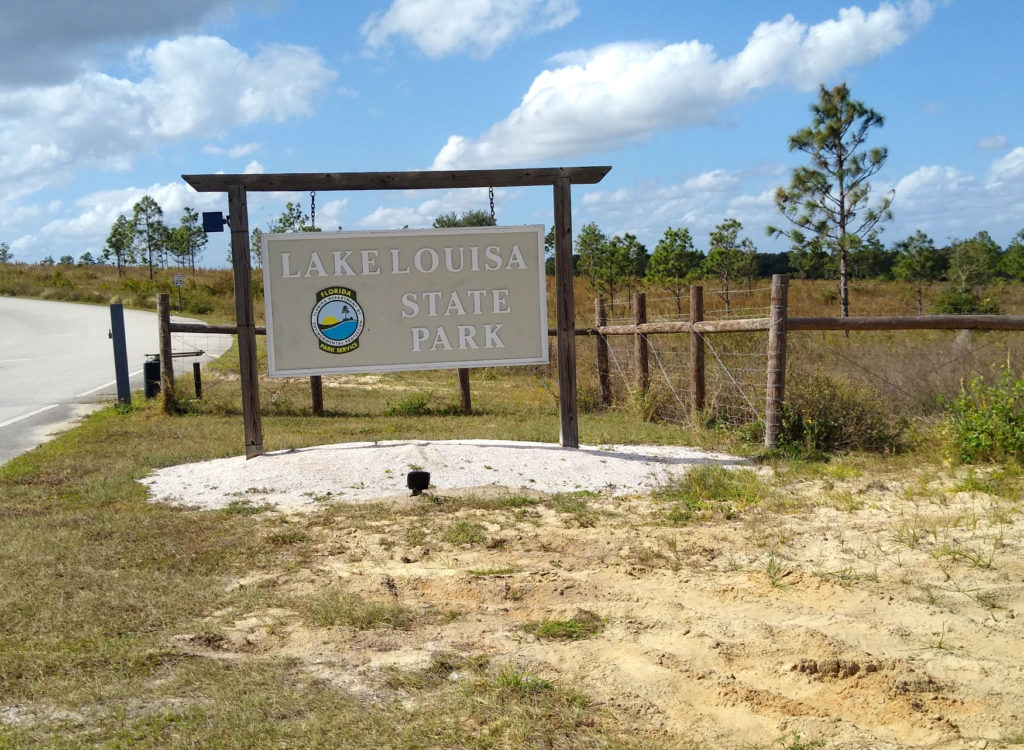
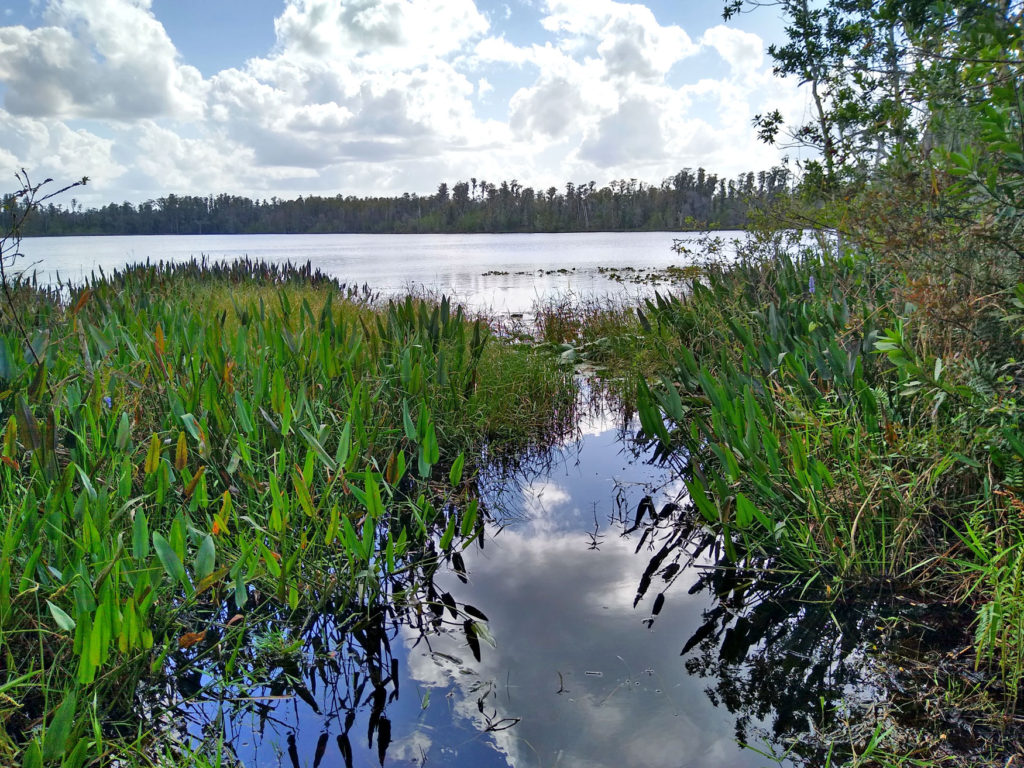
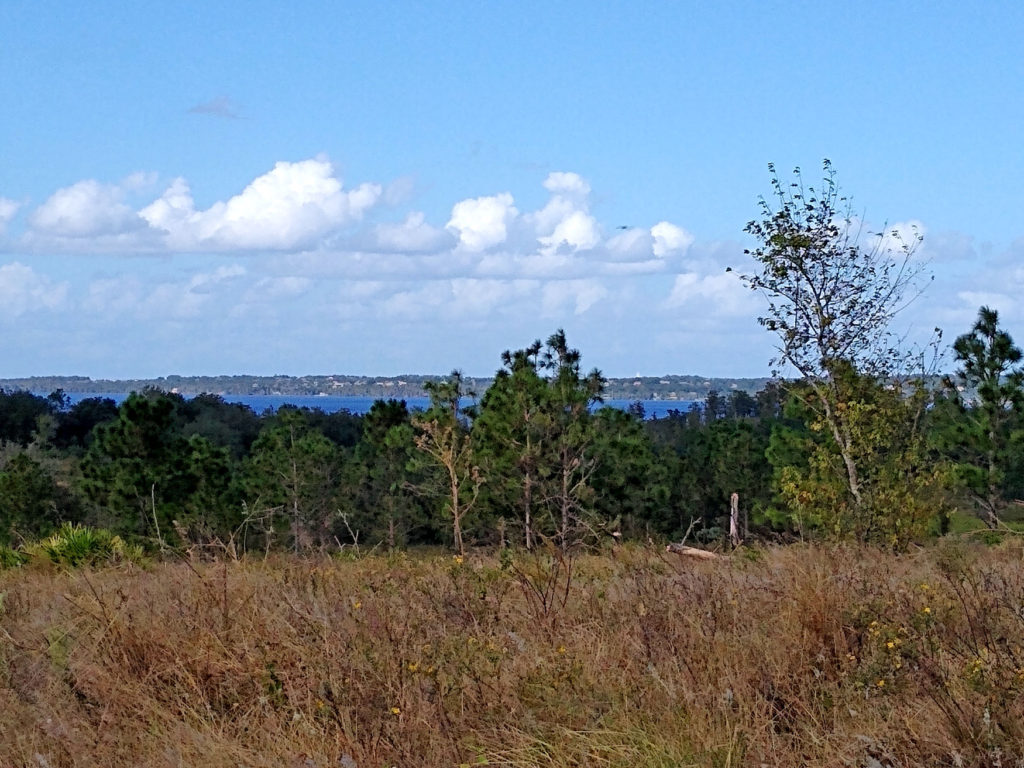
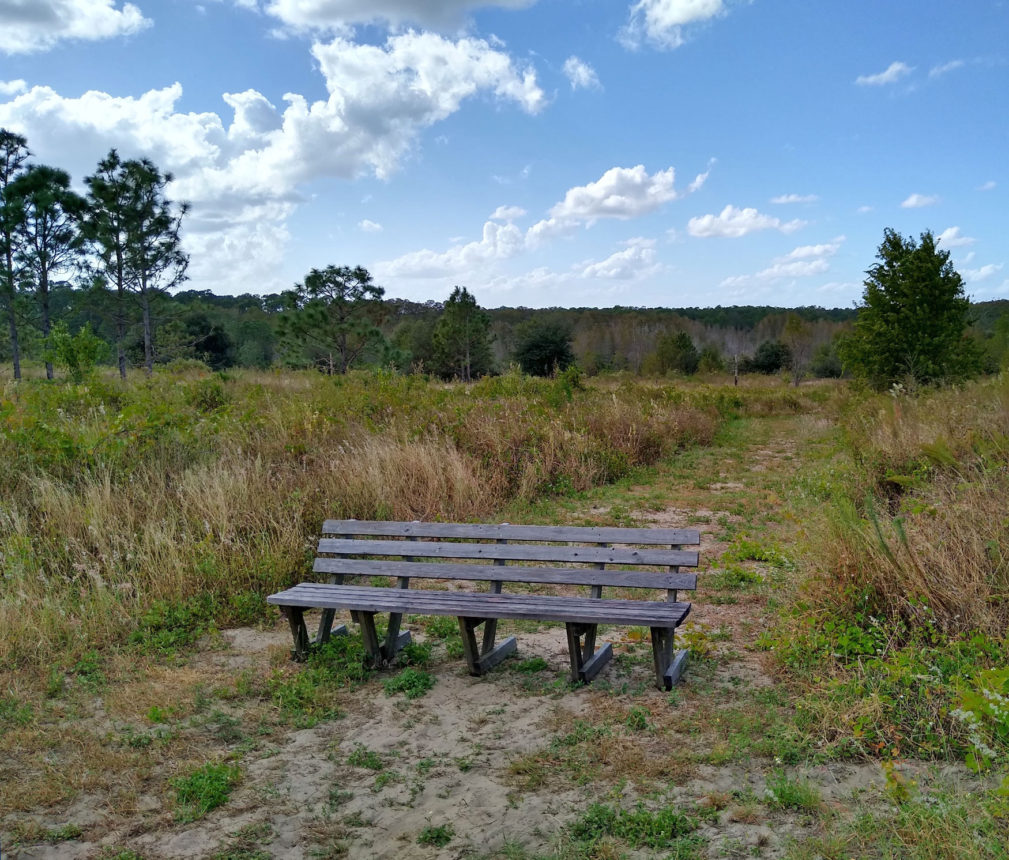
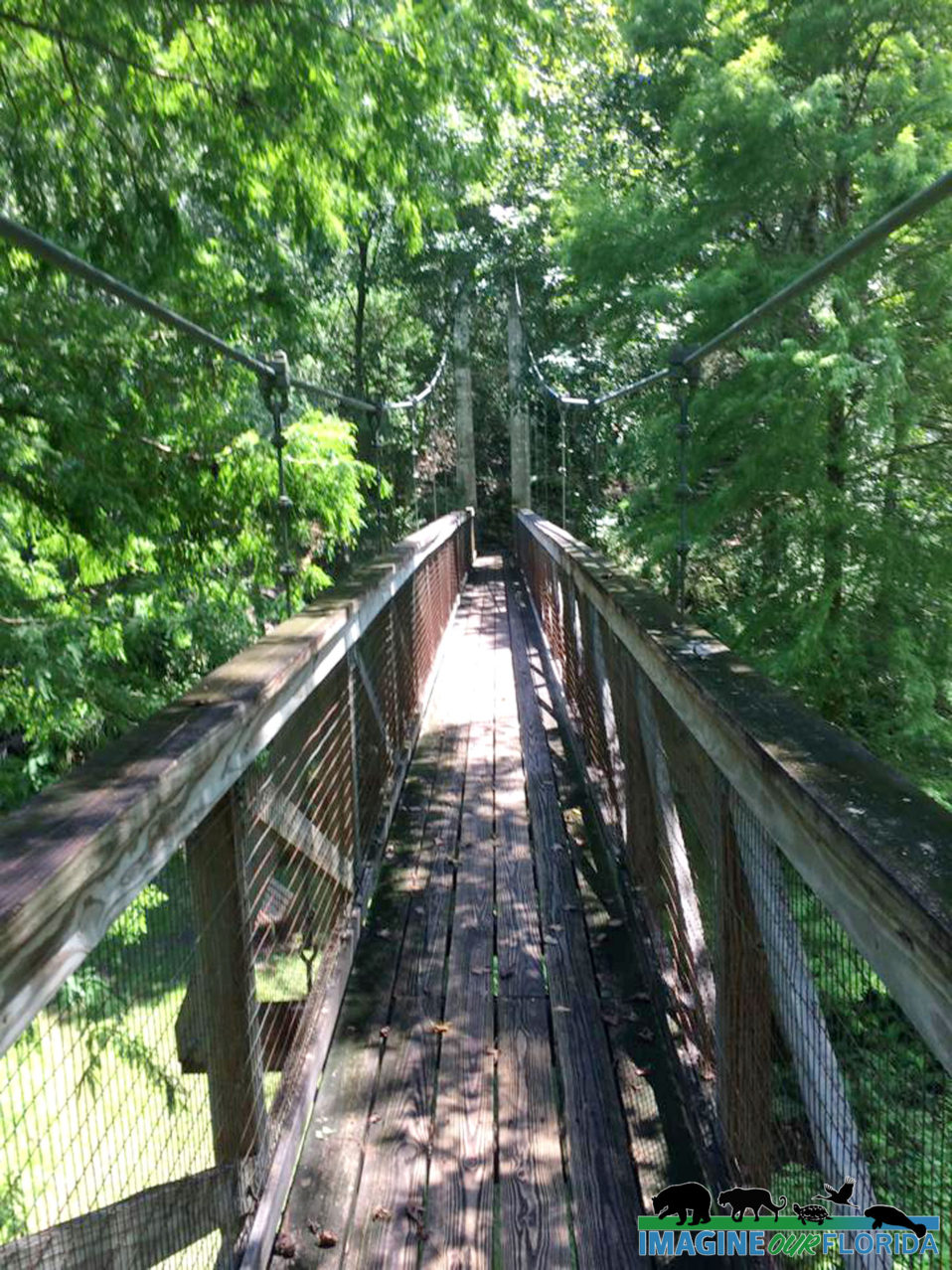
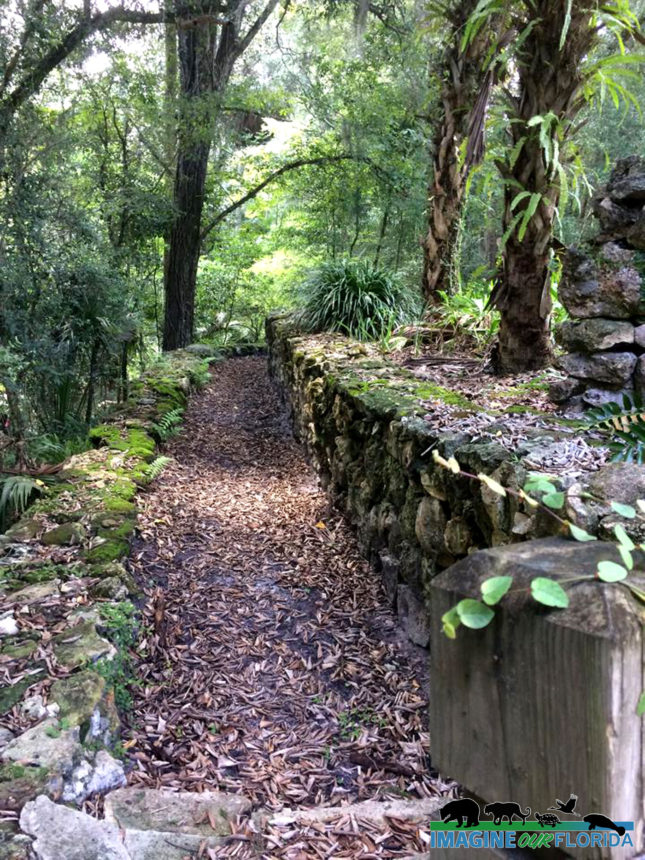
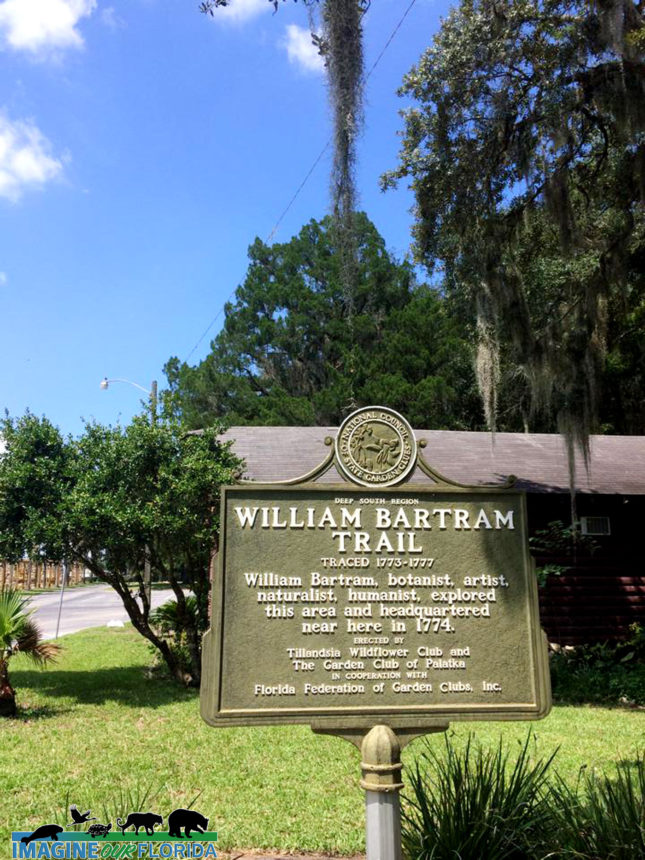
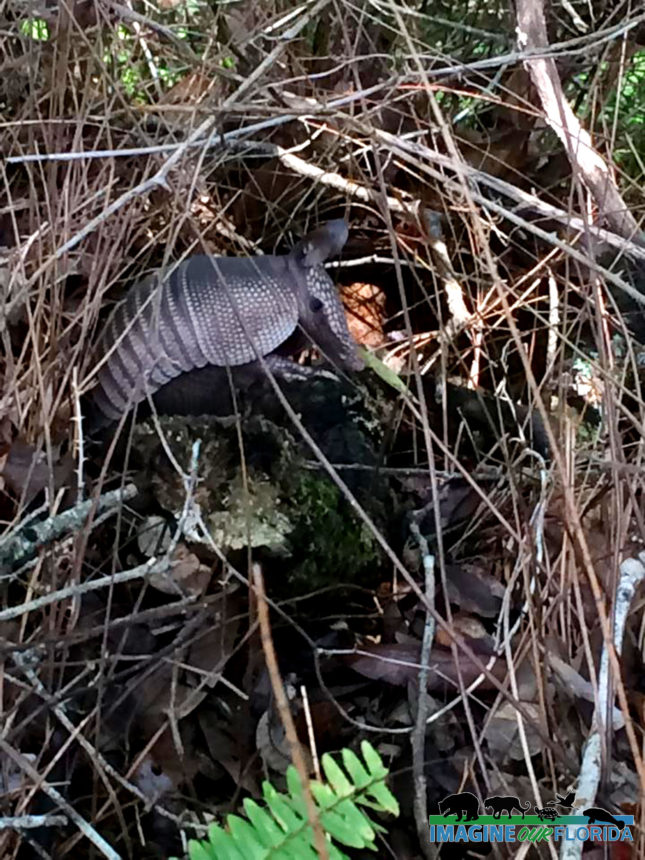
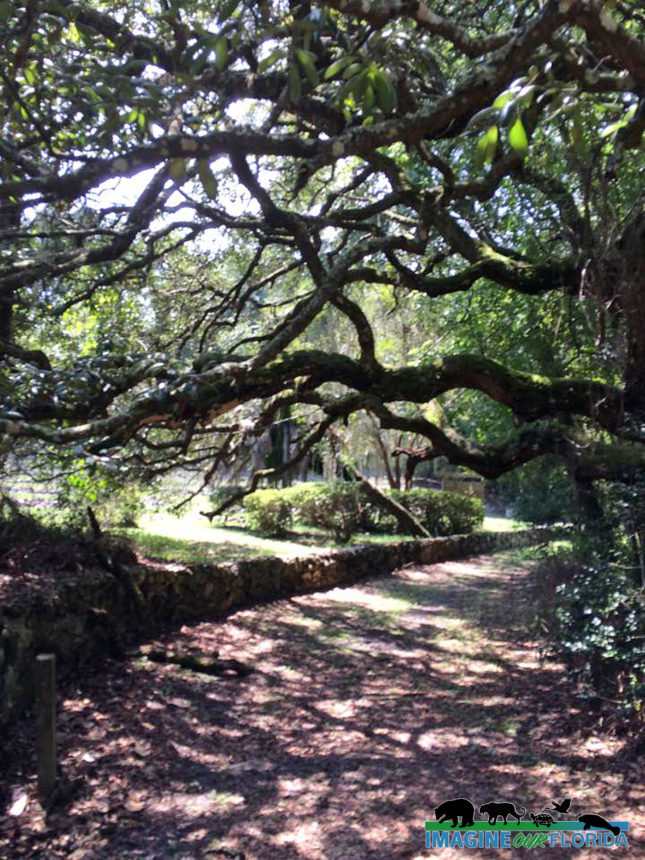
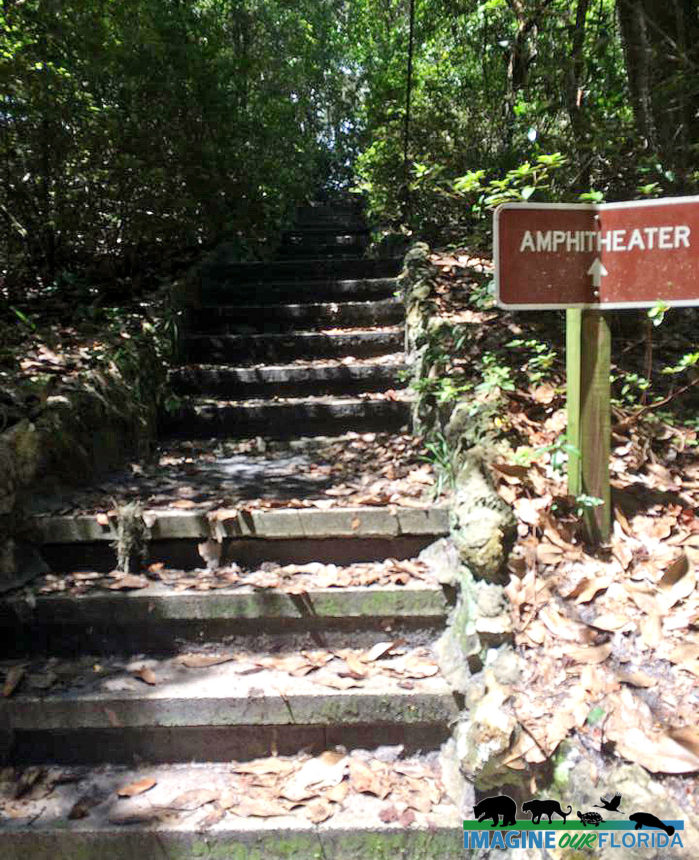
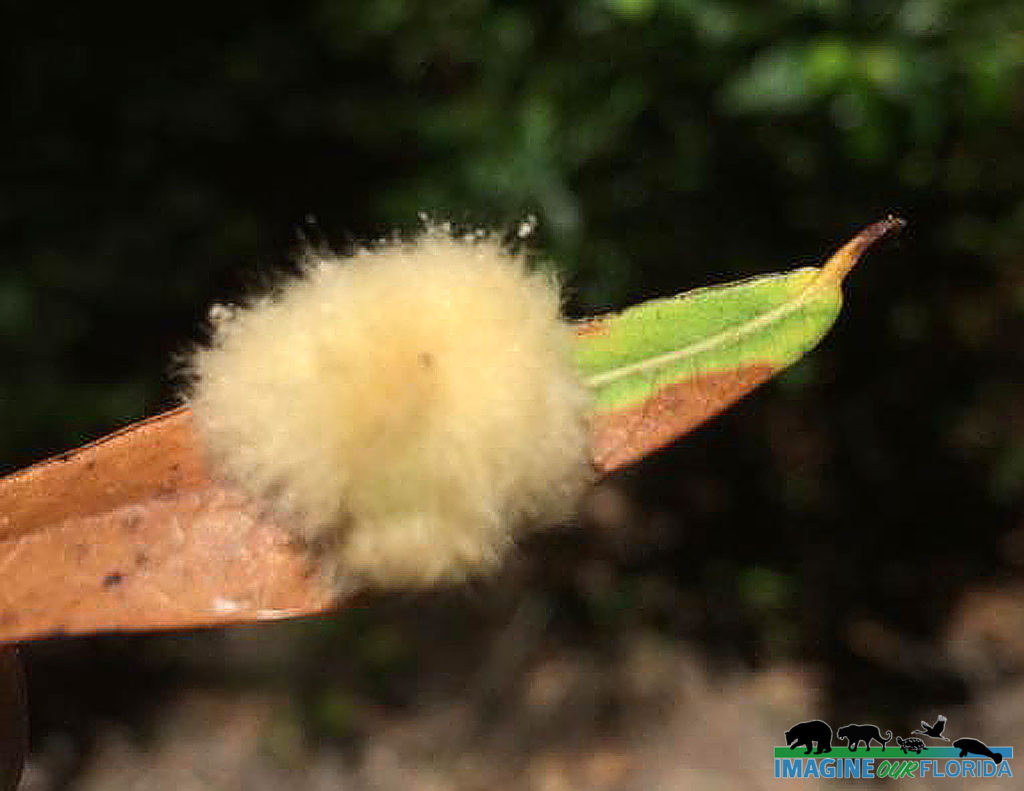
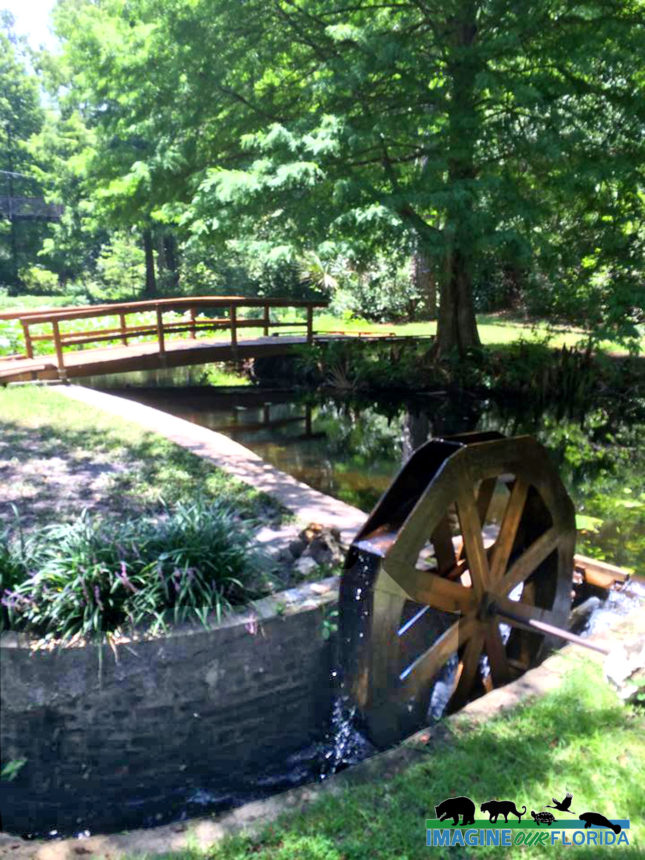
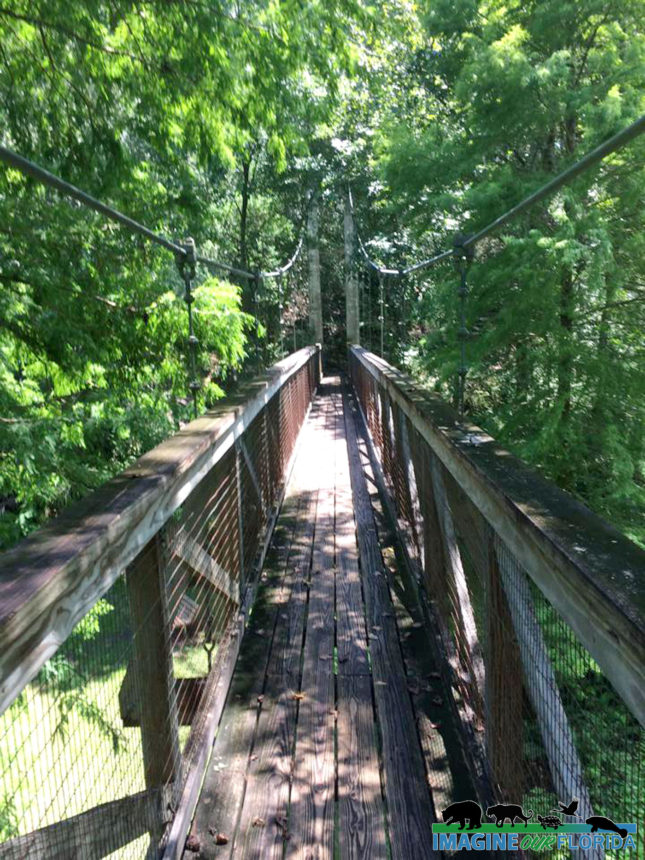
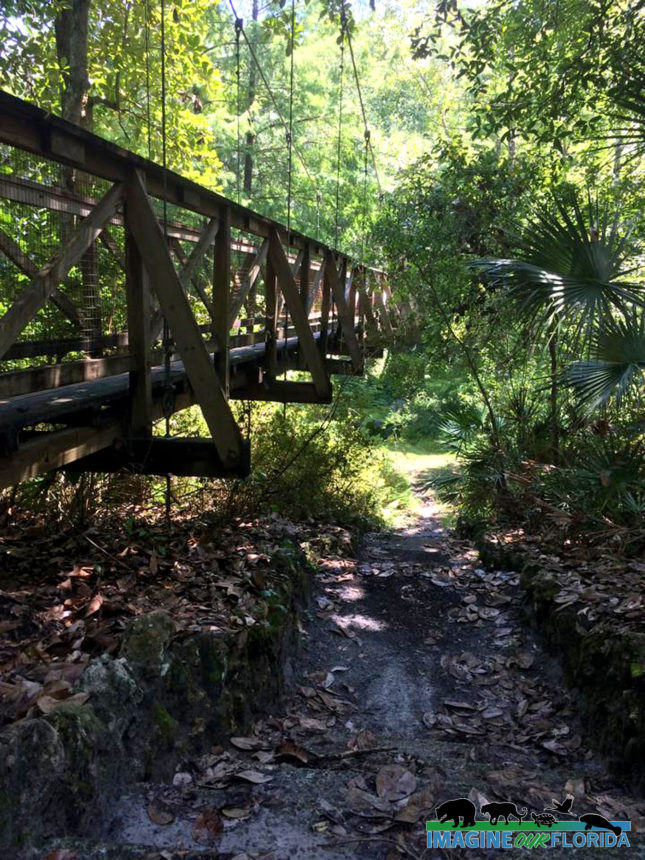
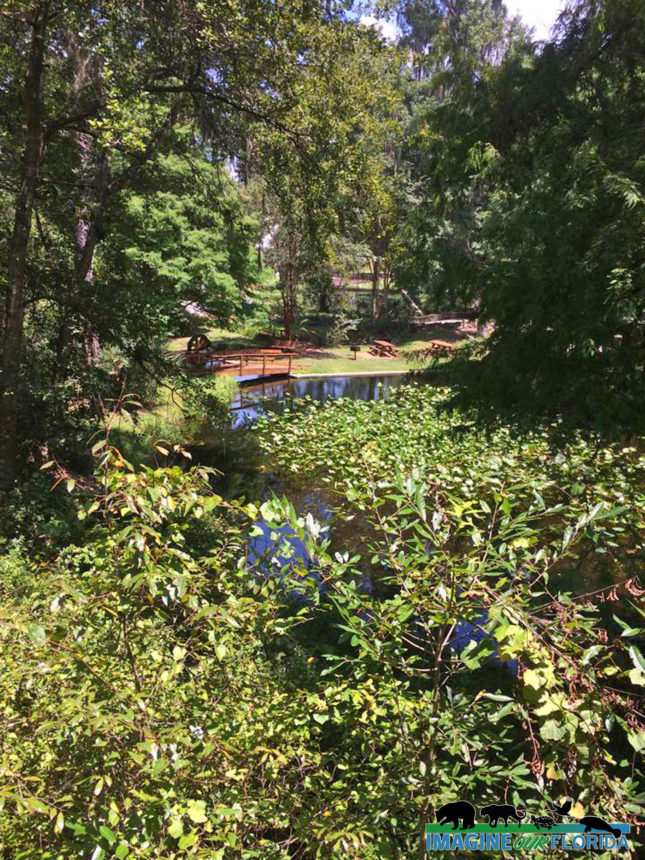
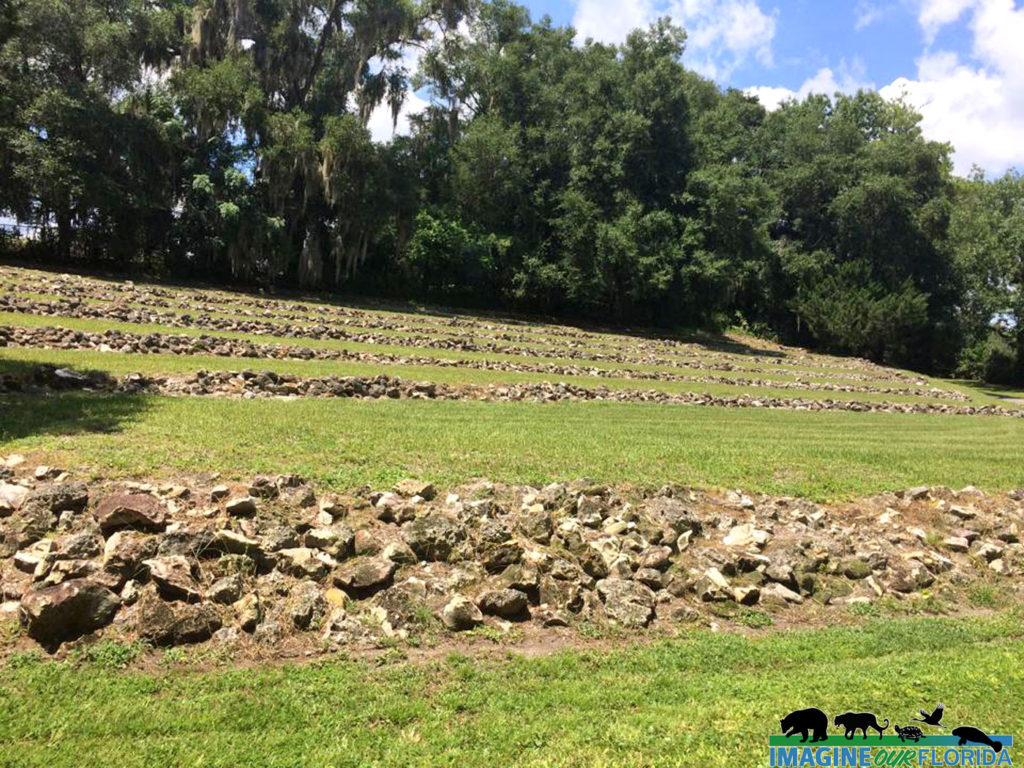
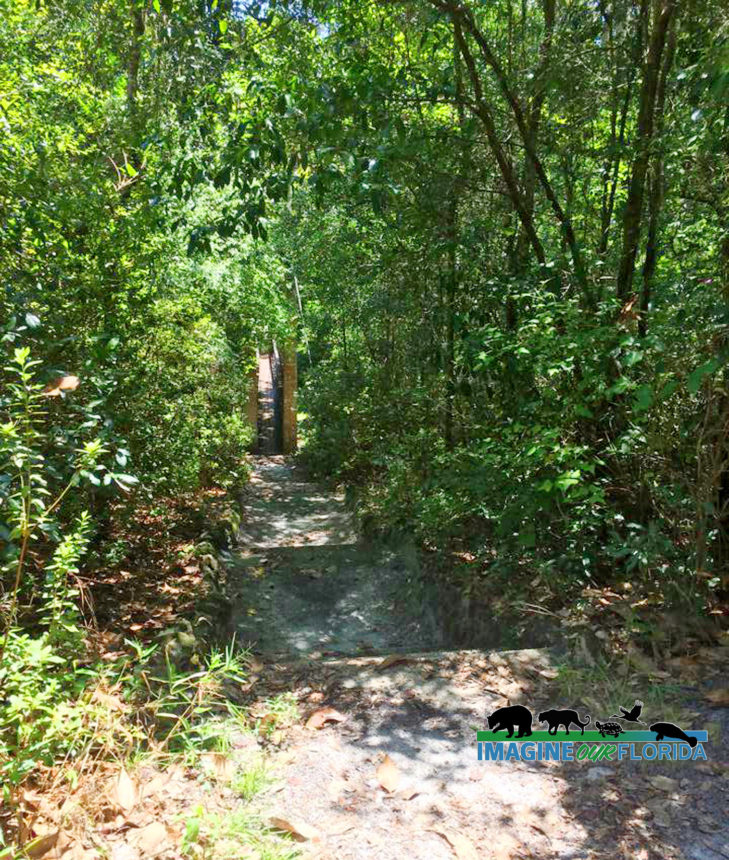
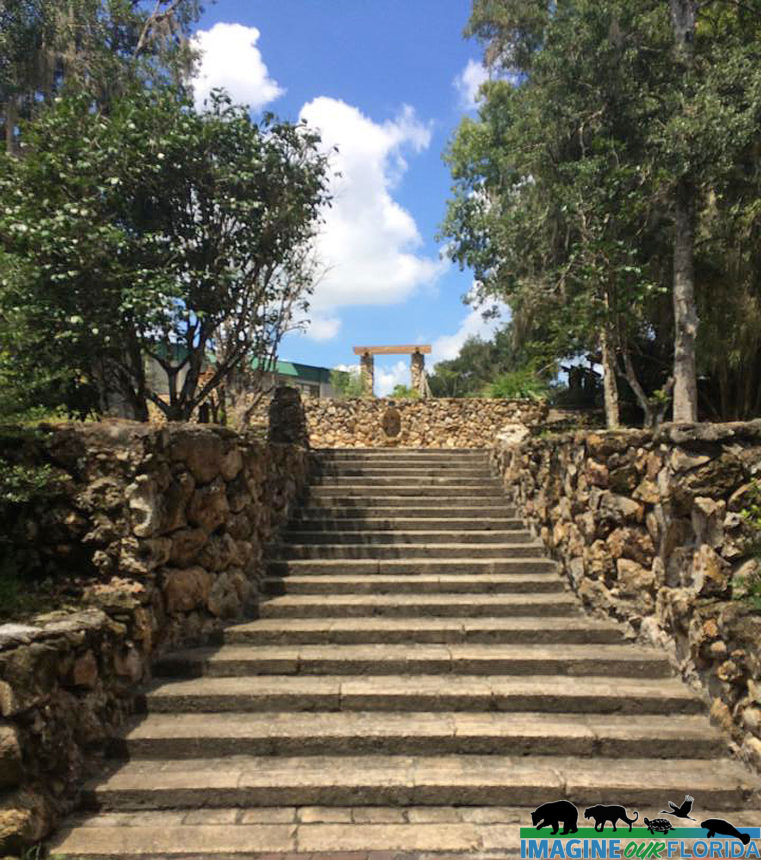
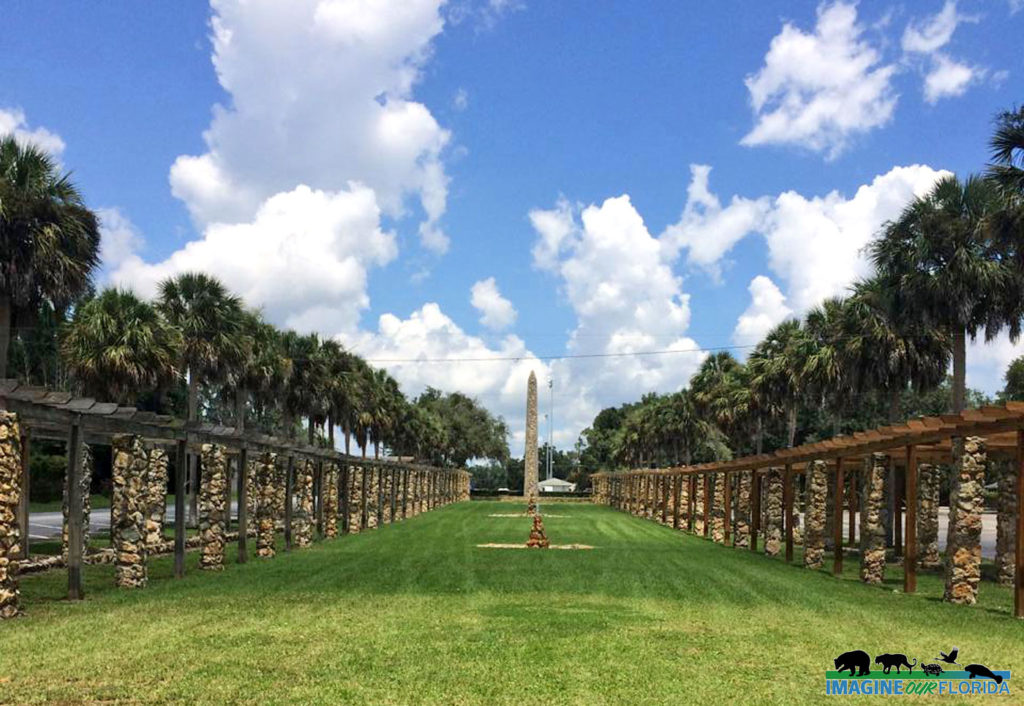
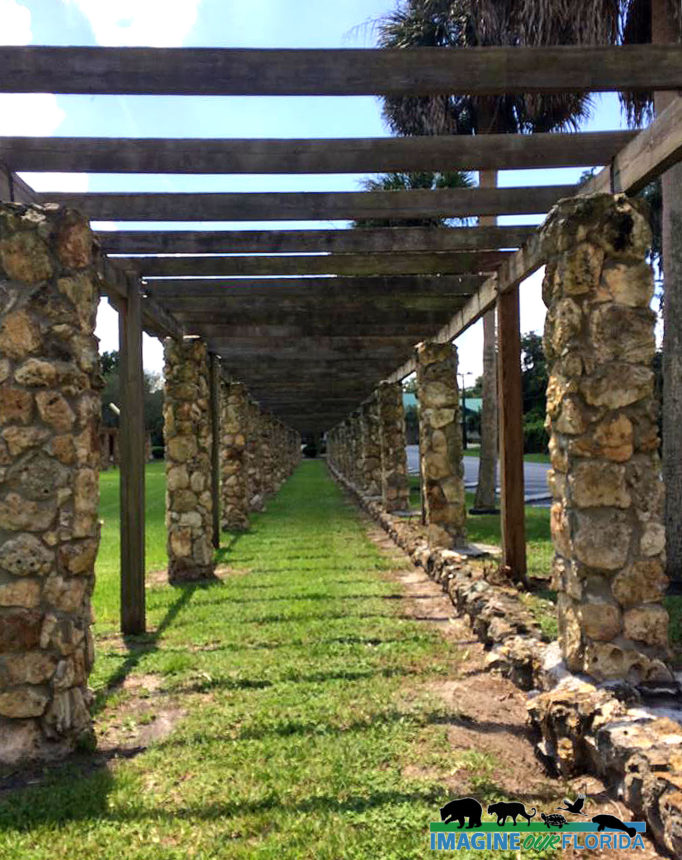
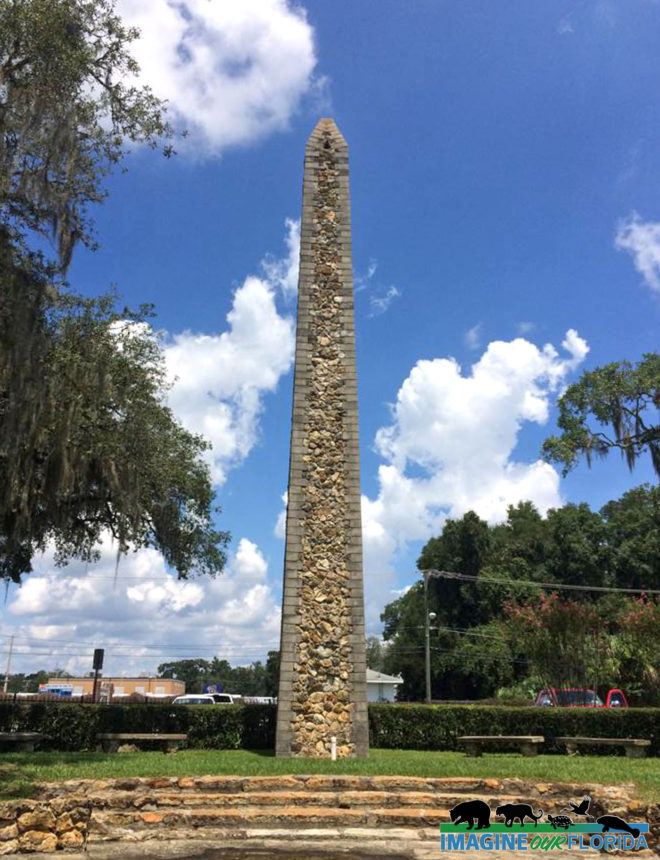
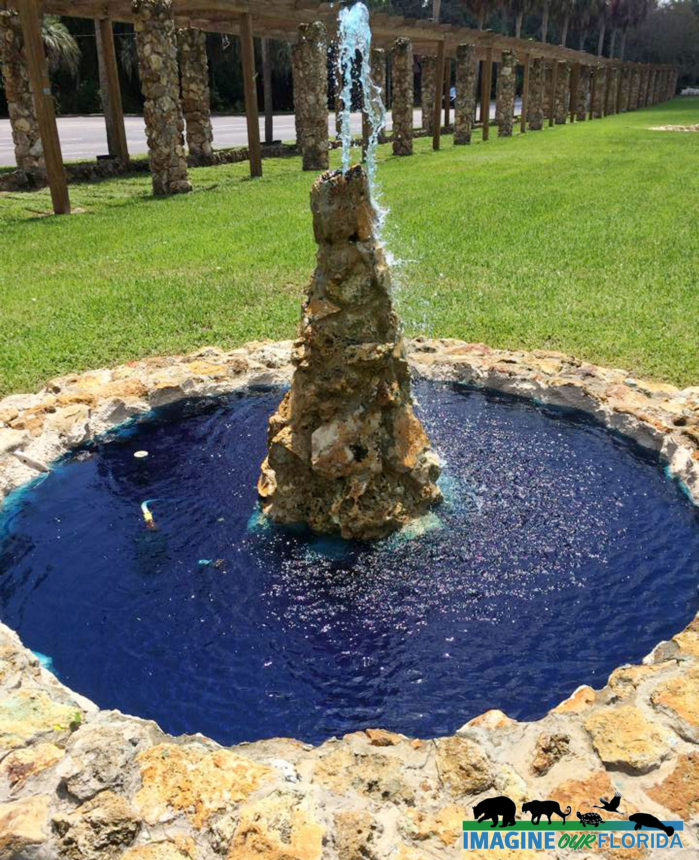
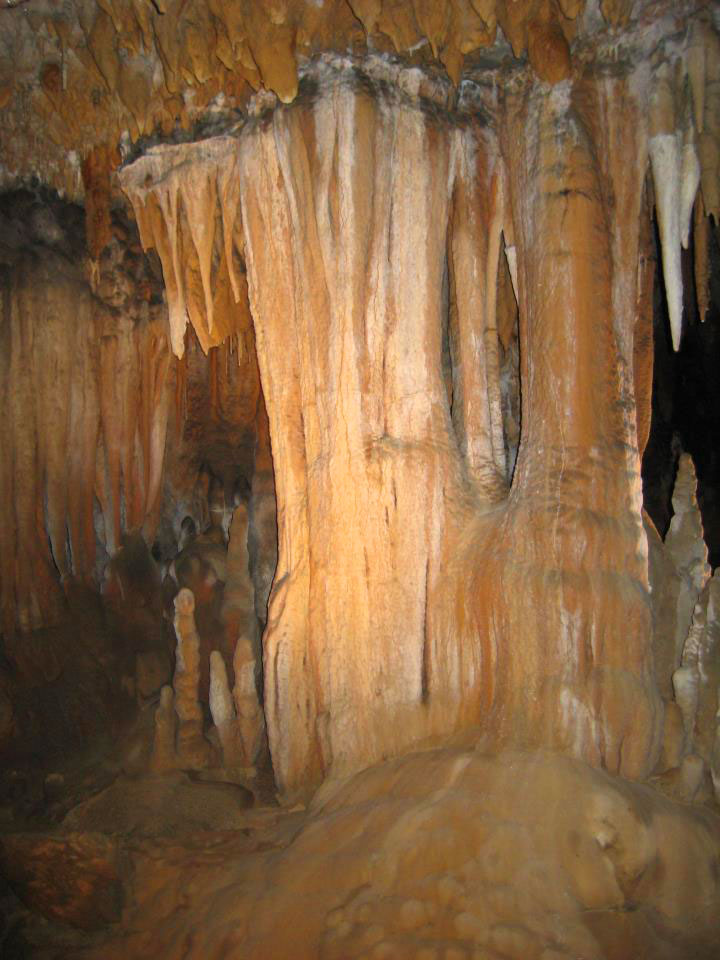
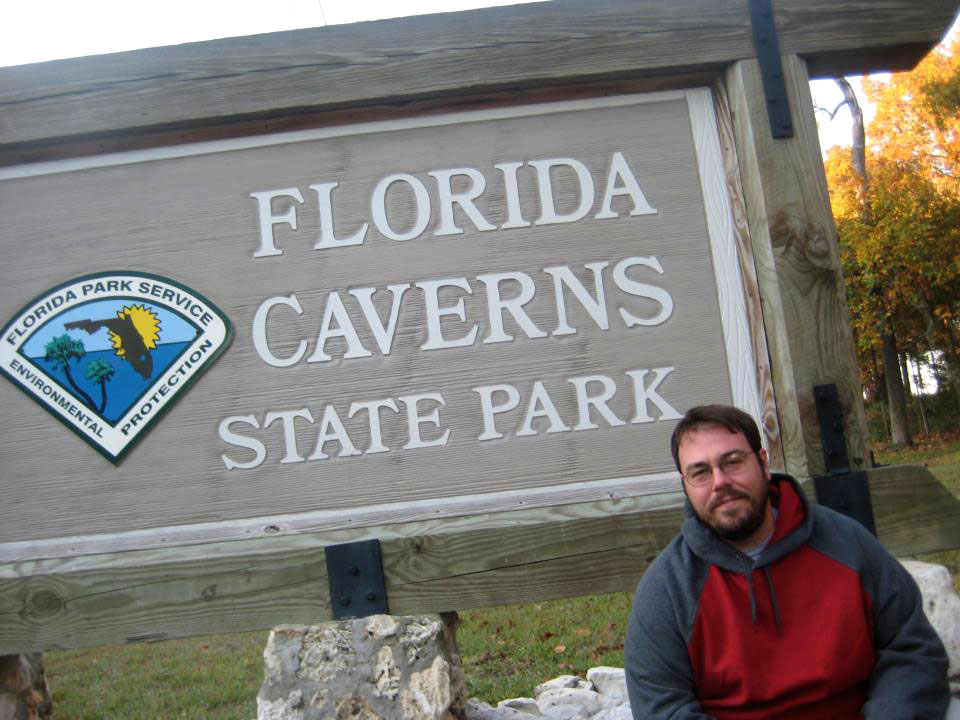
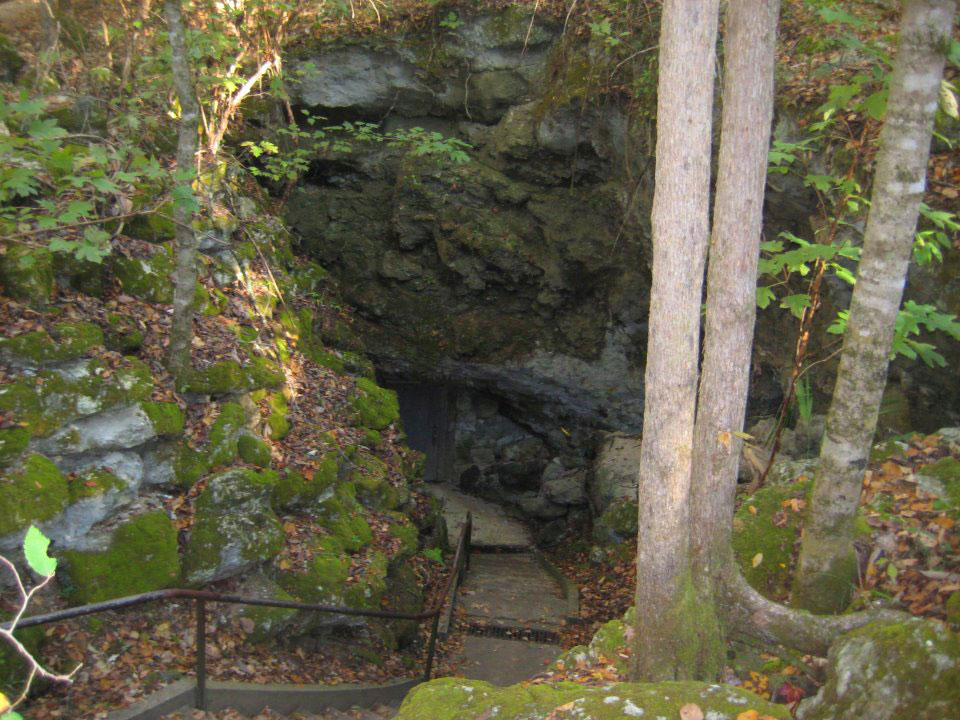
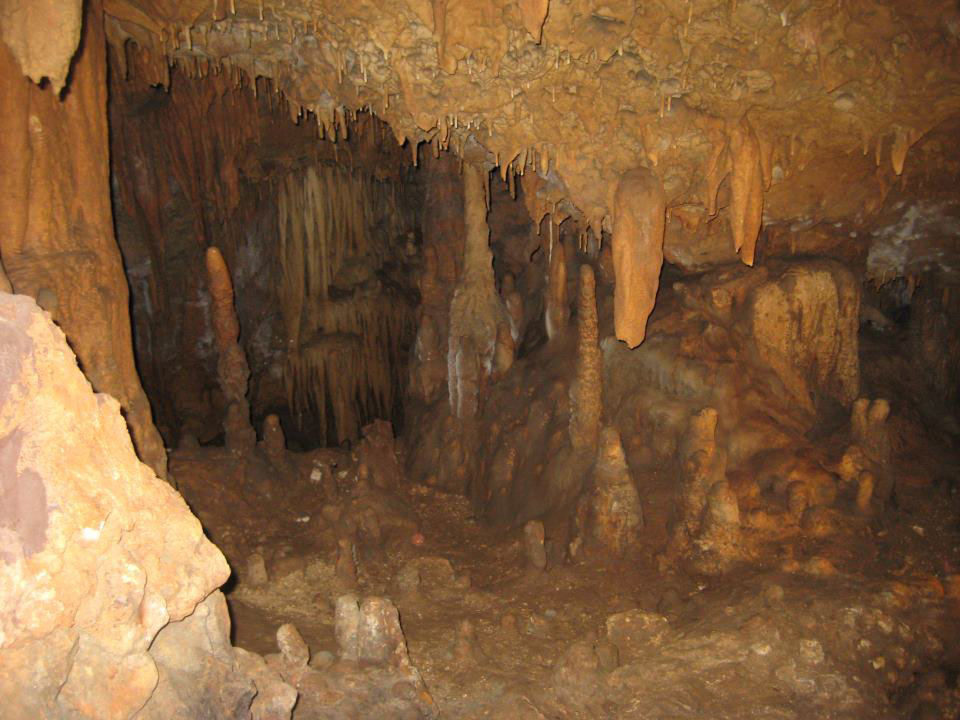
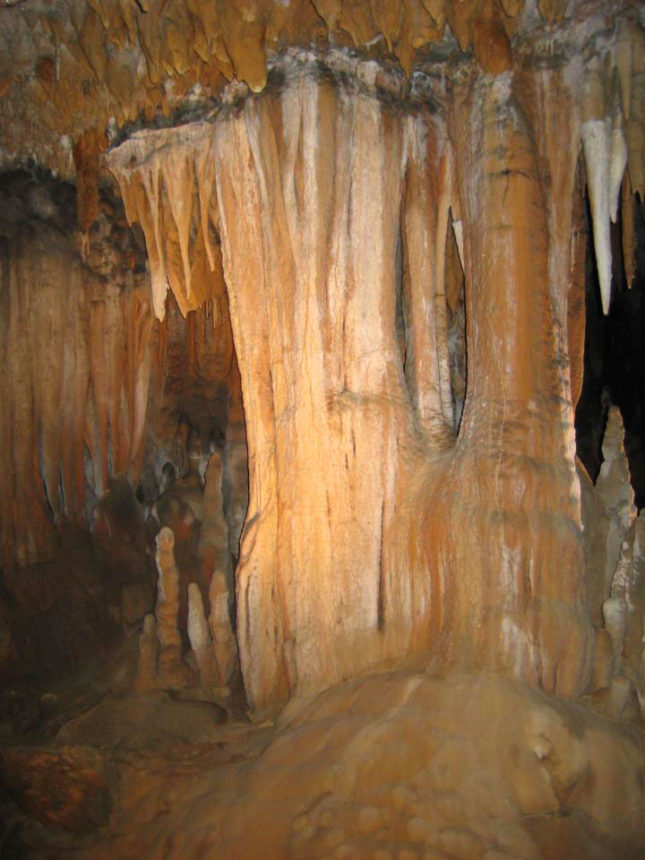
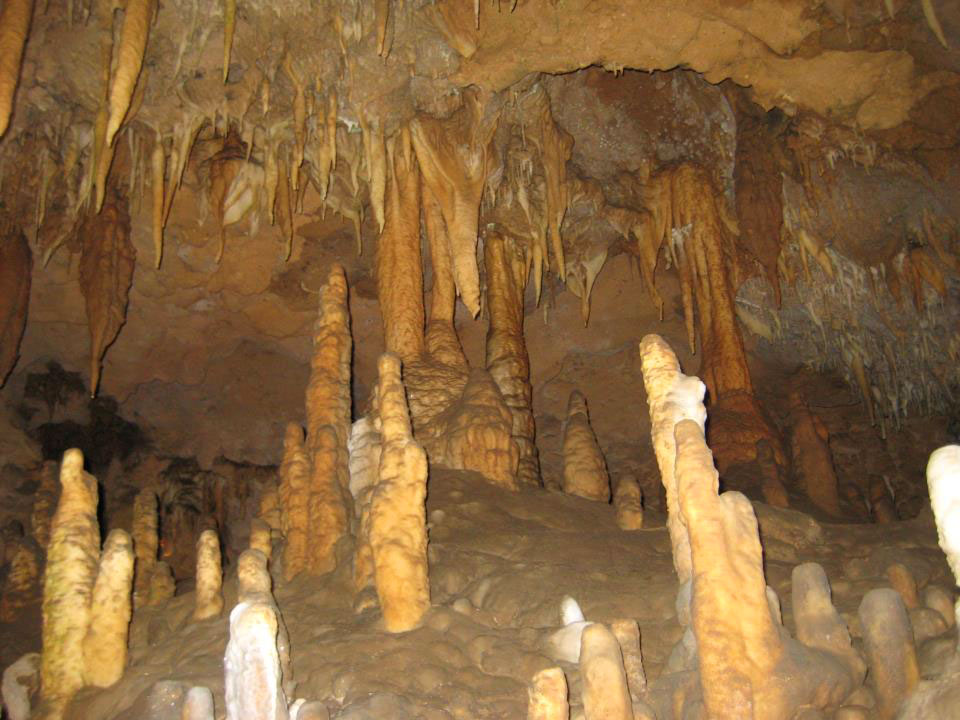
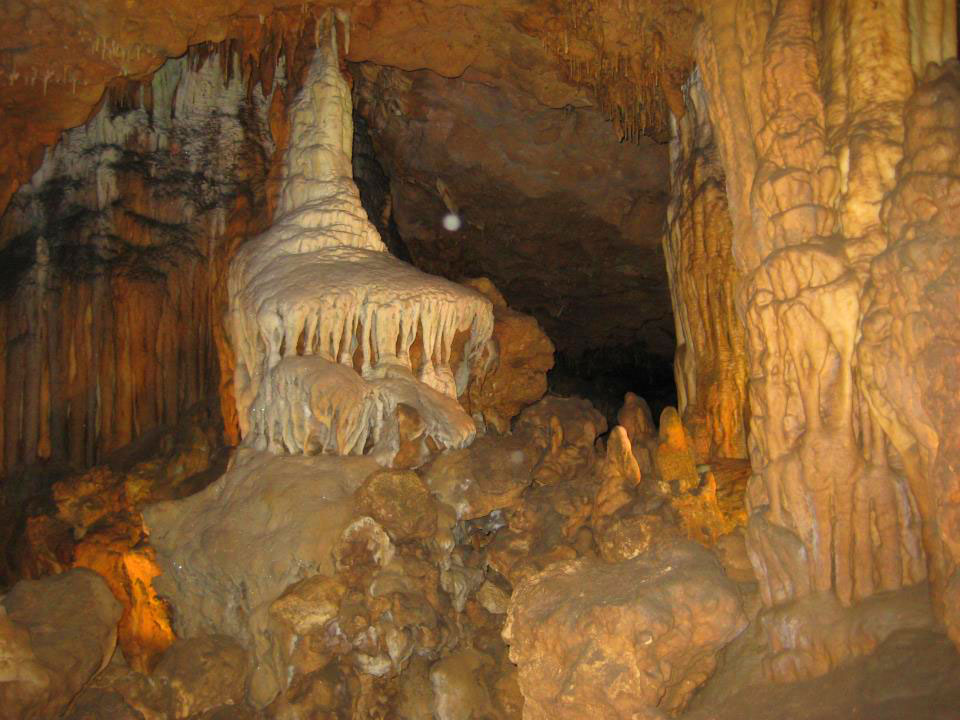
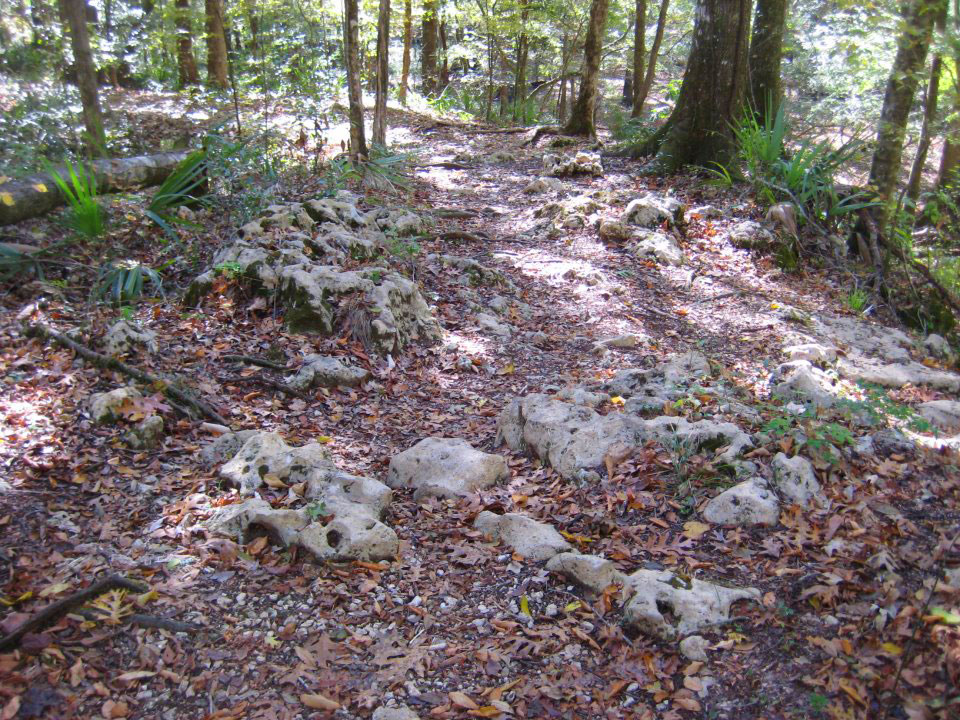
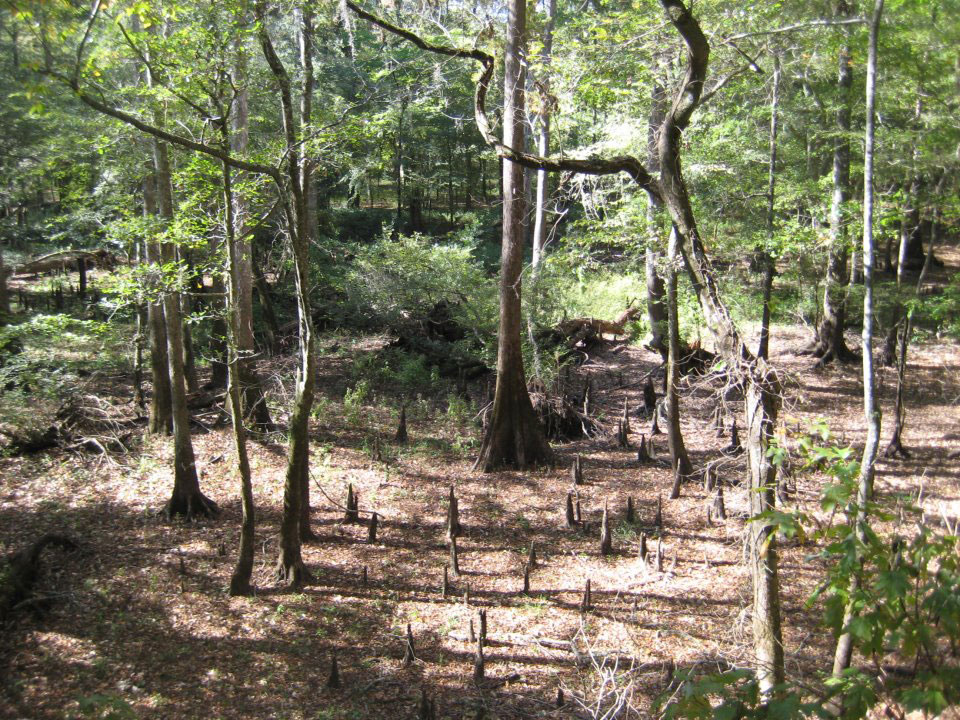
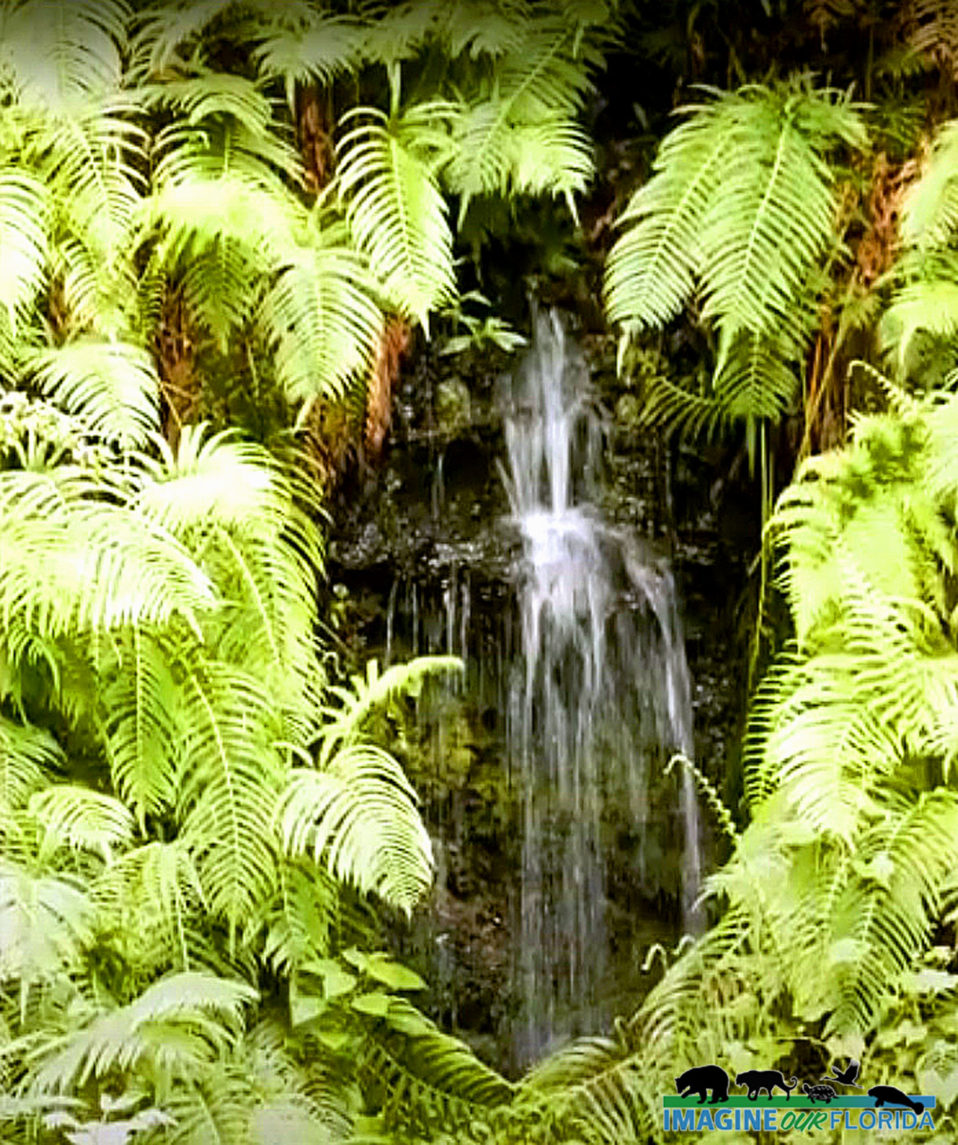
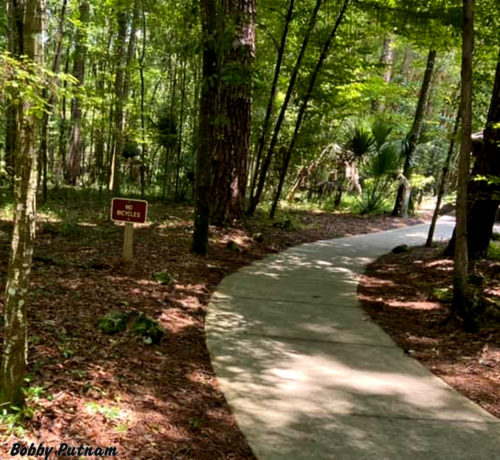
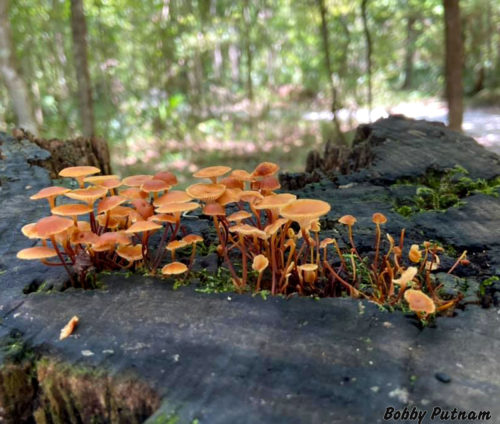
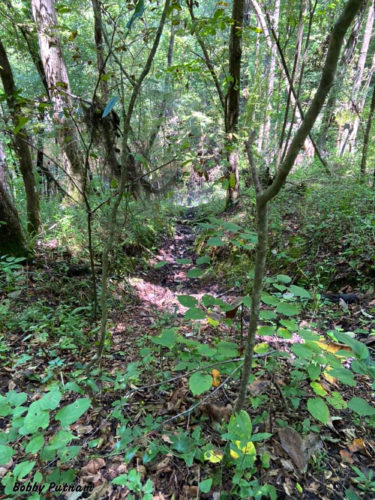
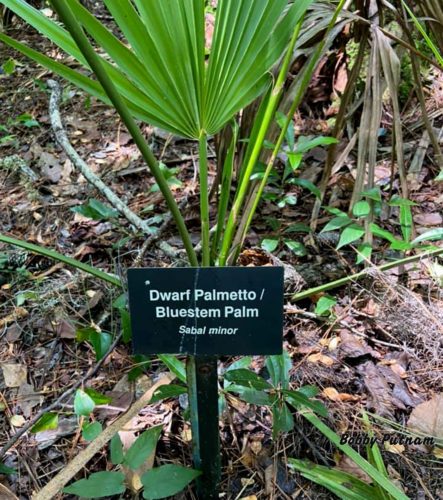
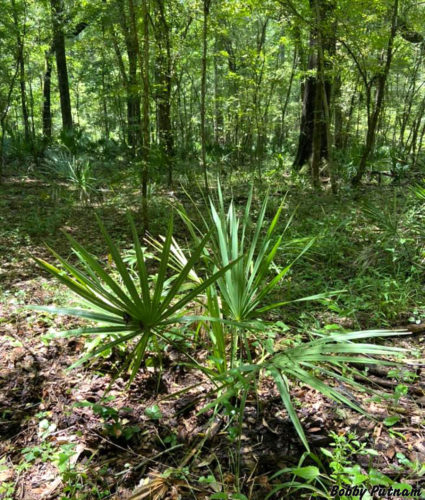
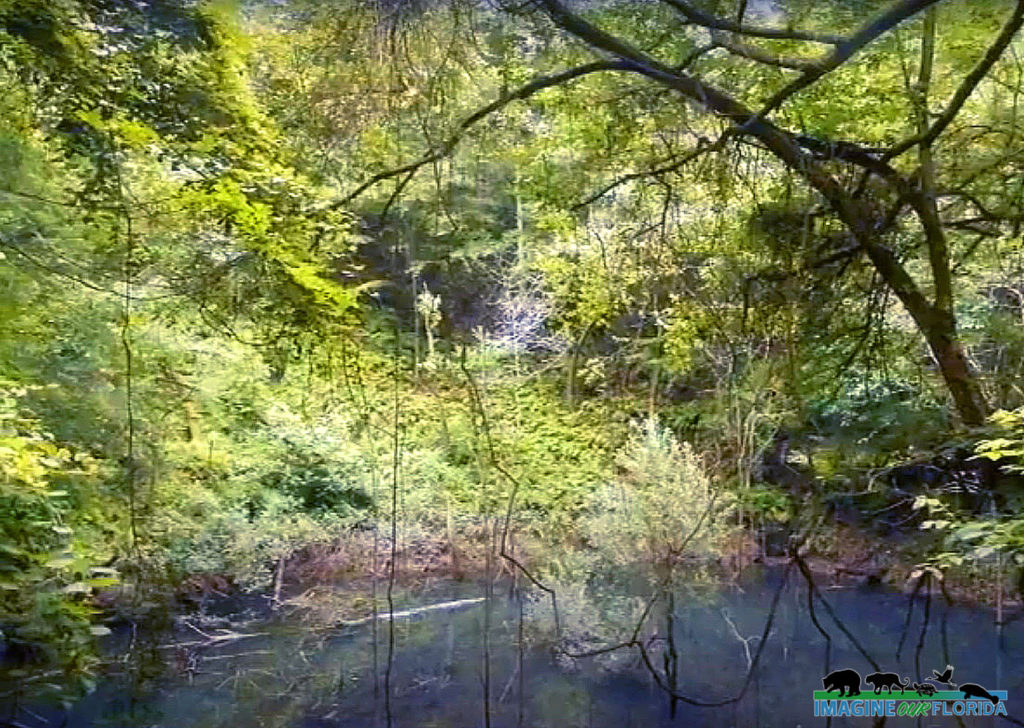
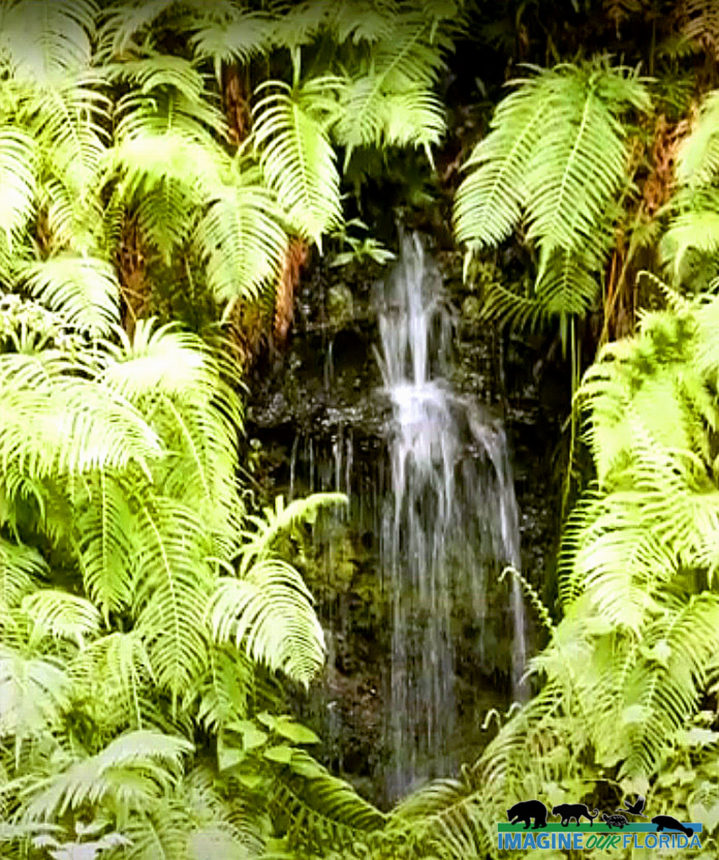
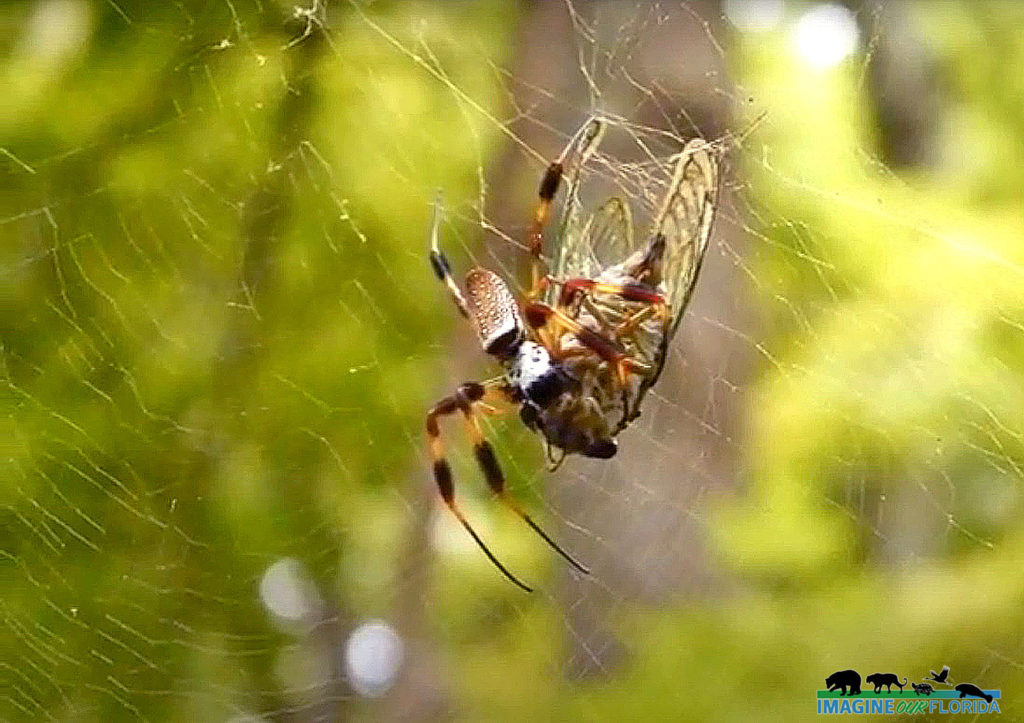
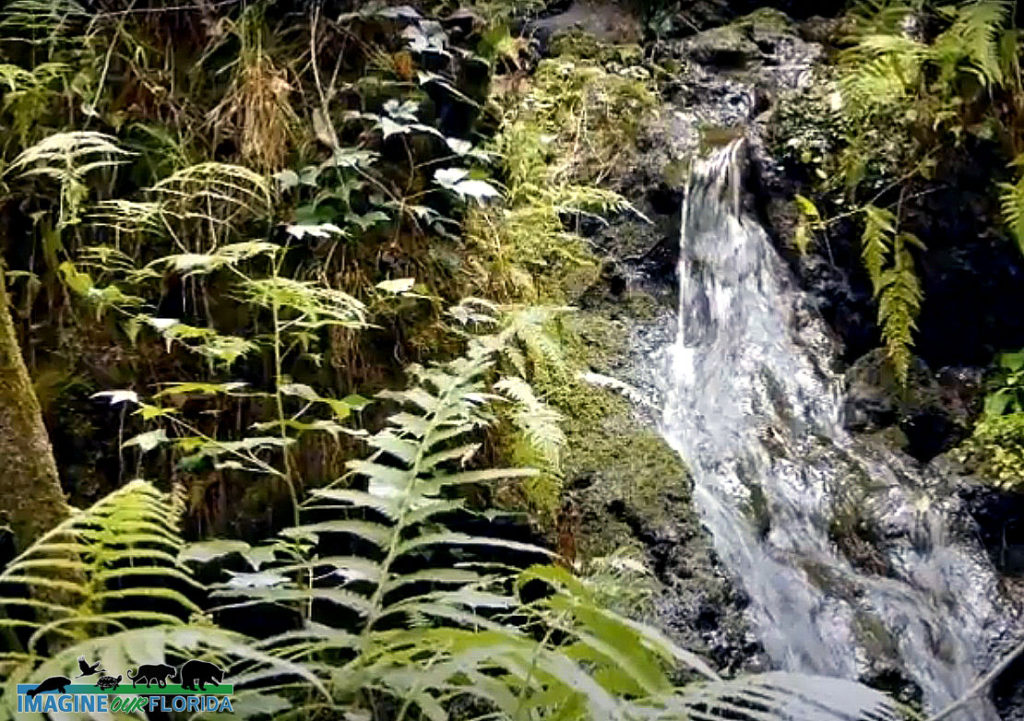
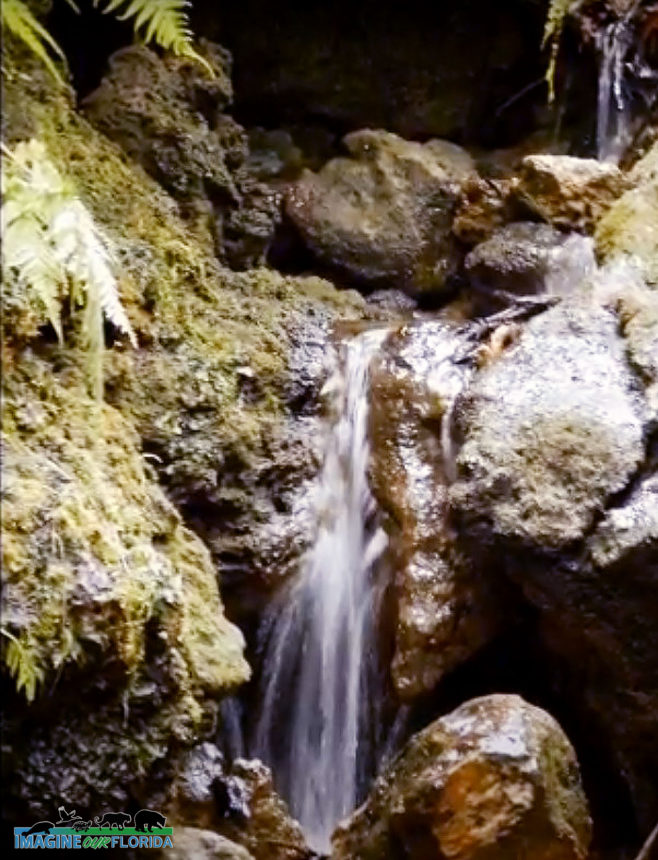
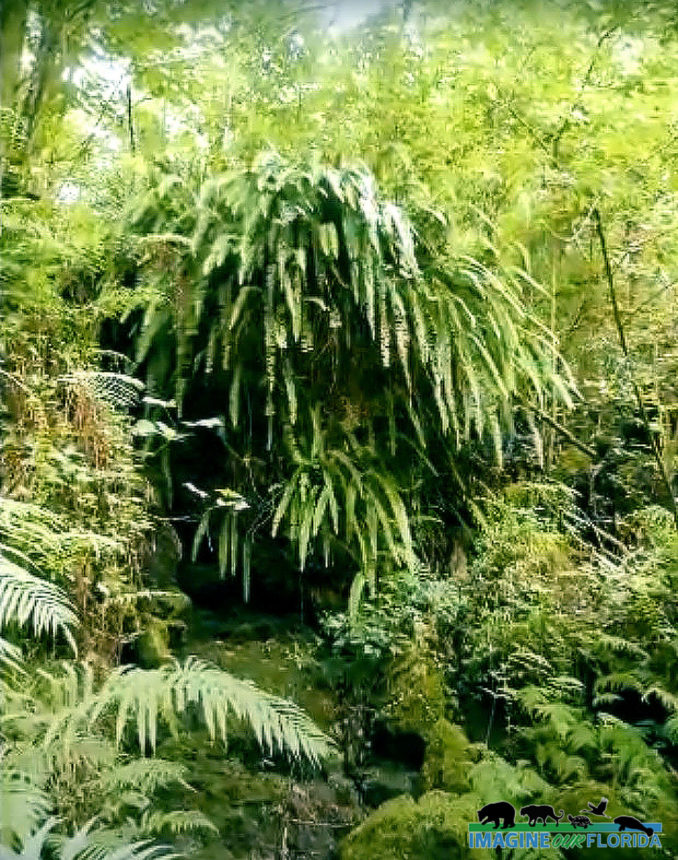
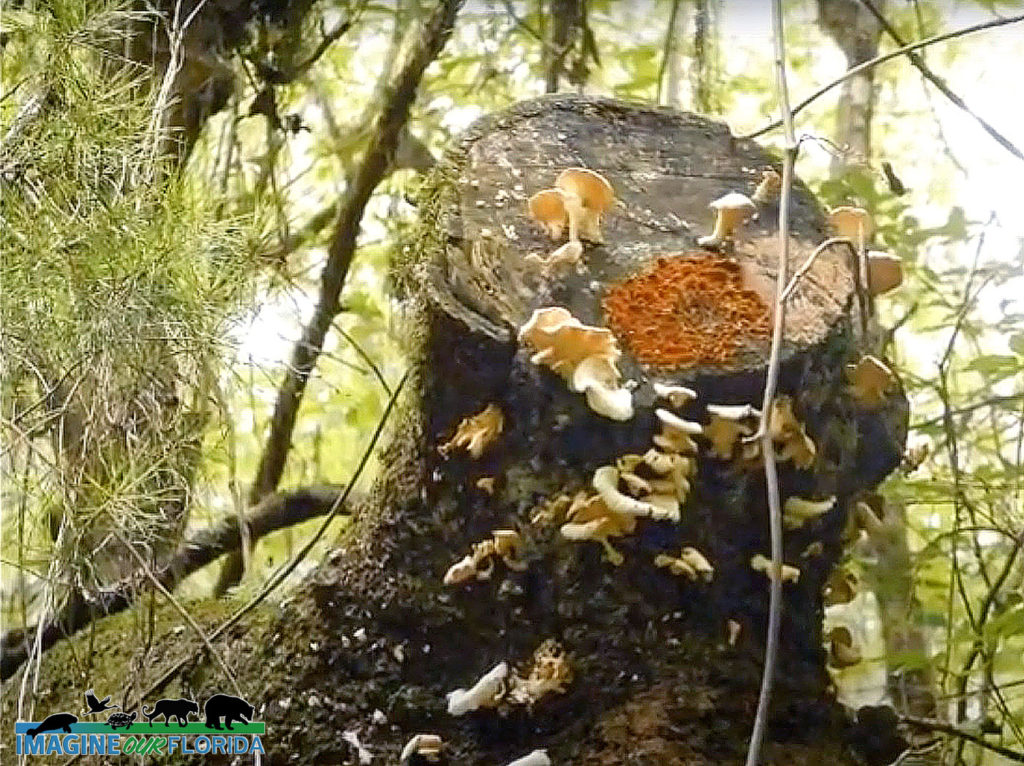
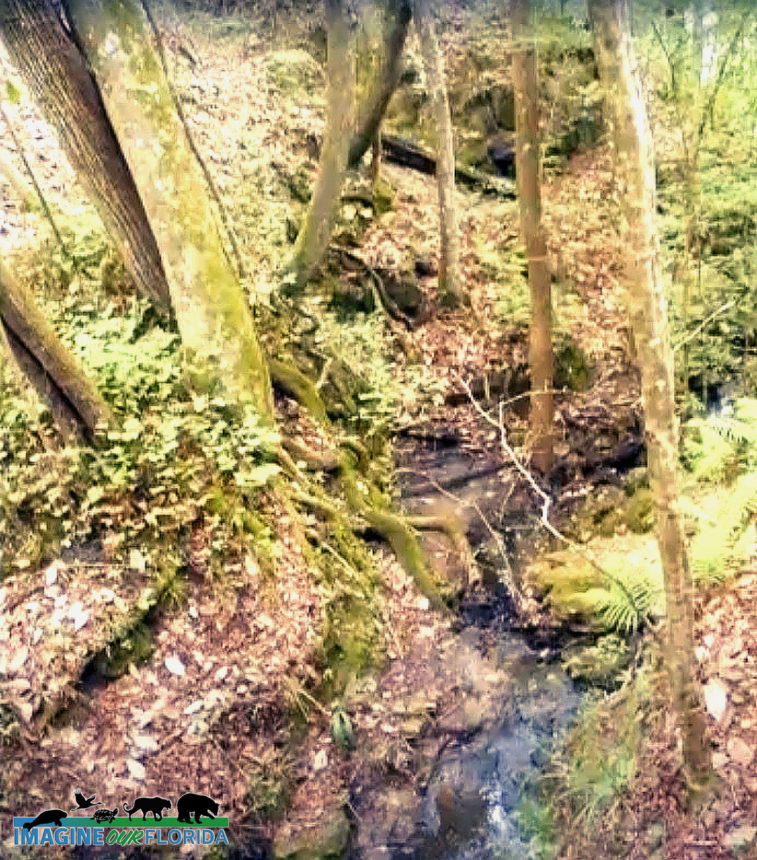
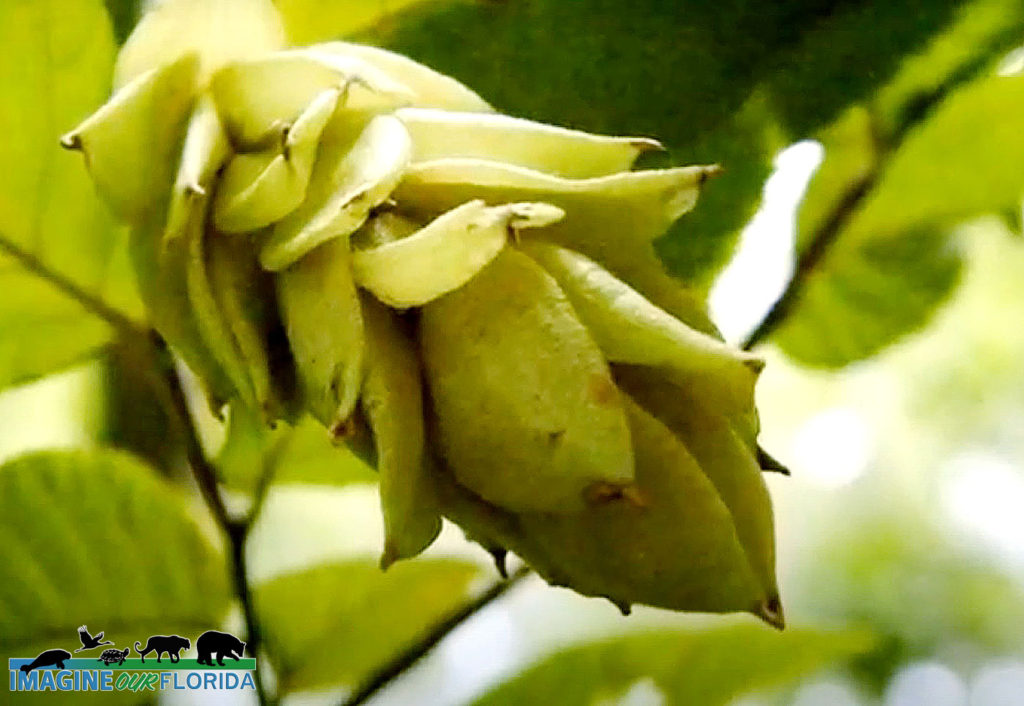
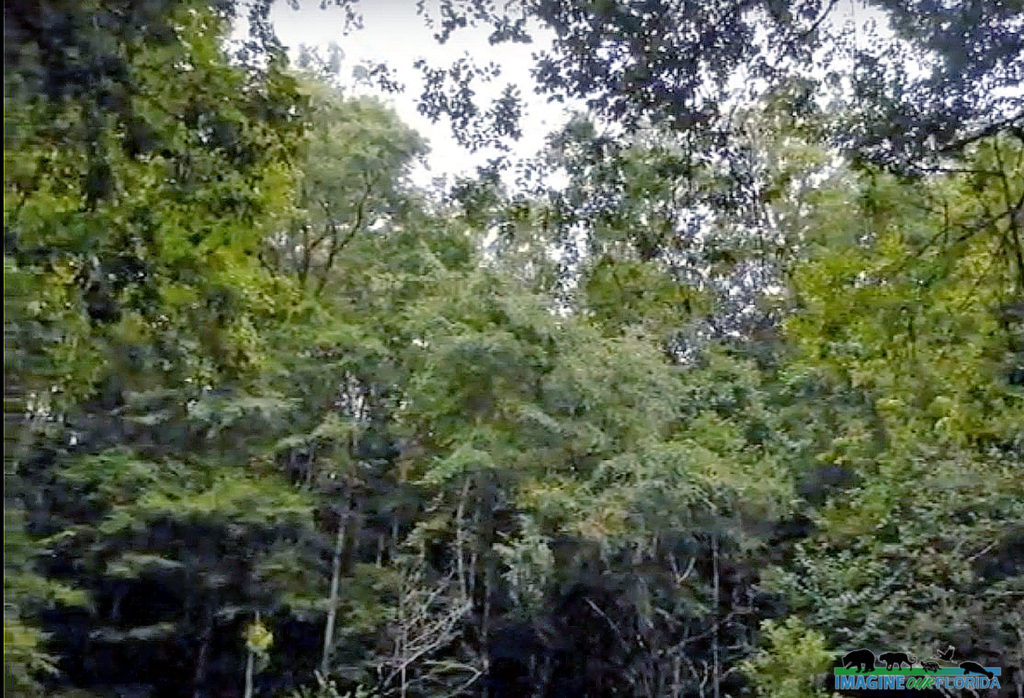
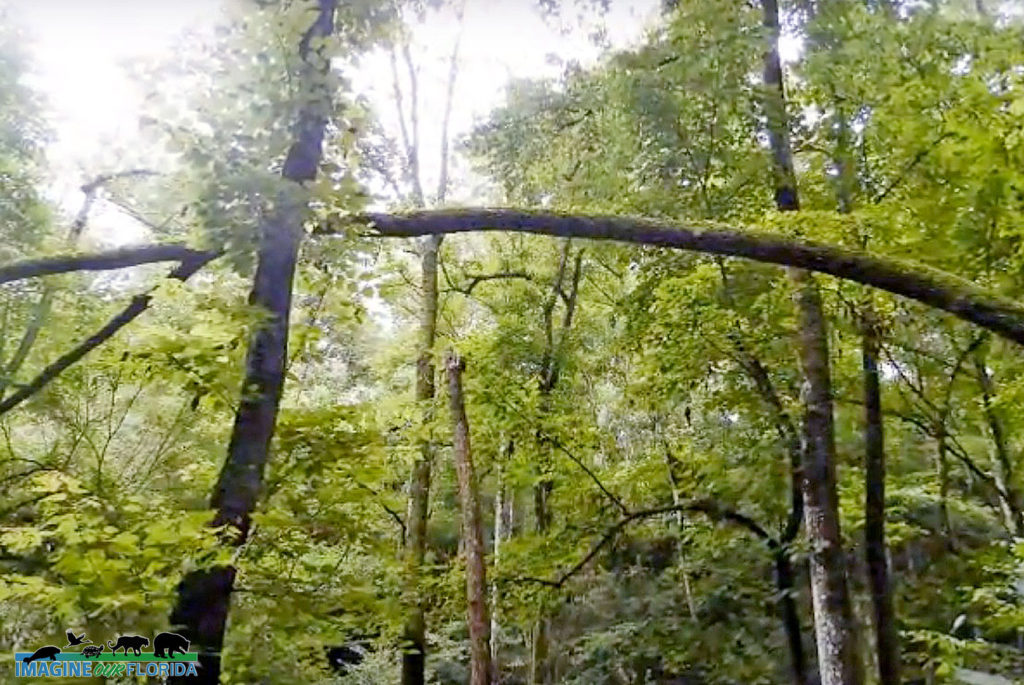
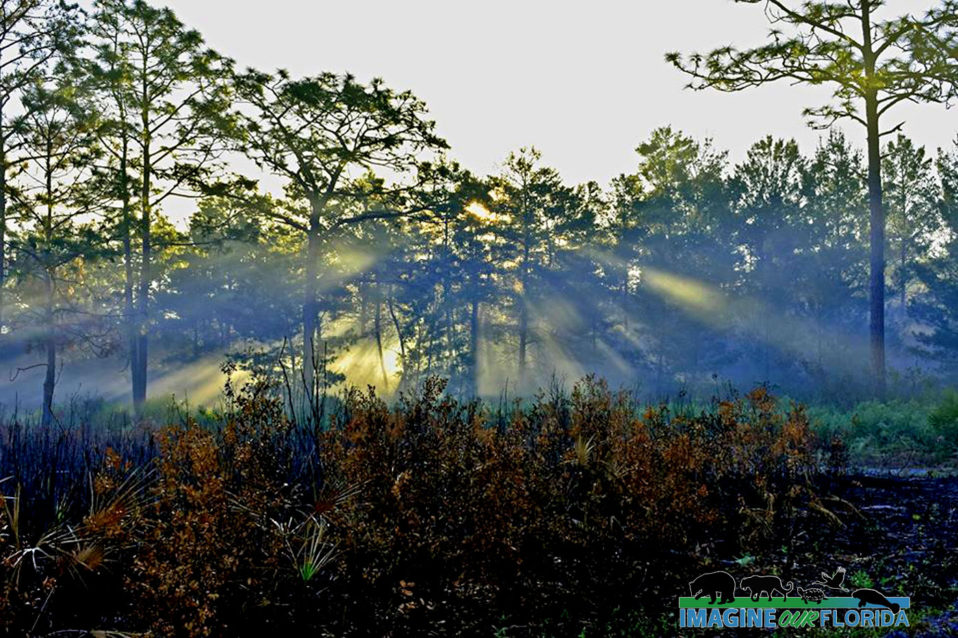
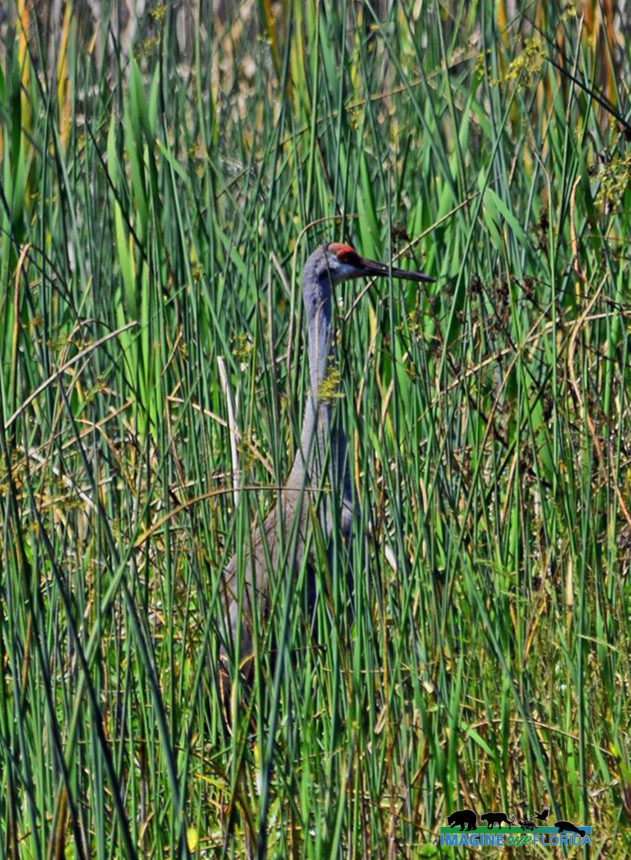
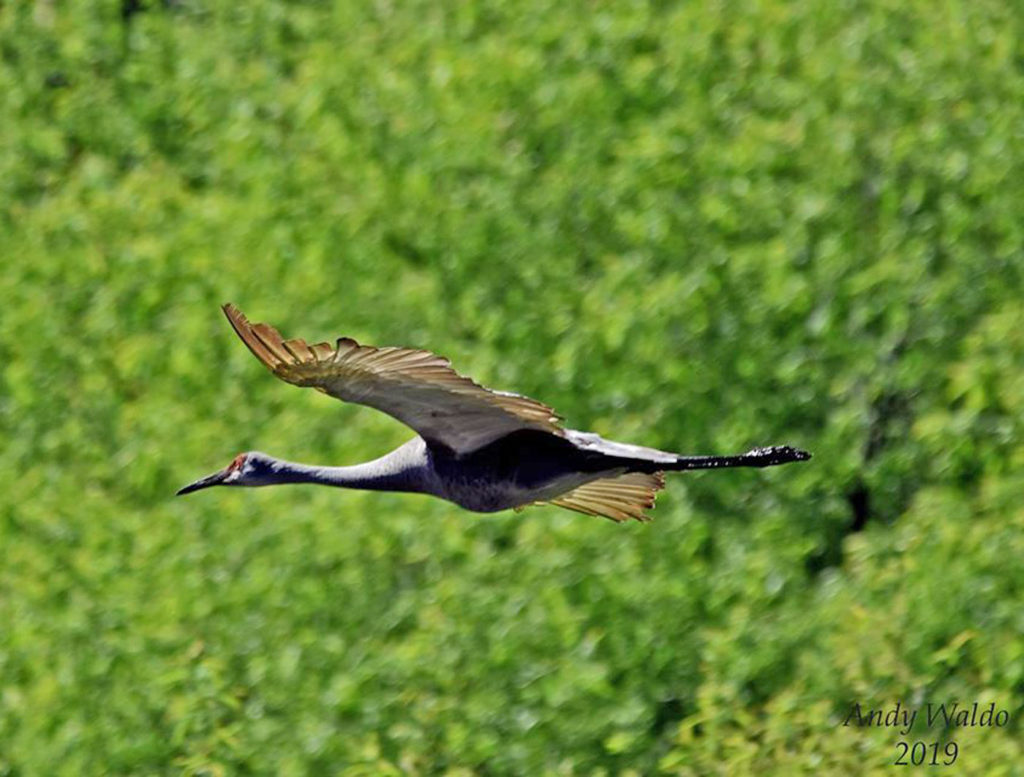
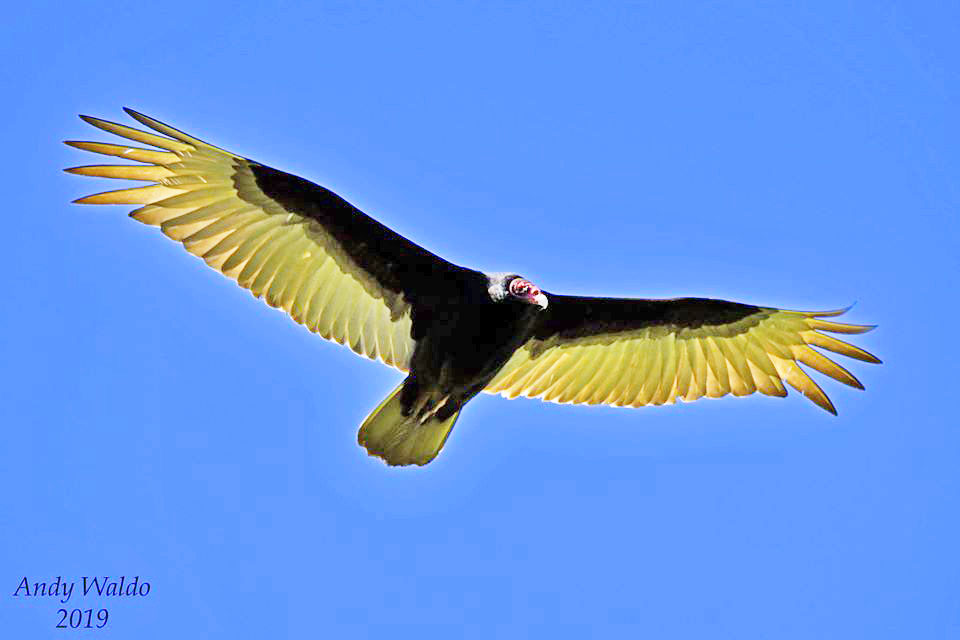
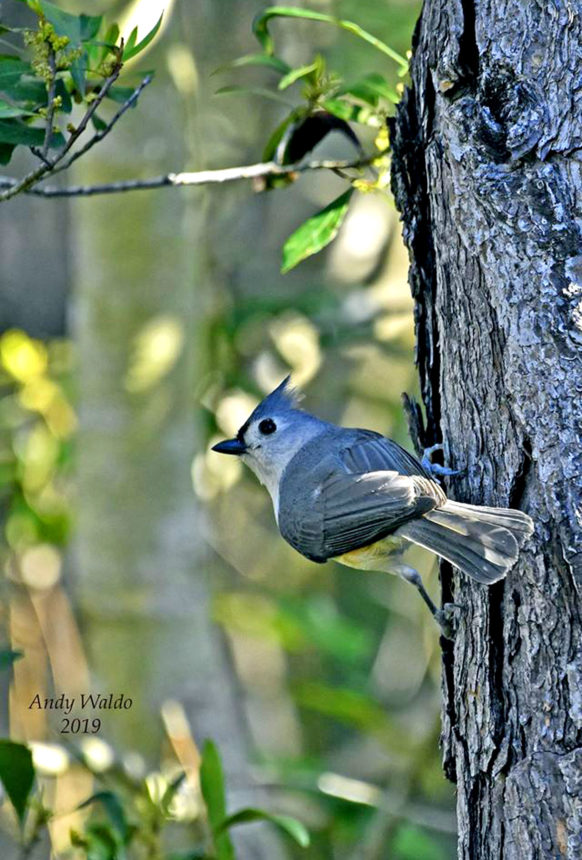
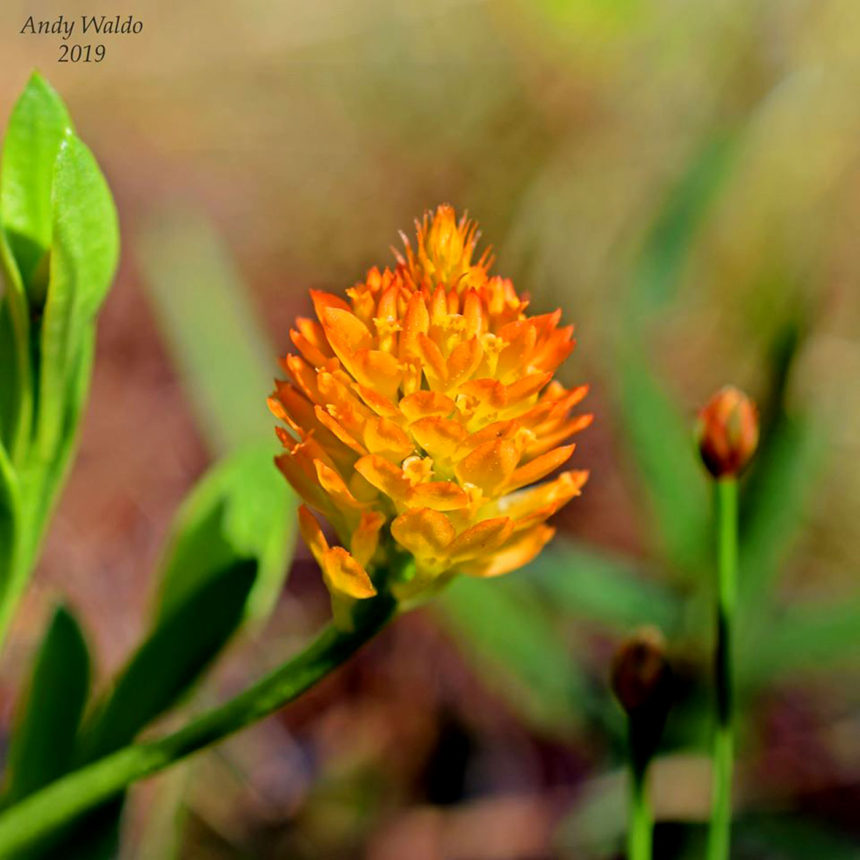
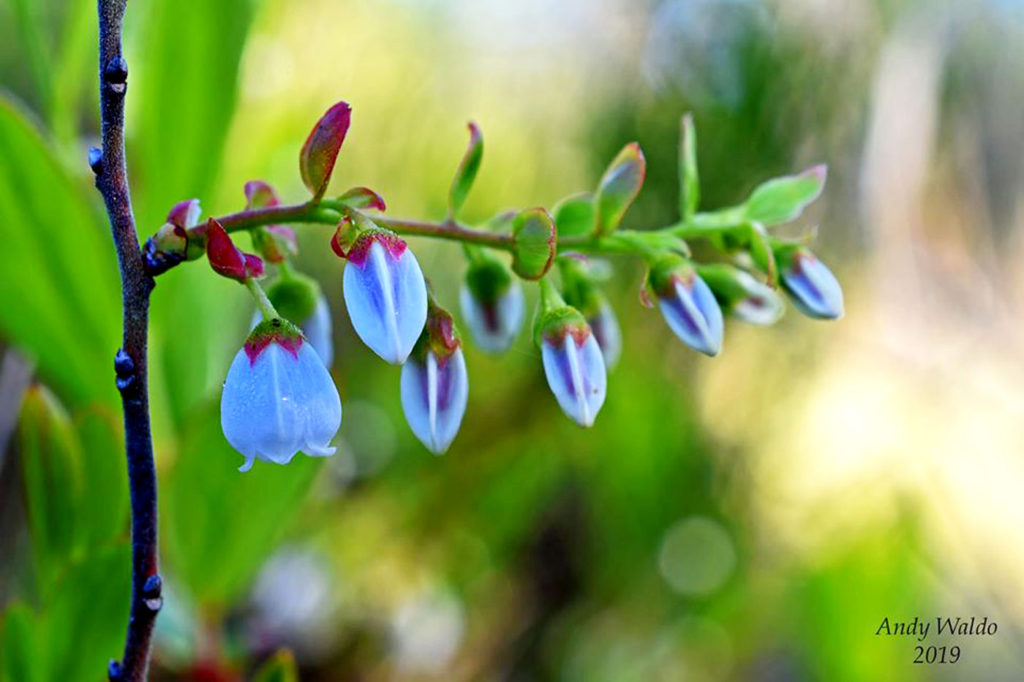
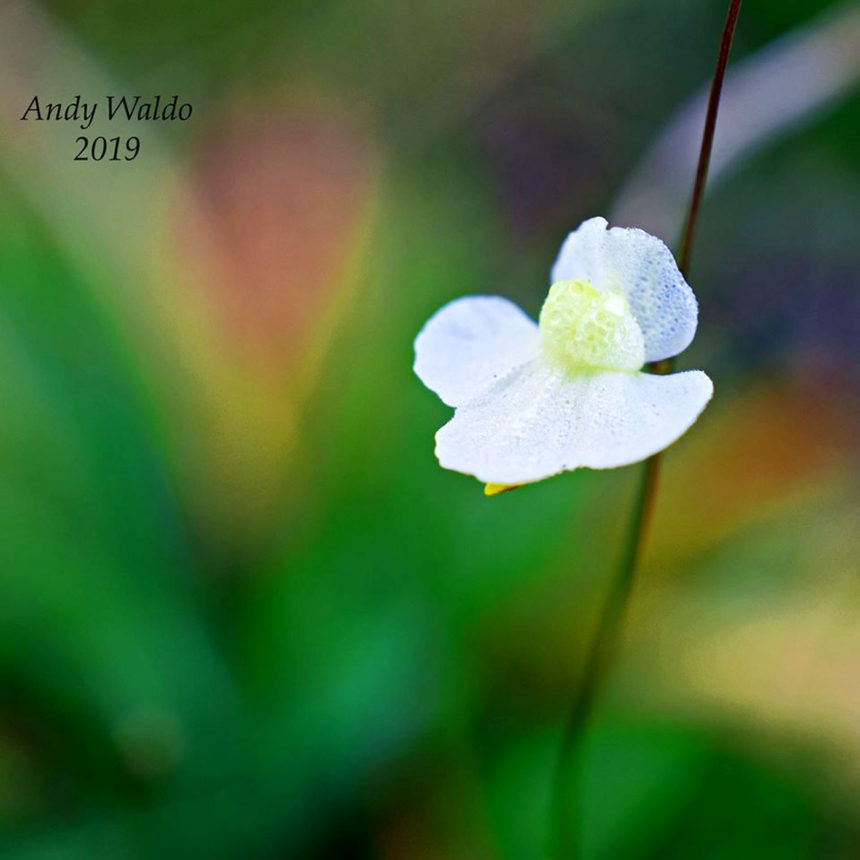
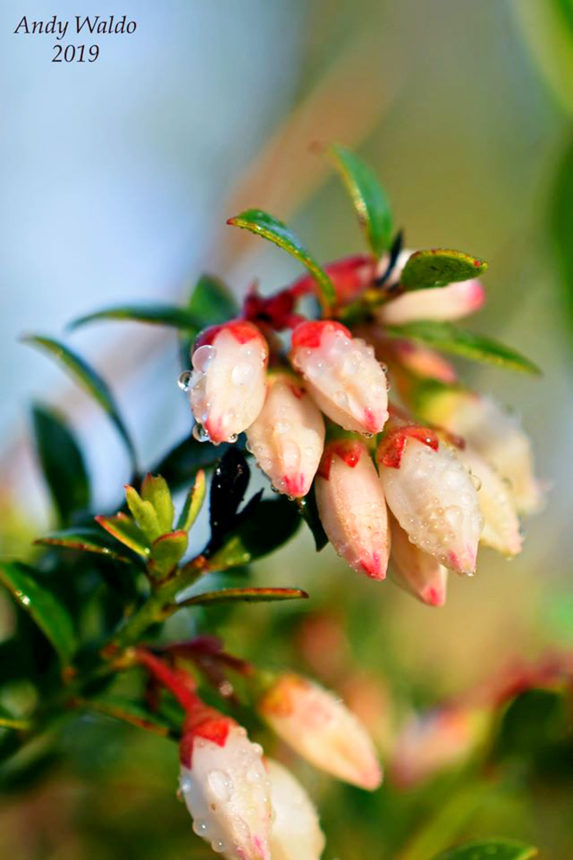
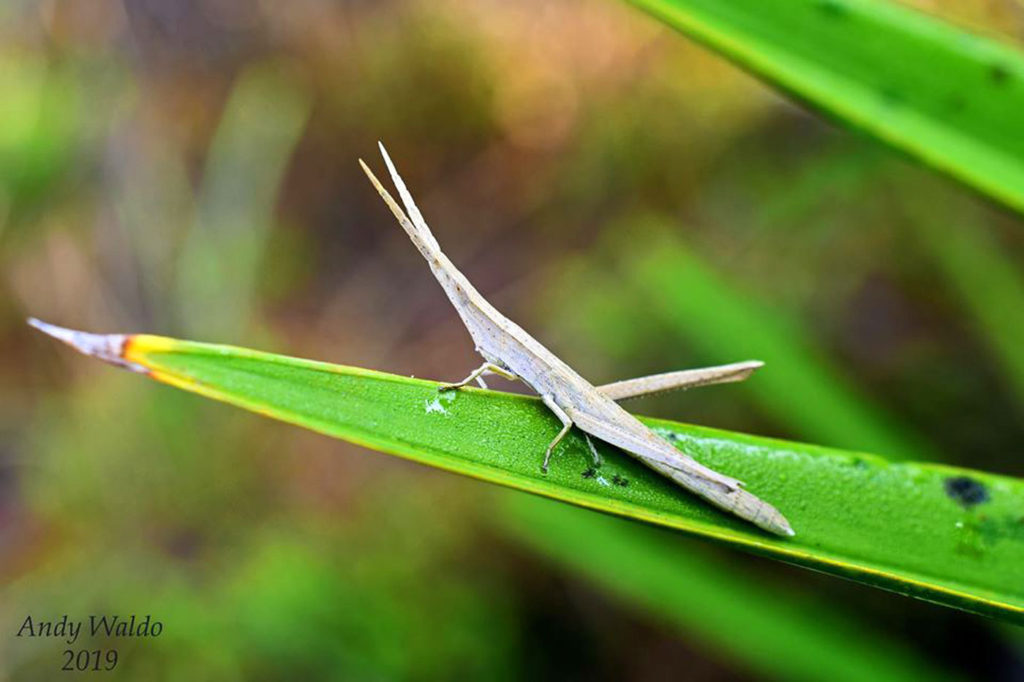
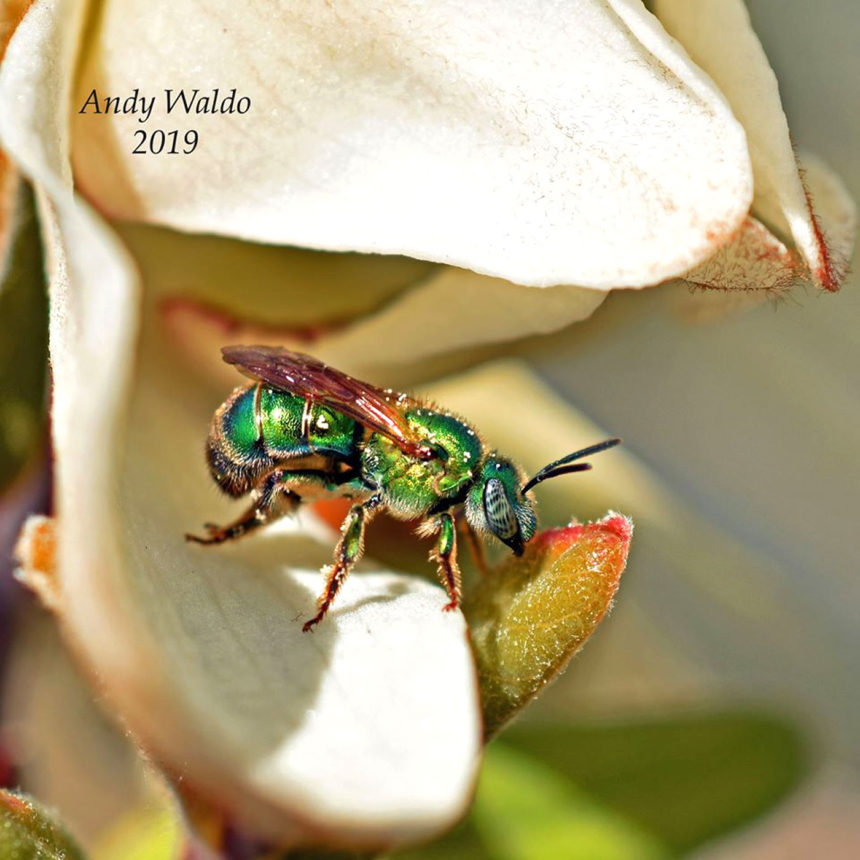
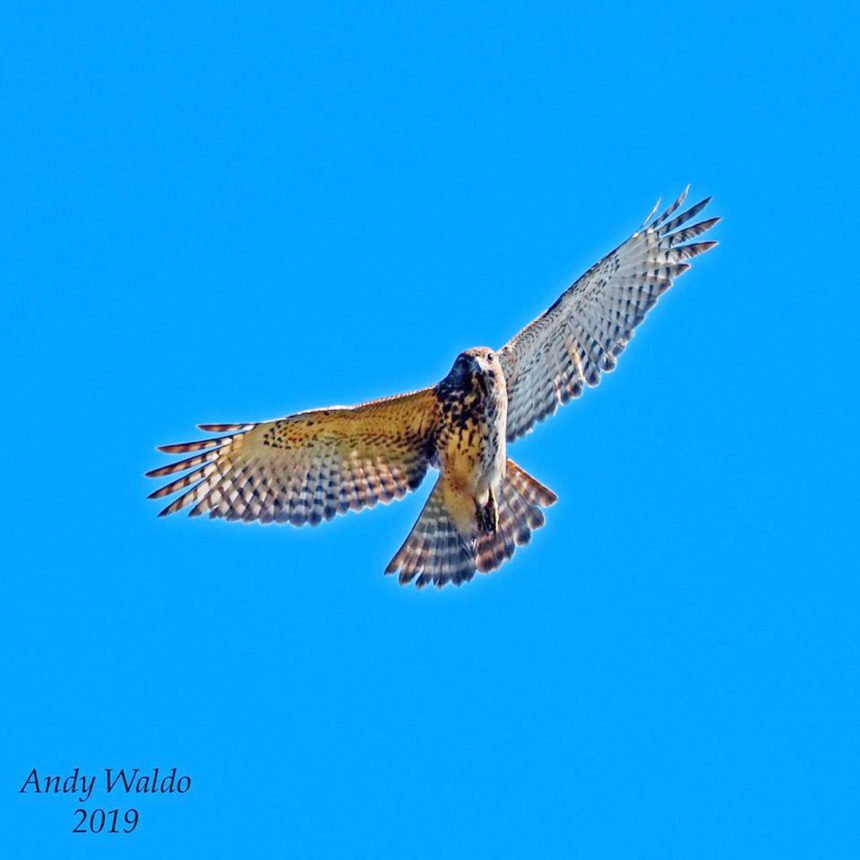
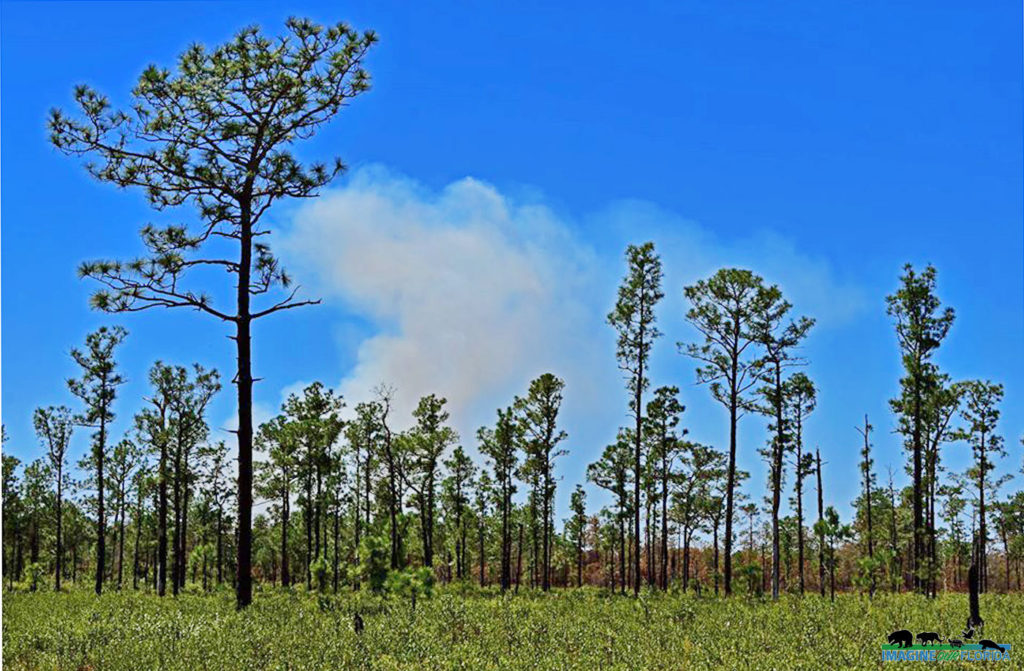
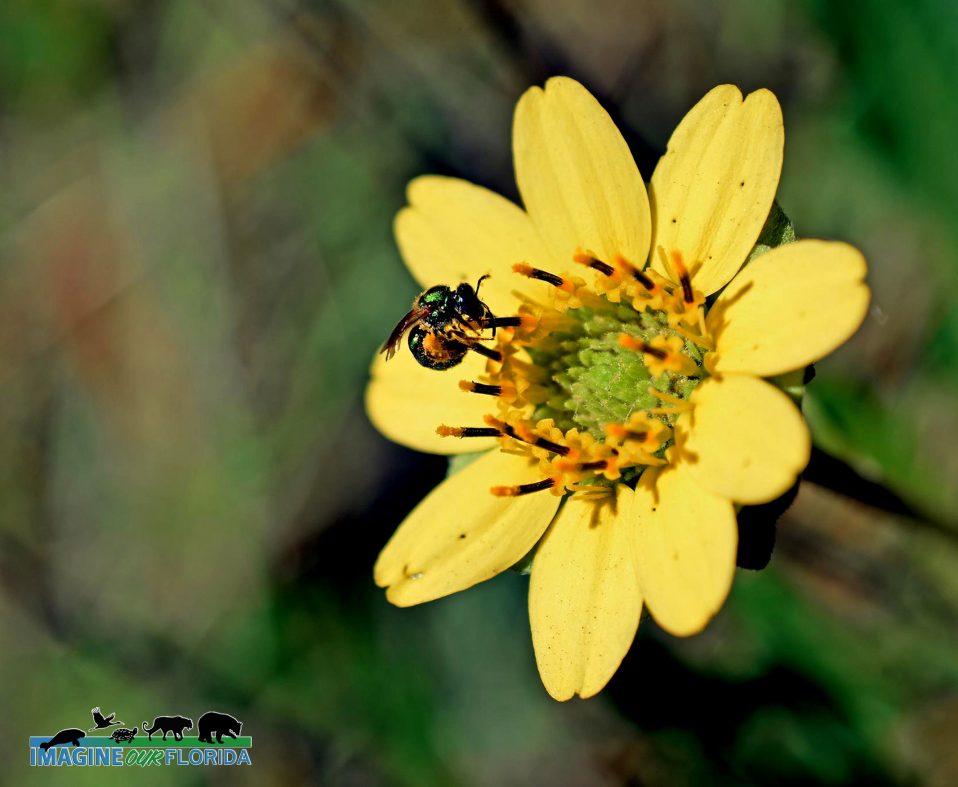
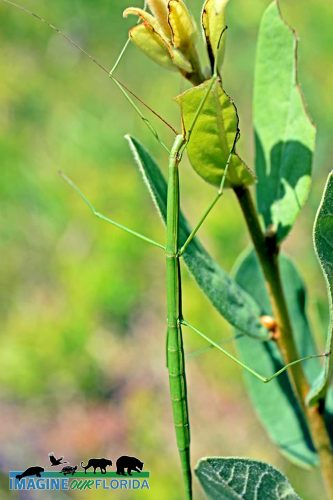
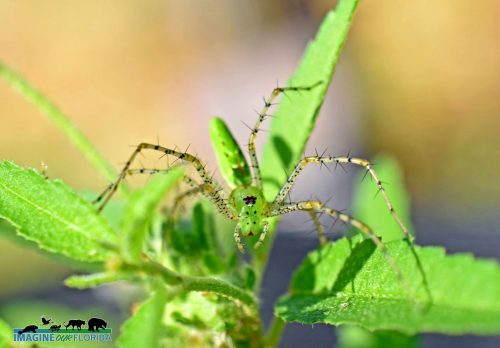
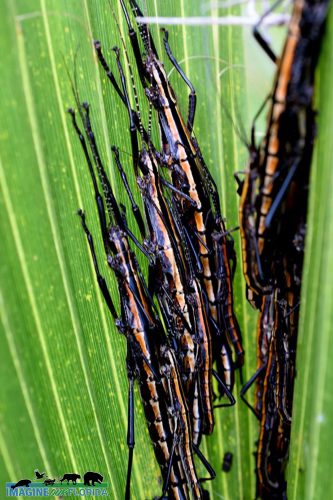
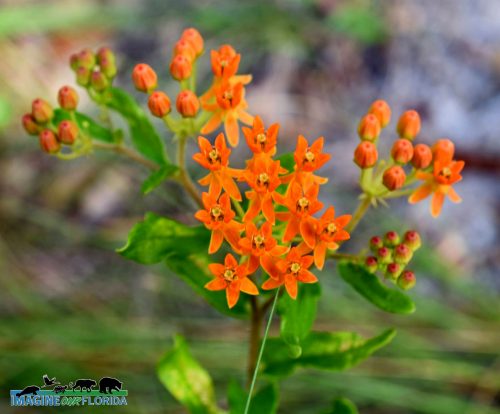

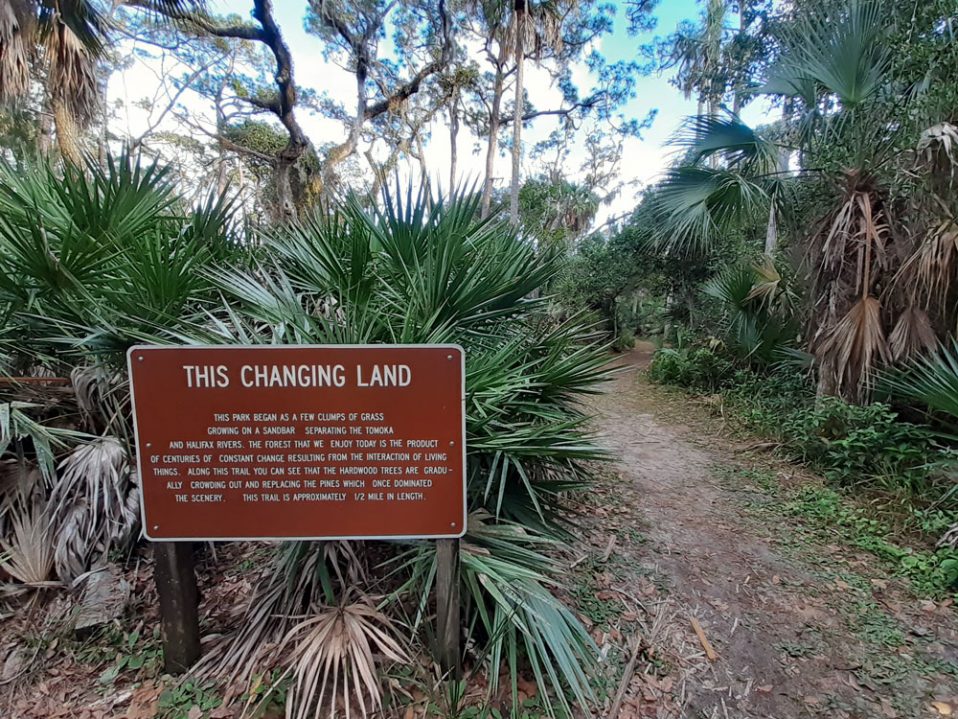
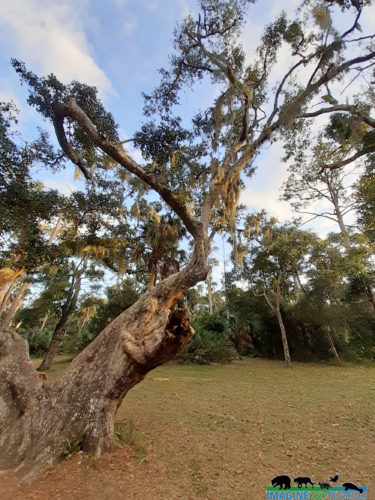
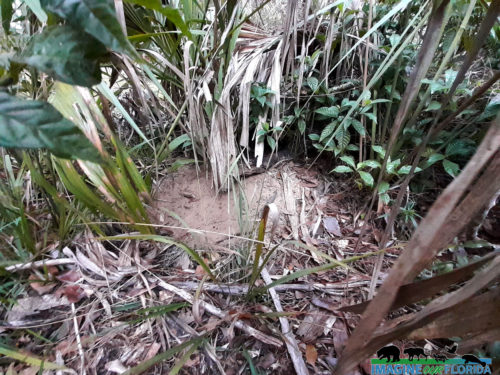
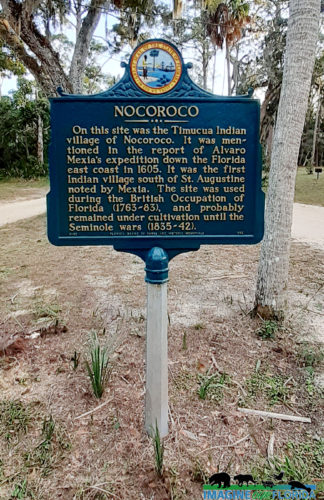
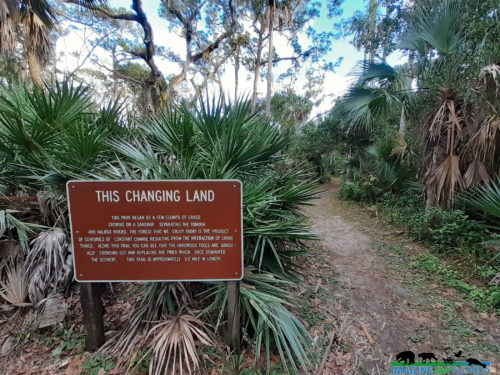
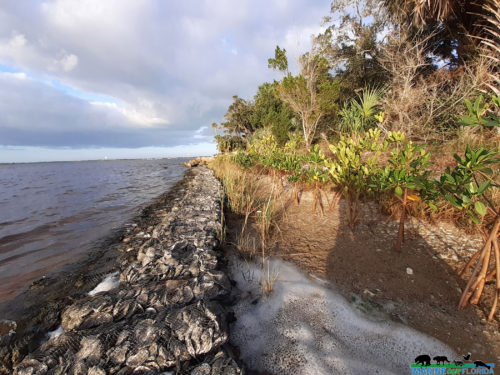
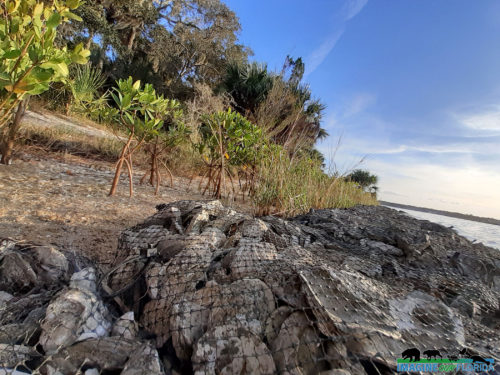
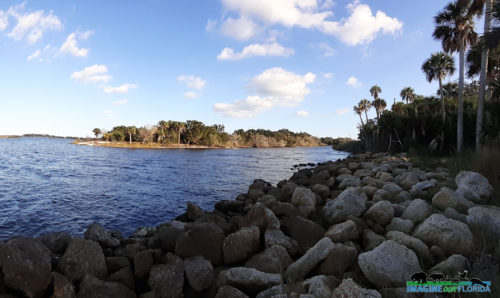

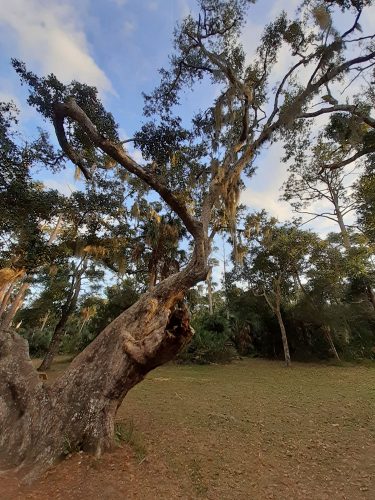
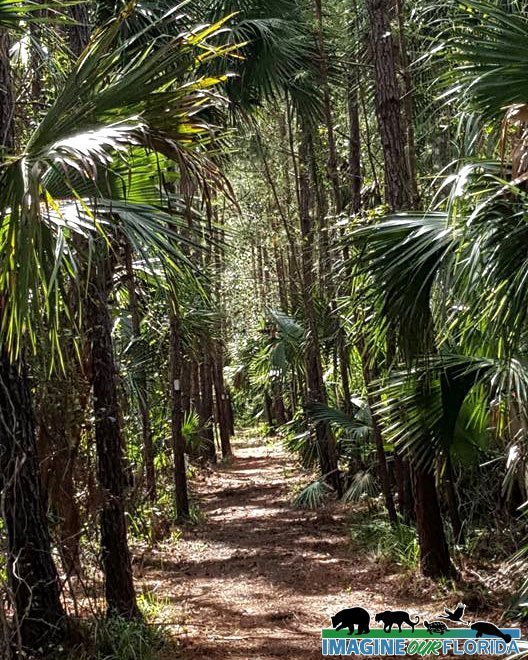
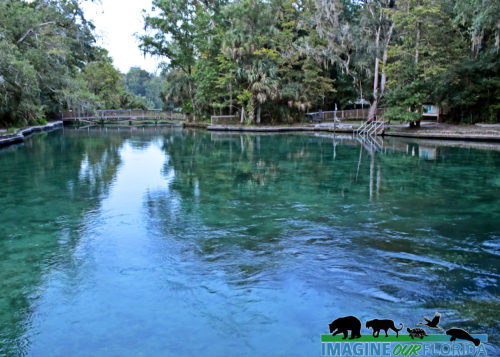
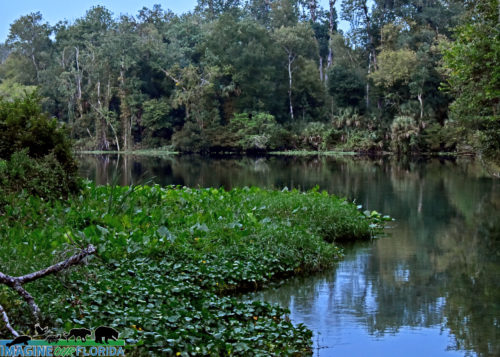
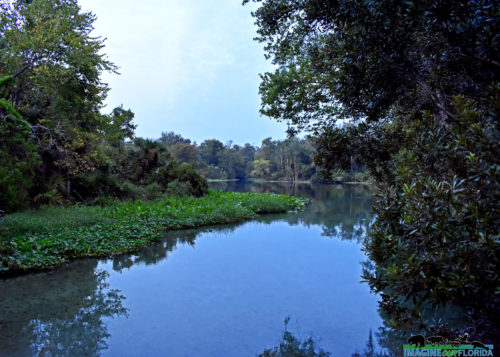
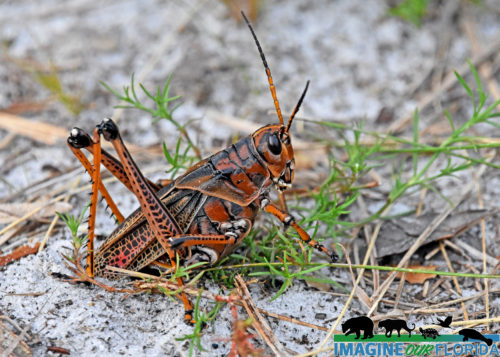
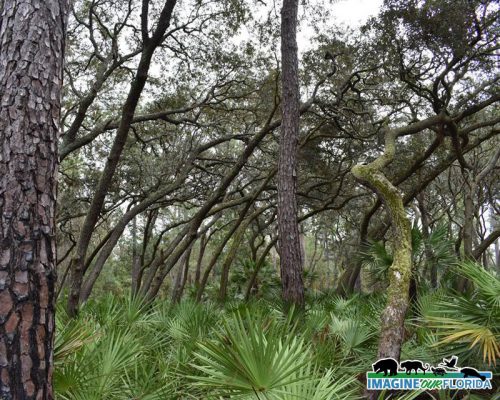
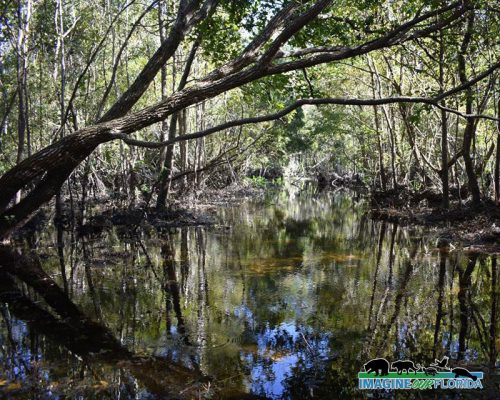
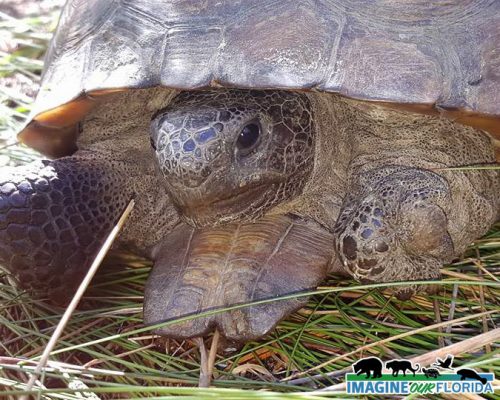
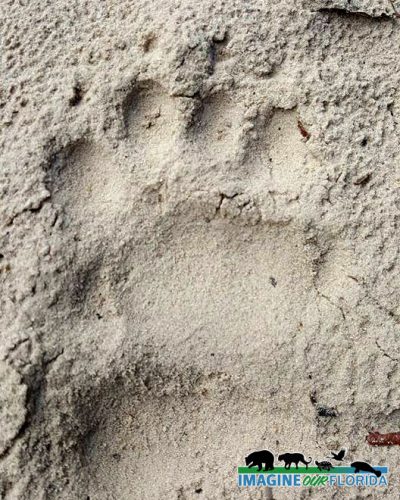
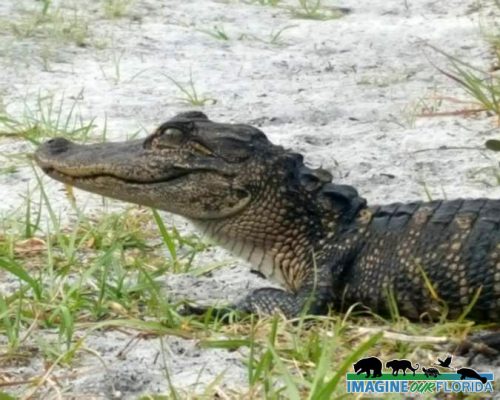
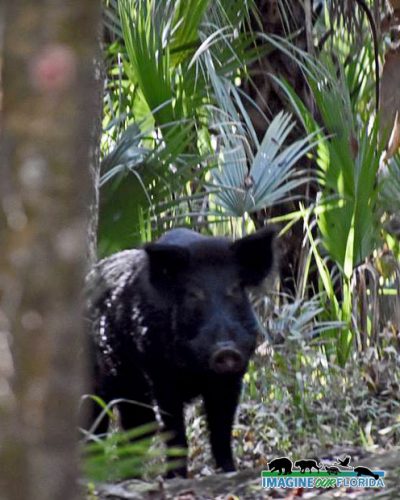
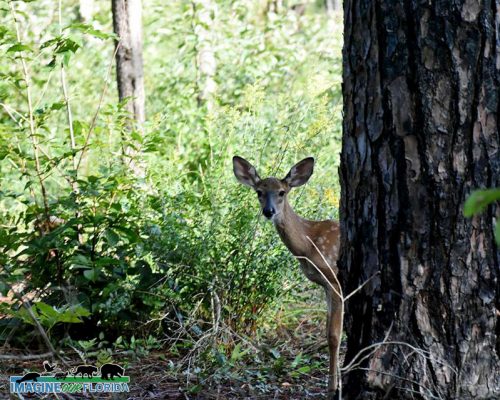
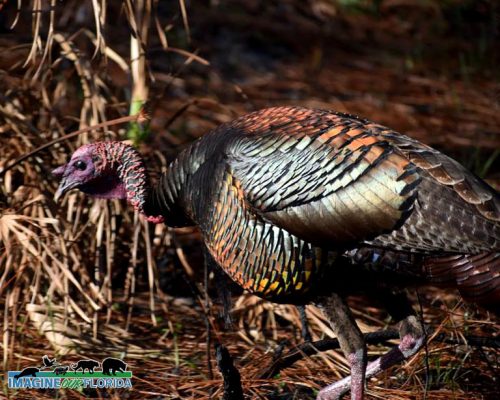

Recent Comments